Explore modern calligraphy techniques, expressive lettering styles, and creative compositions to develop your own calligraphic style
Embark on an inspiring journey through the world of calligraphy with courses taught by Mathilda Lundin, Carol Fountain Nix, Rie Takeda, Maaida Noor, Thomas Lam, and Allison Barklay. This specialization offers a rich exploration of diverse calligraphic styles, from the fluid dynamics of modern lettering to the intricate beauty of traditional scripts across cultures. Engage in the creative process of transforming words into art, experimenting with various tools, strokes, and compositions to develop a unique calligraphic style that speaks to your artistic vision.
Delve into the poetic potential of calligraphy, learning to balance text with visual elements to convey deeper meanings. Discover the meditative aspects of Japanese Shodo, the structured elegance of Chinese characters, and the rhythmic flow of Arabic Maghrebi script. Experience the historical and artistic significance of Hebrew calligraphy, exploring both traditional and contemporary approaches. Each course culminates in a final project that allows for personal expression, applying newly acquired skills to create beautiful, meaningful pieces. This specialization ensures a comprehensive learning experience, guiding you through the captivating world of calligraphy while celebrating its cultural diversity.
What will you learn in this specialization?

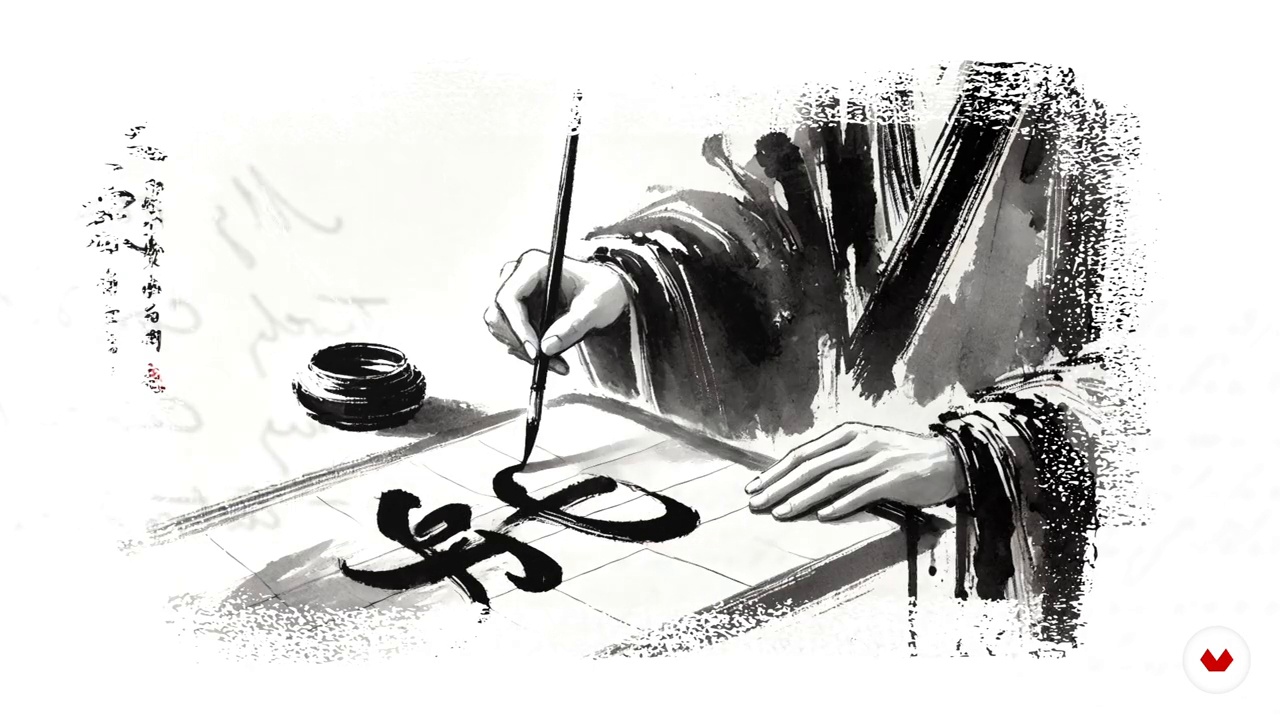
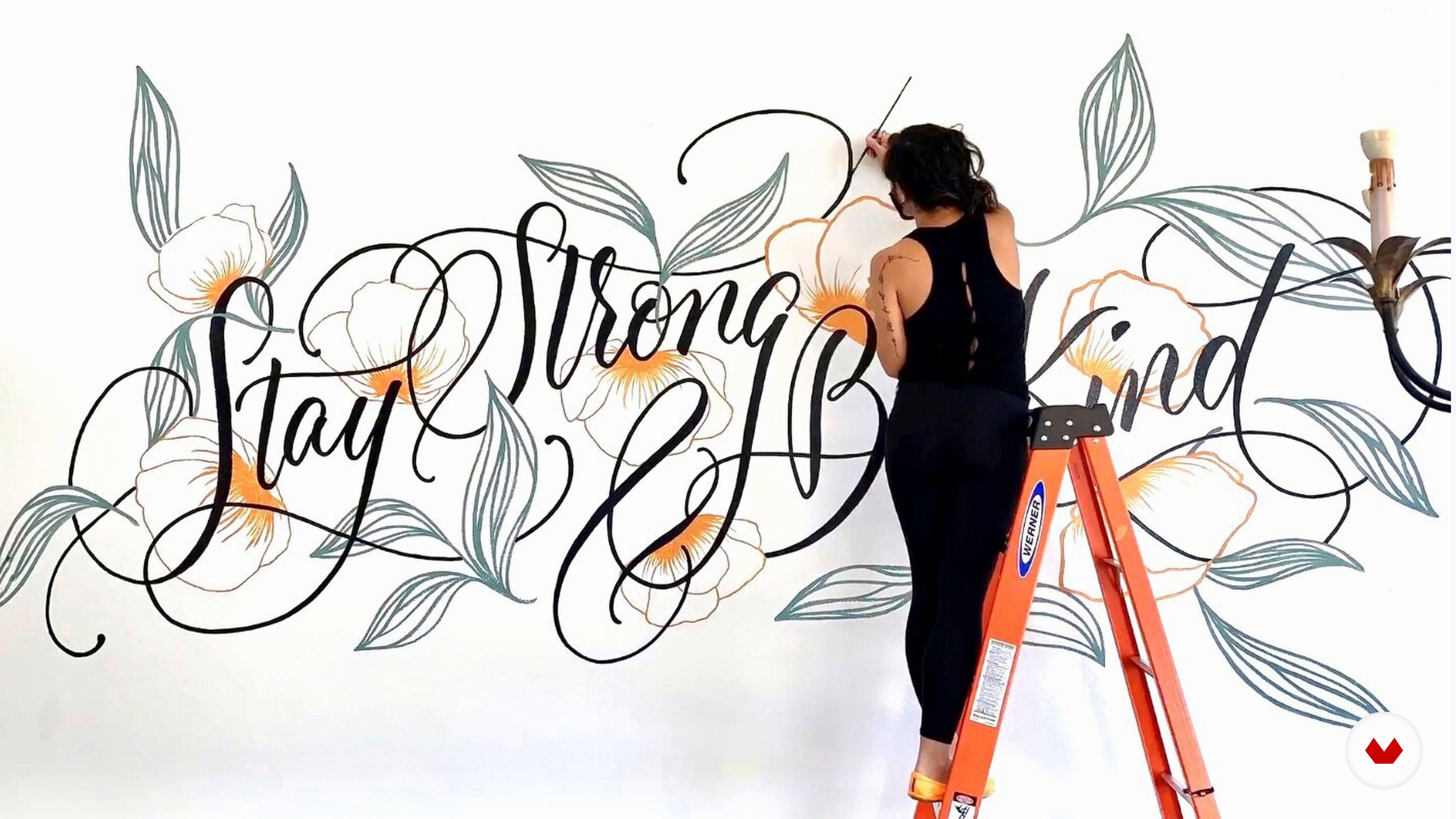
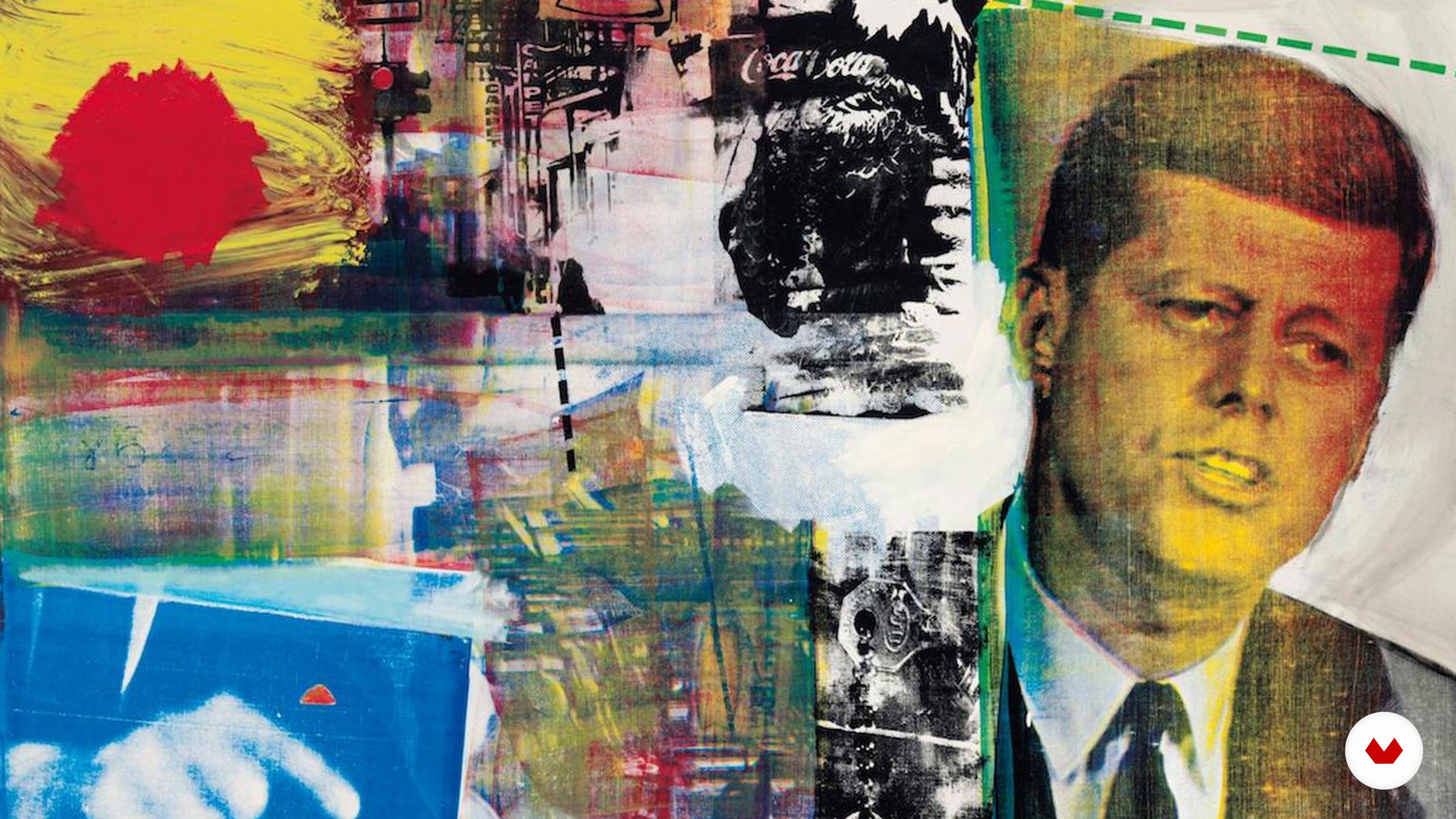
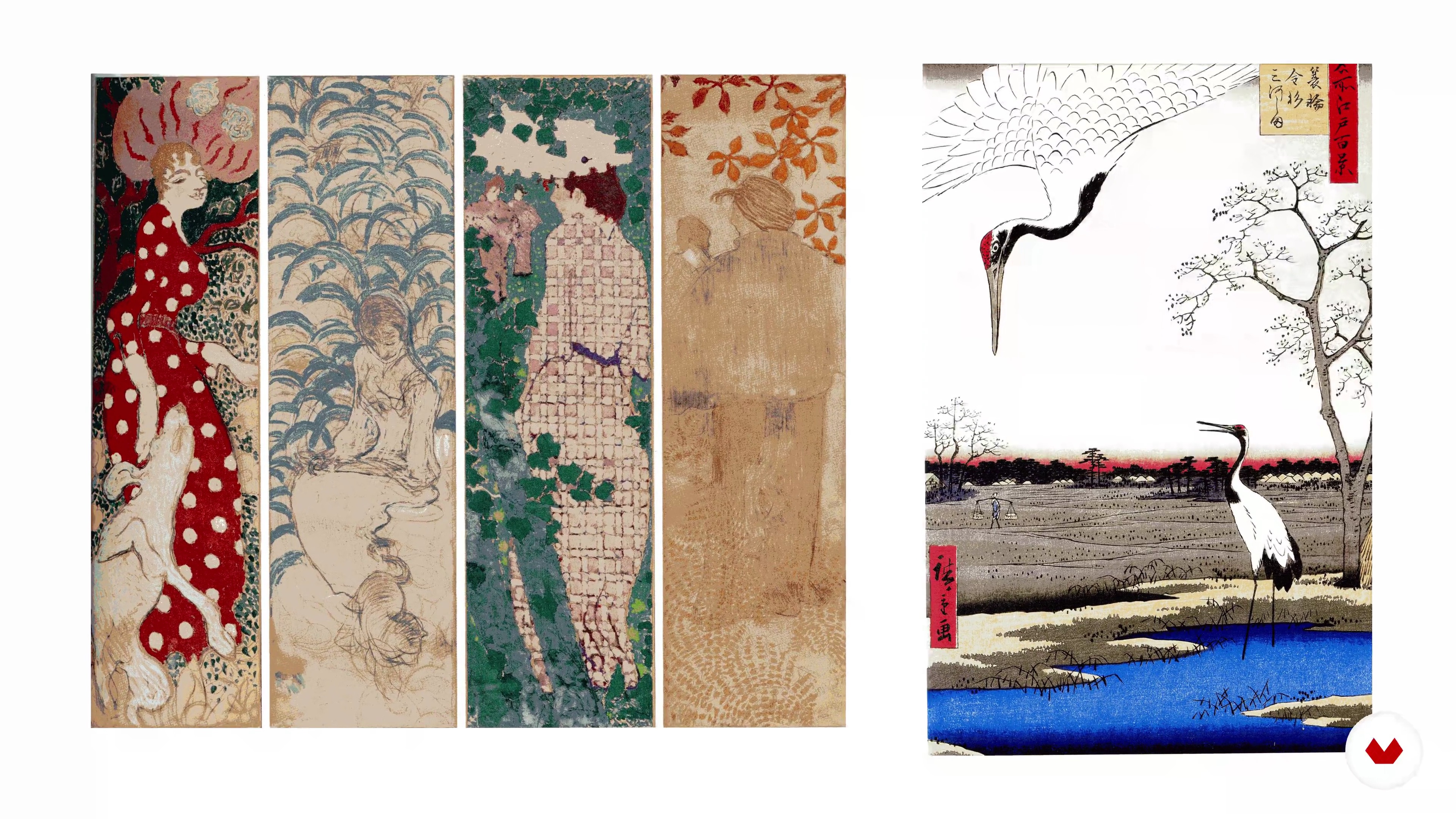
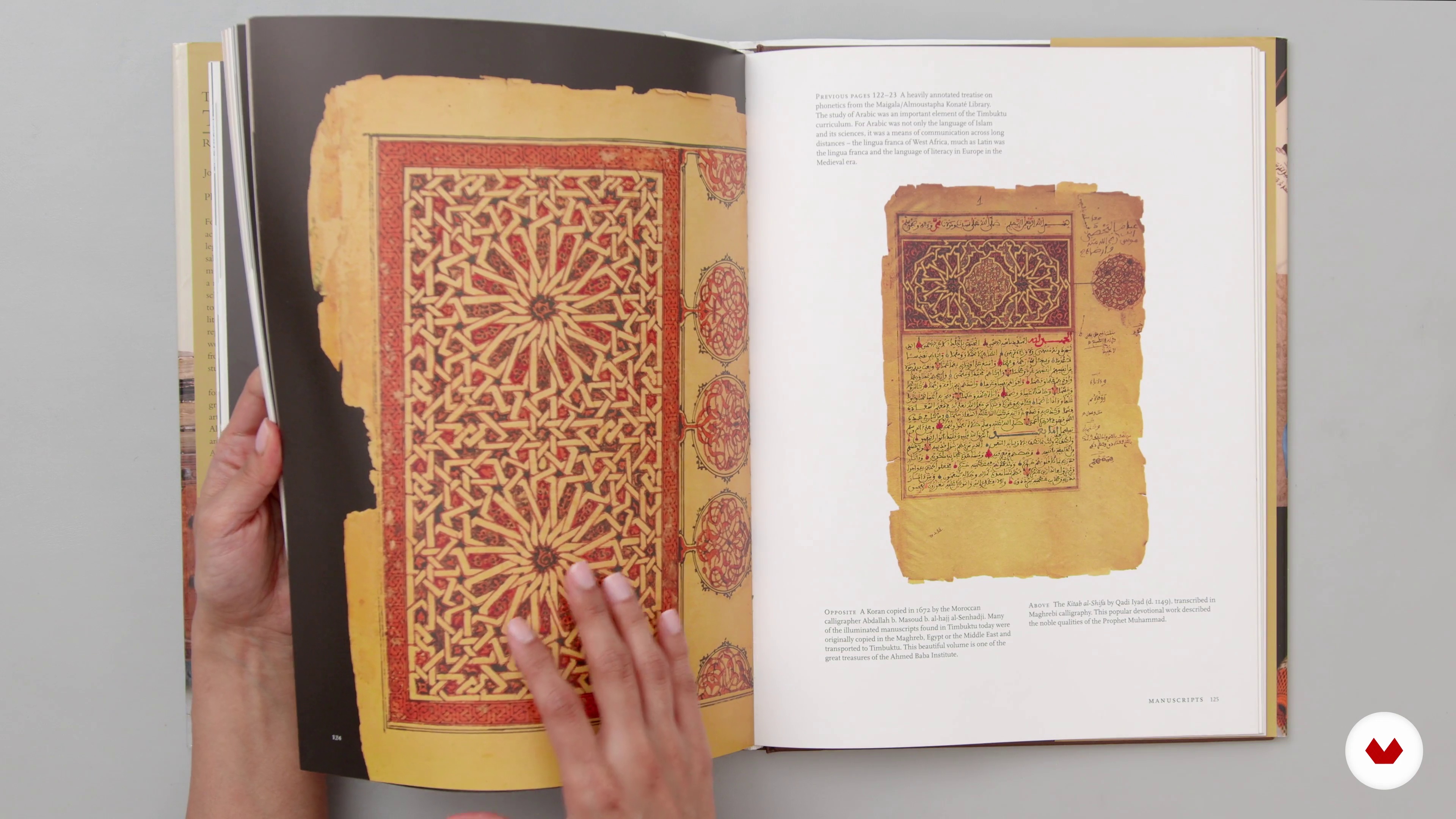

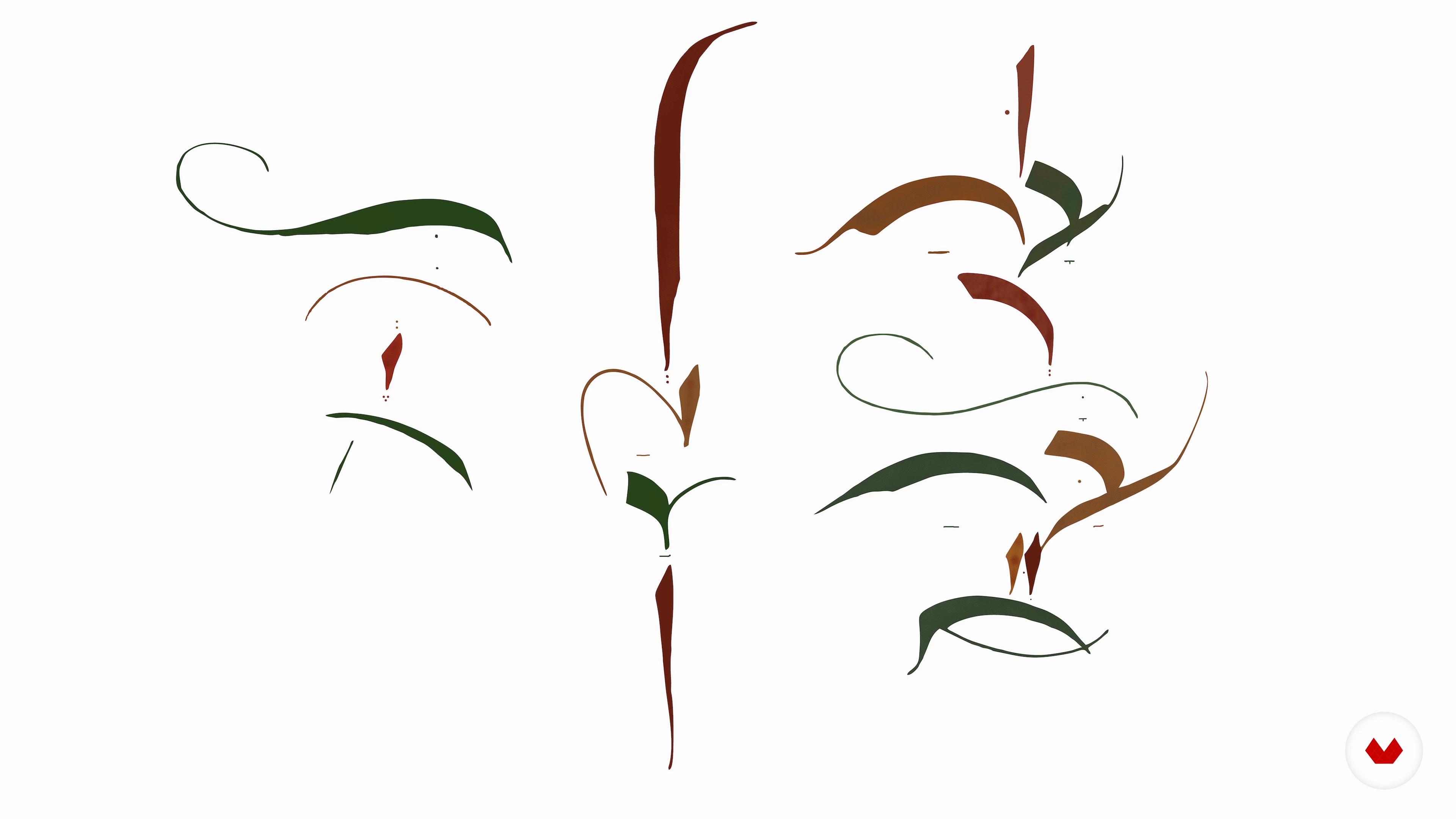

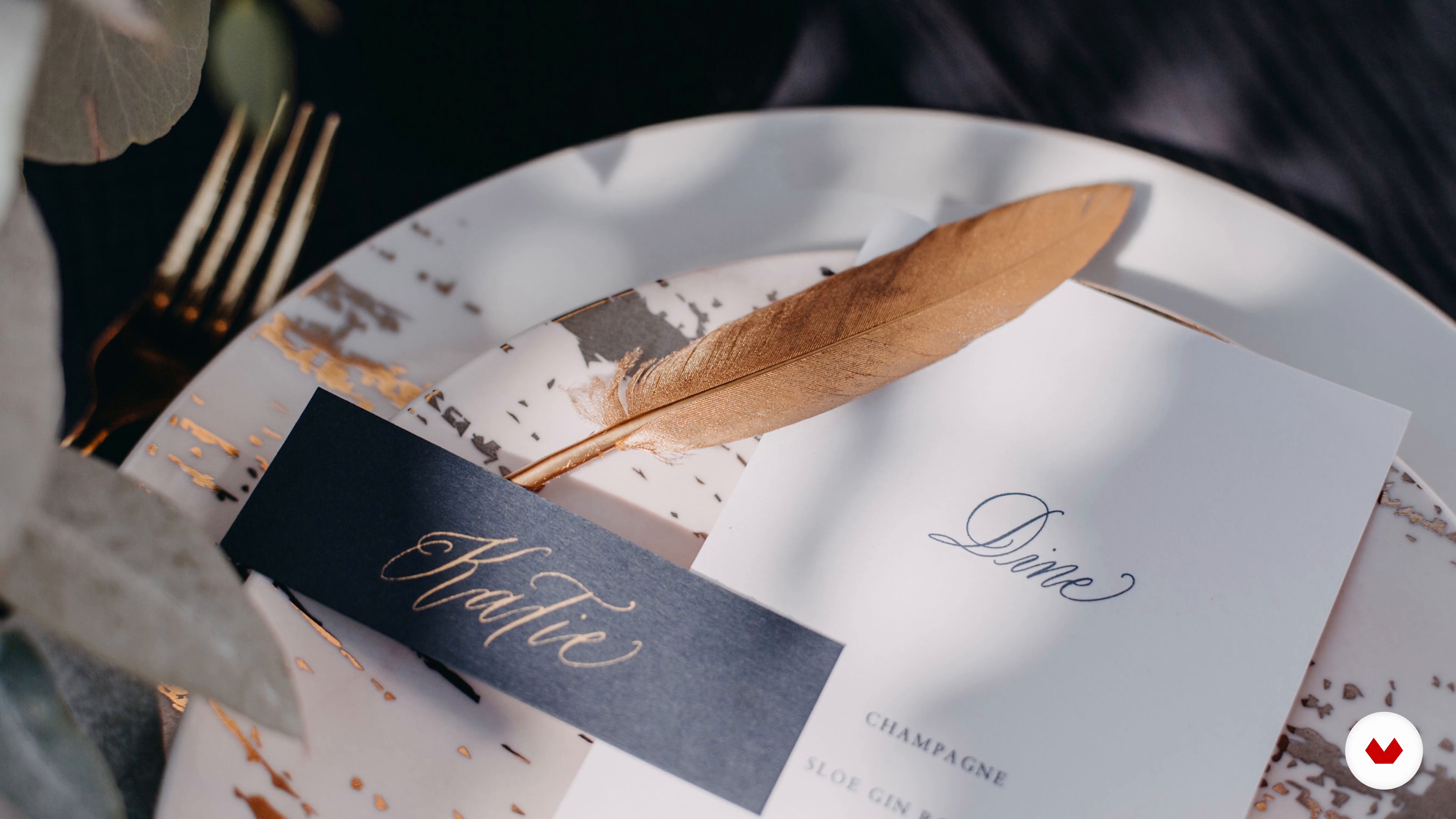
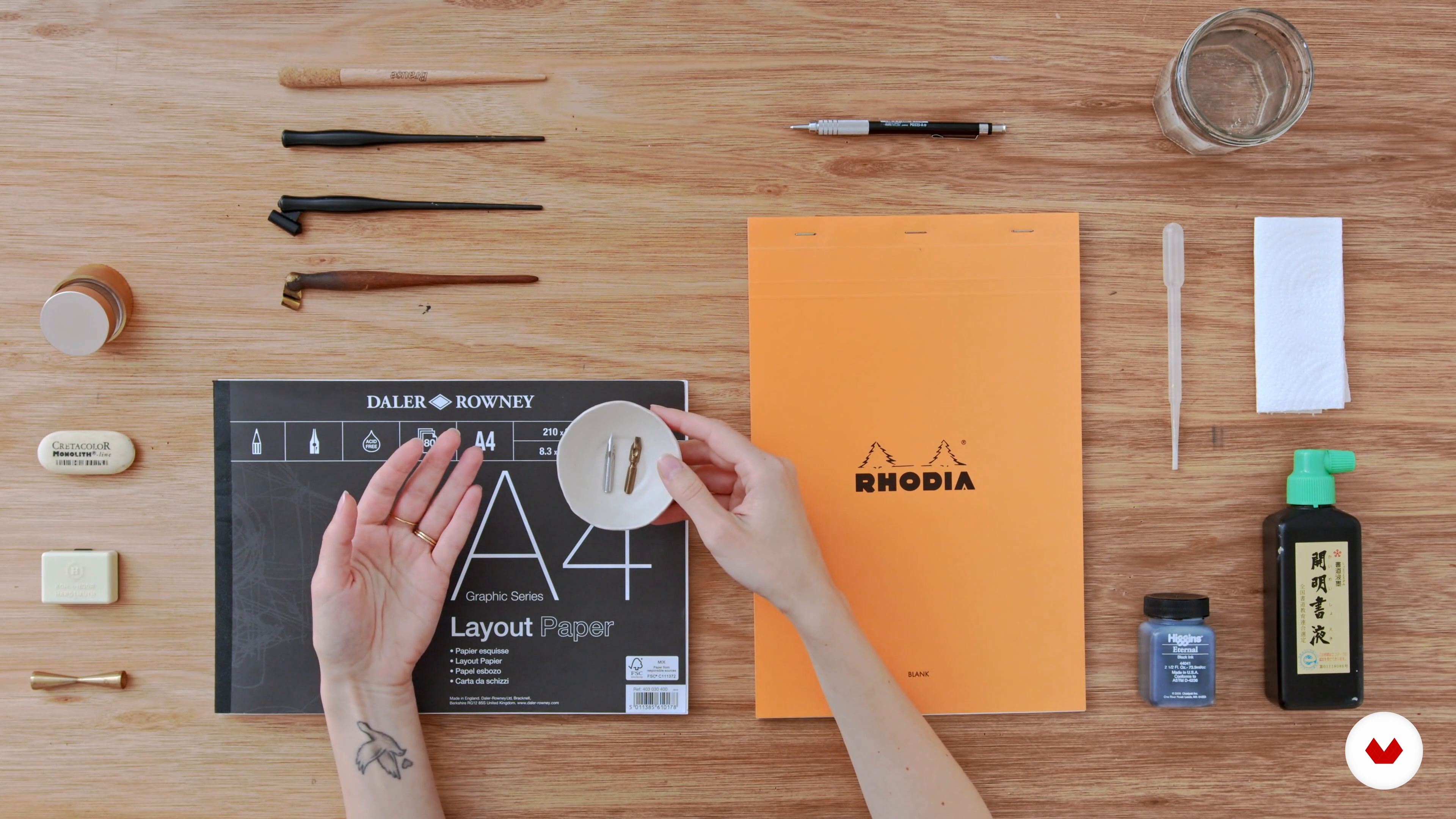
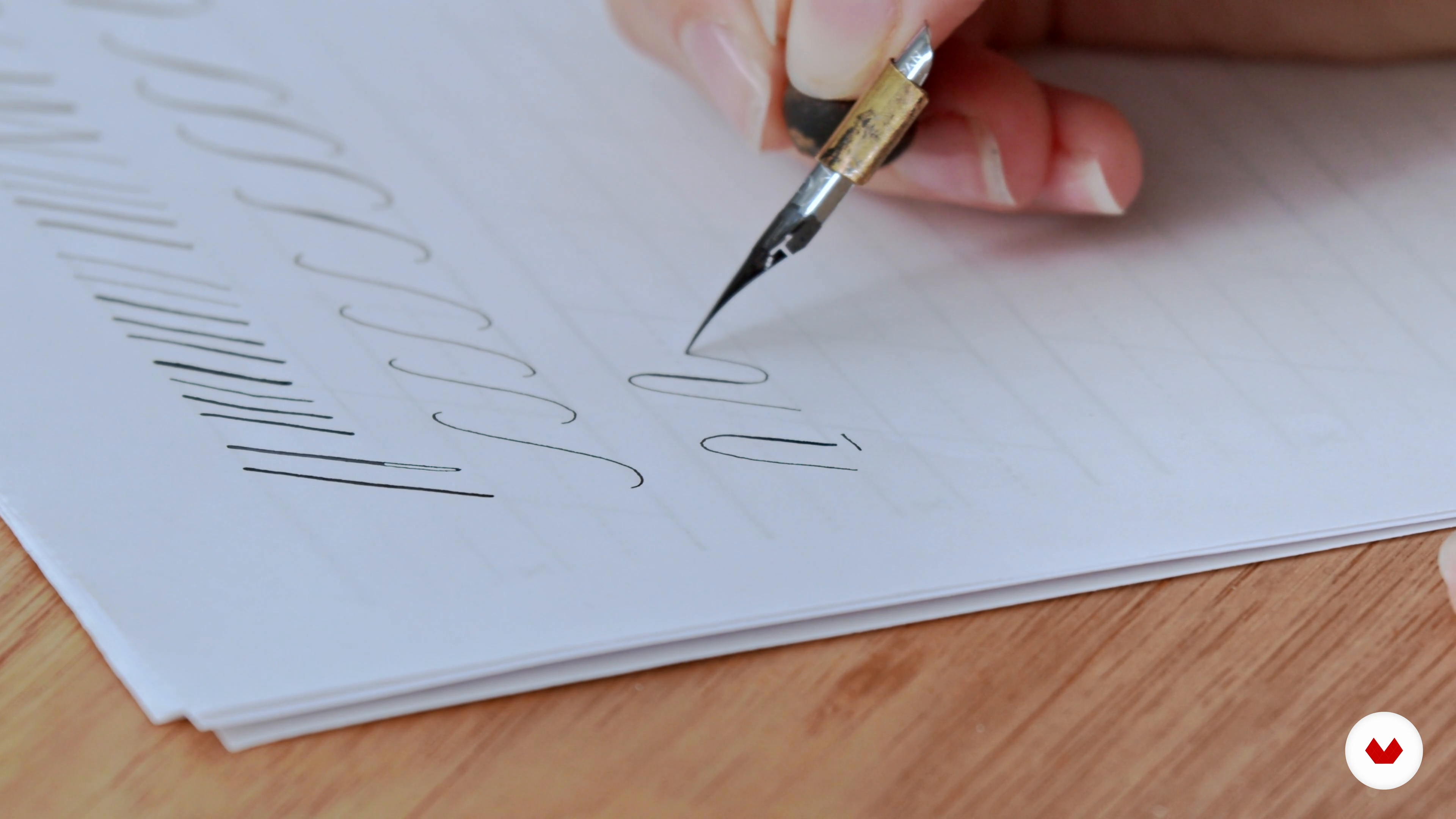
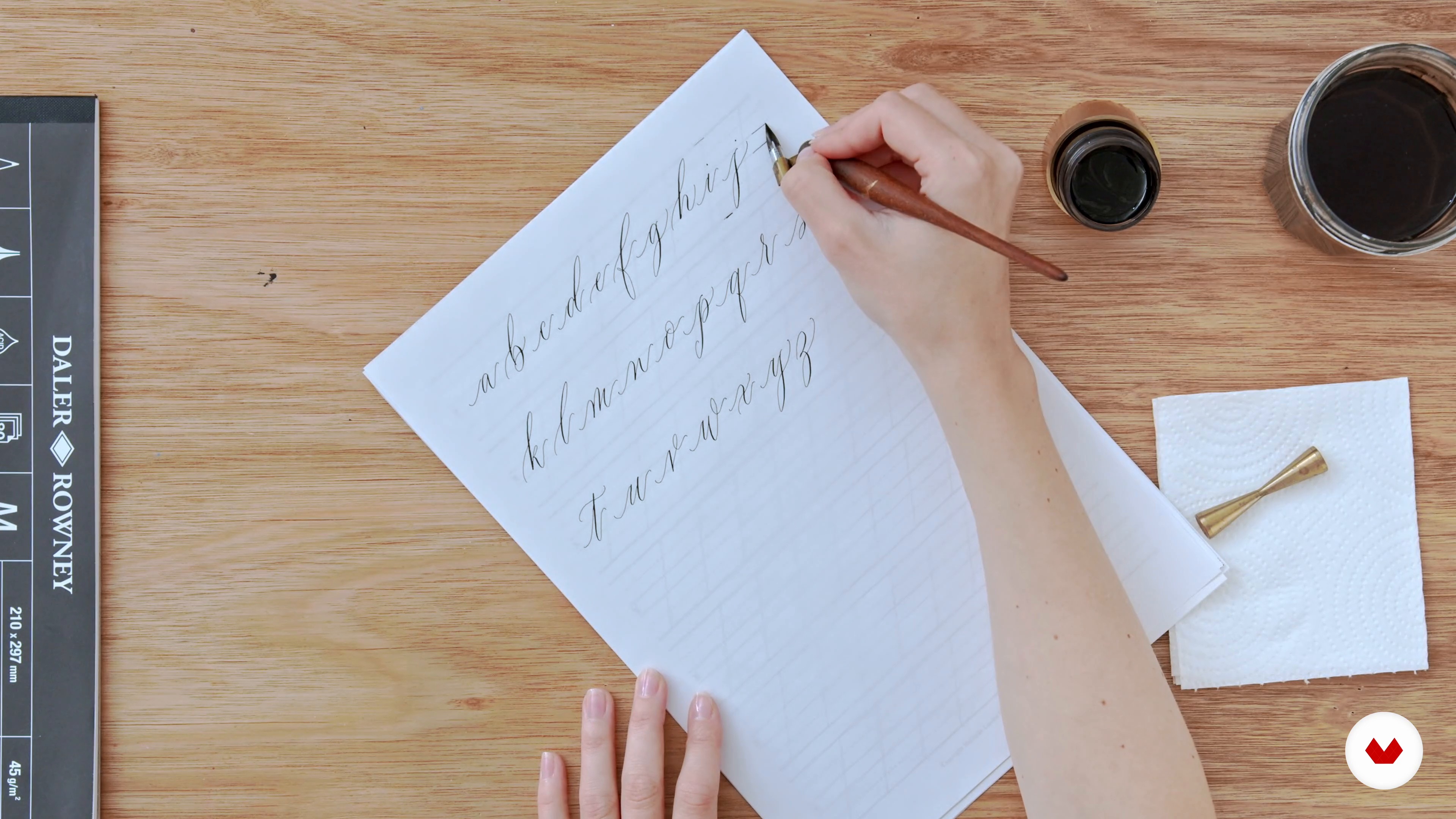
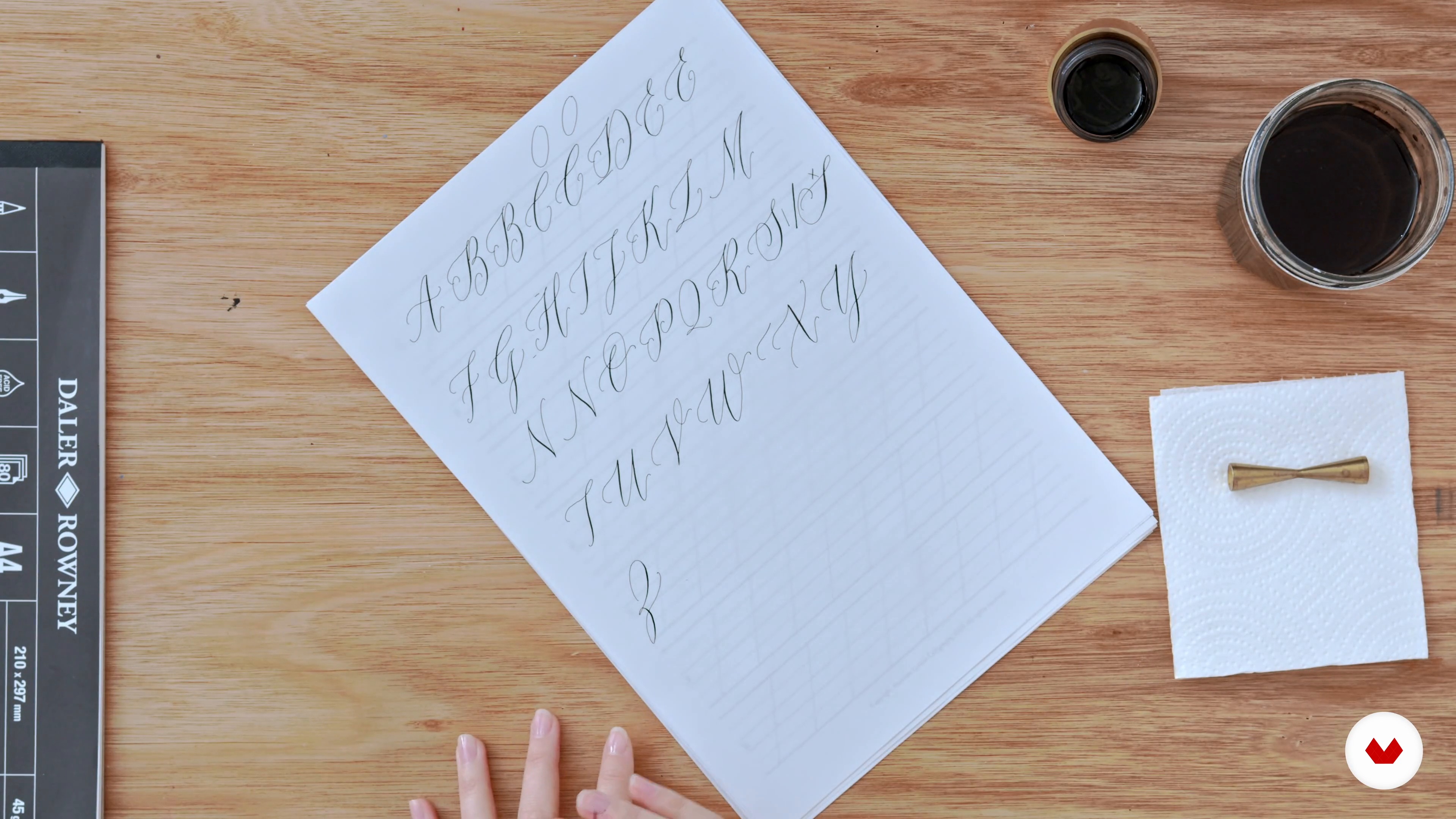
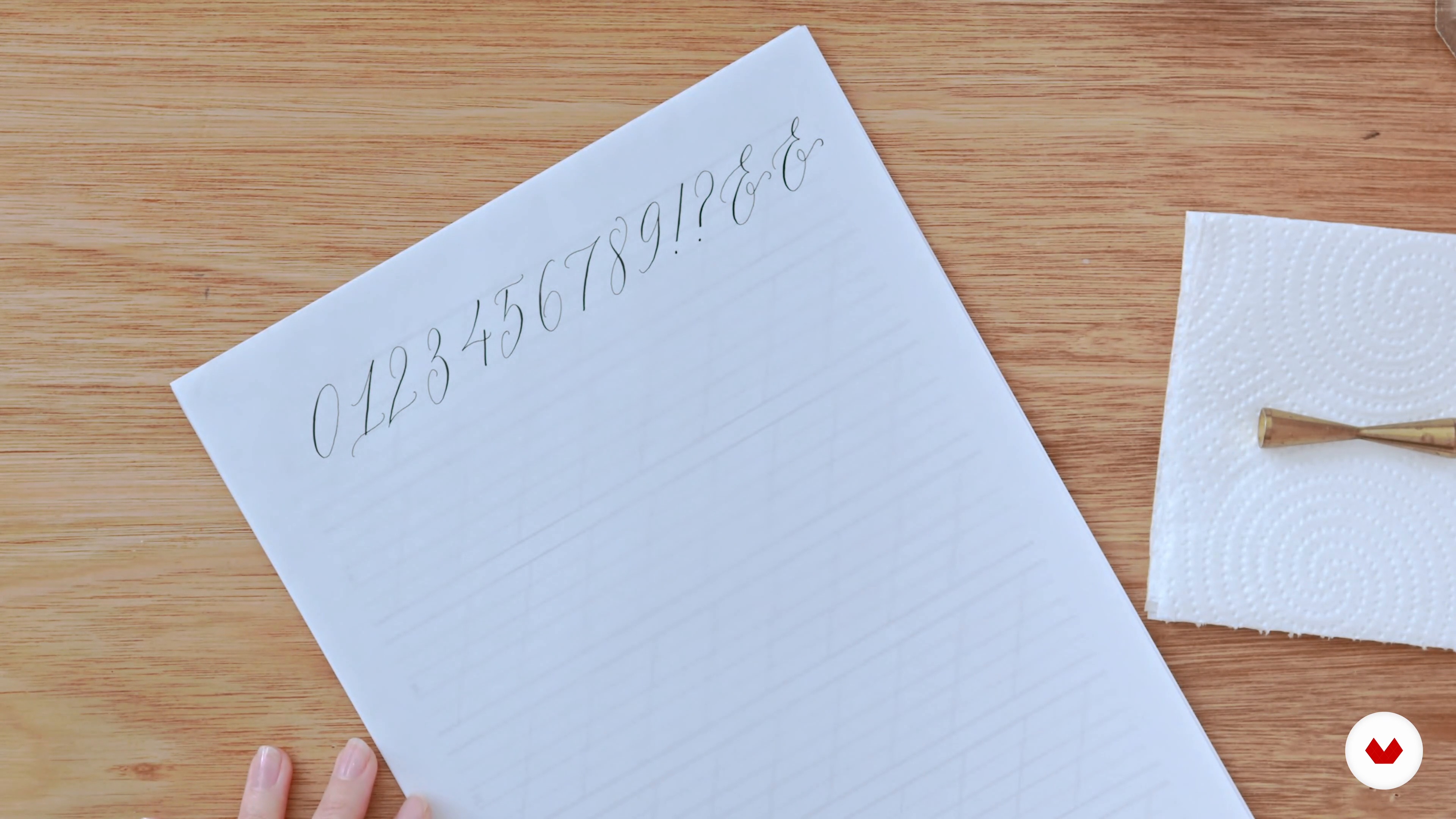
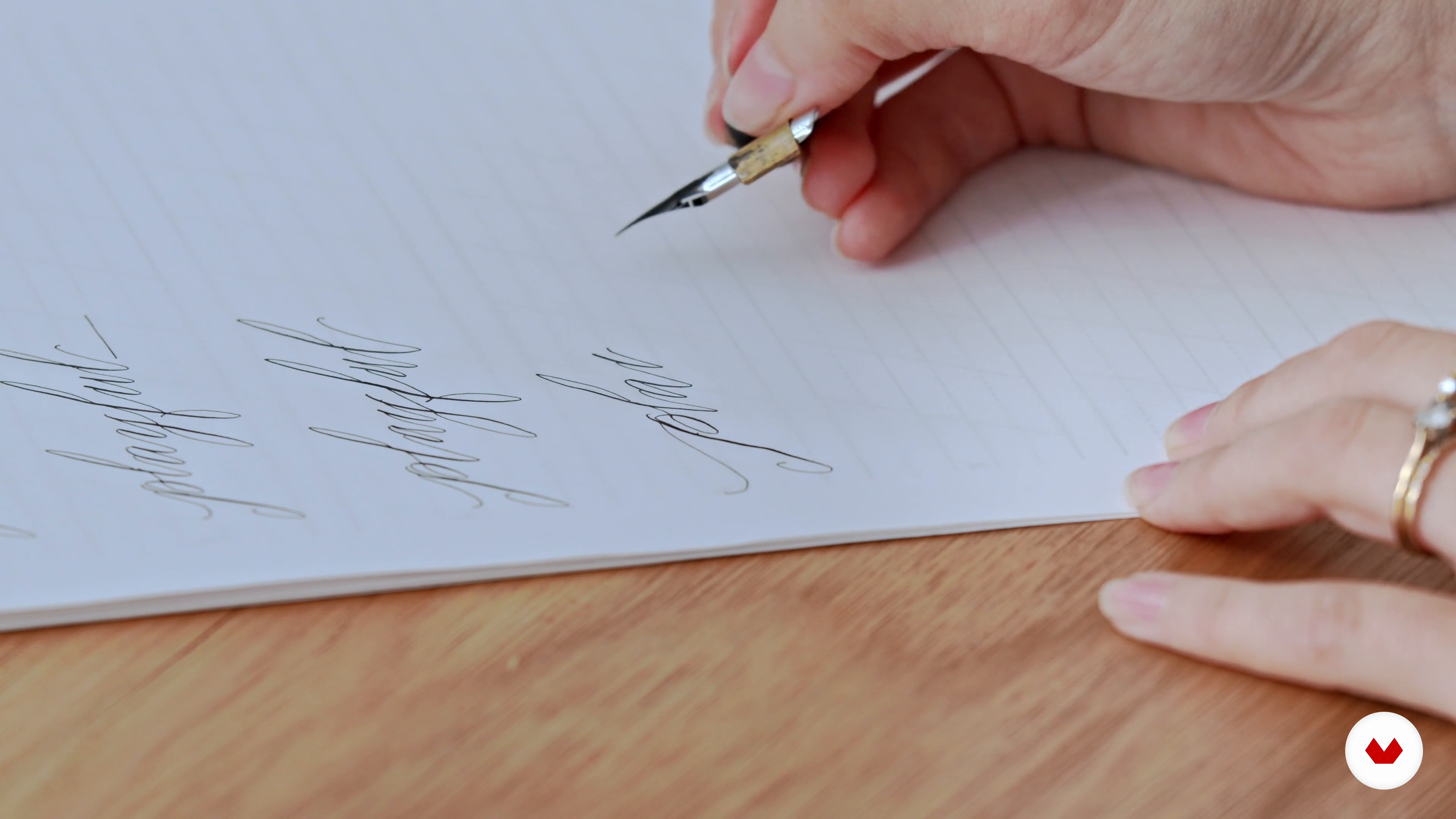
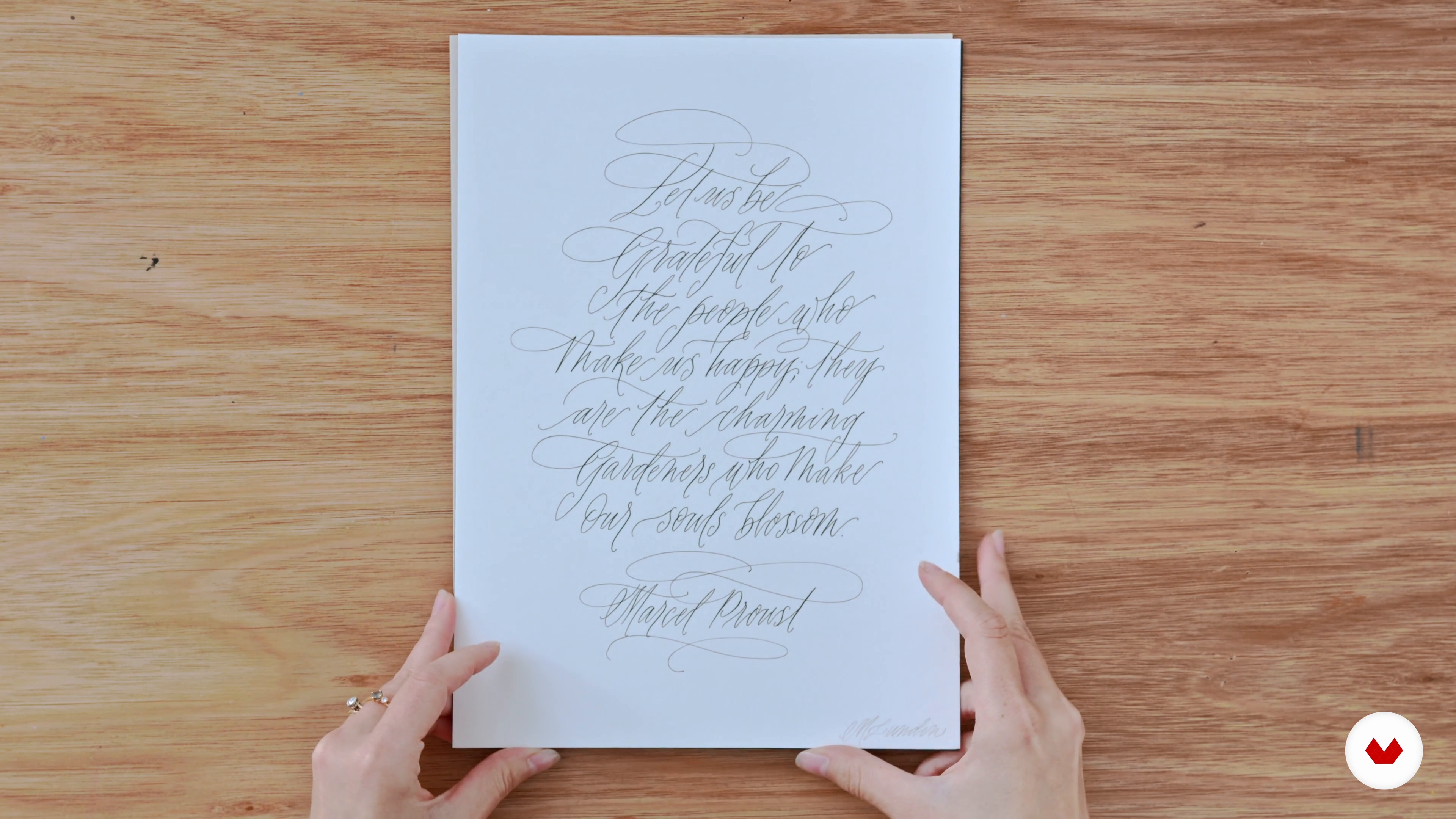
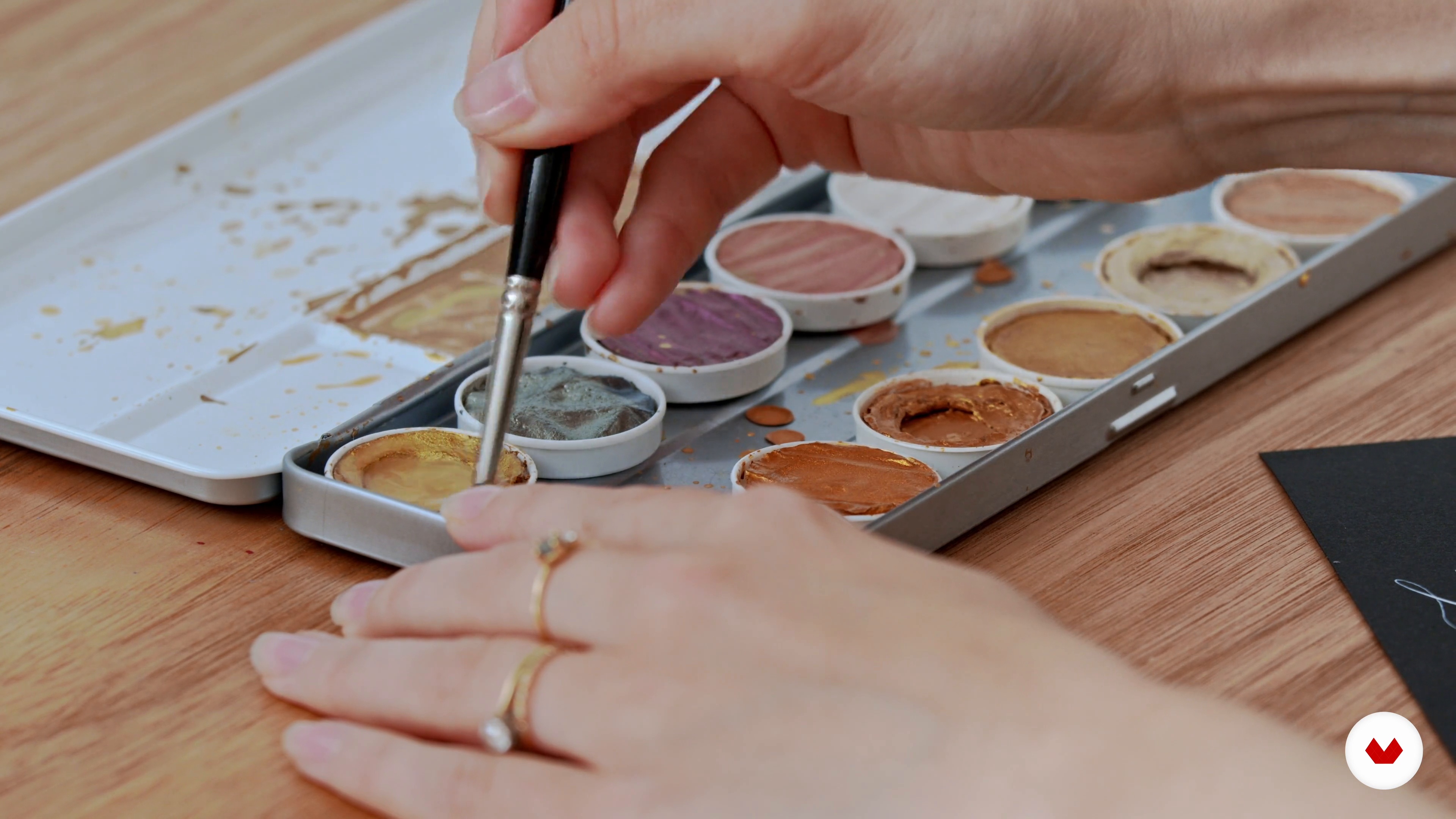
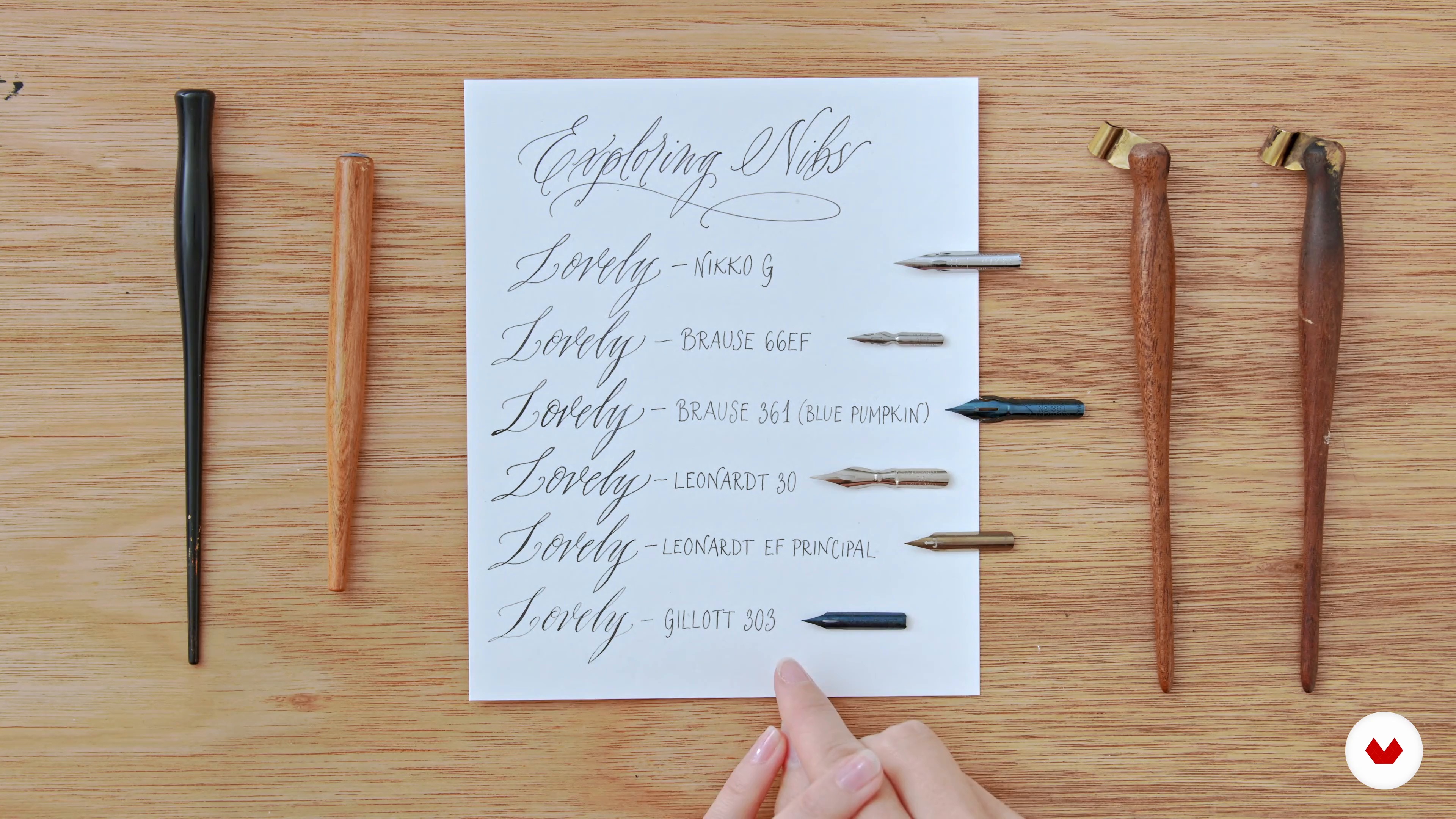
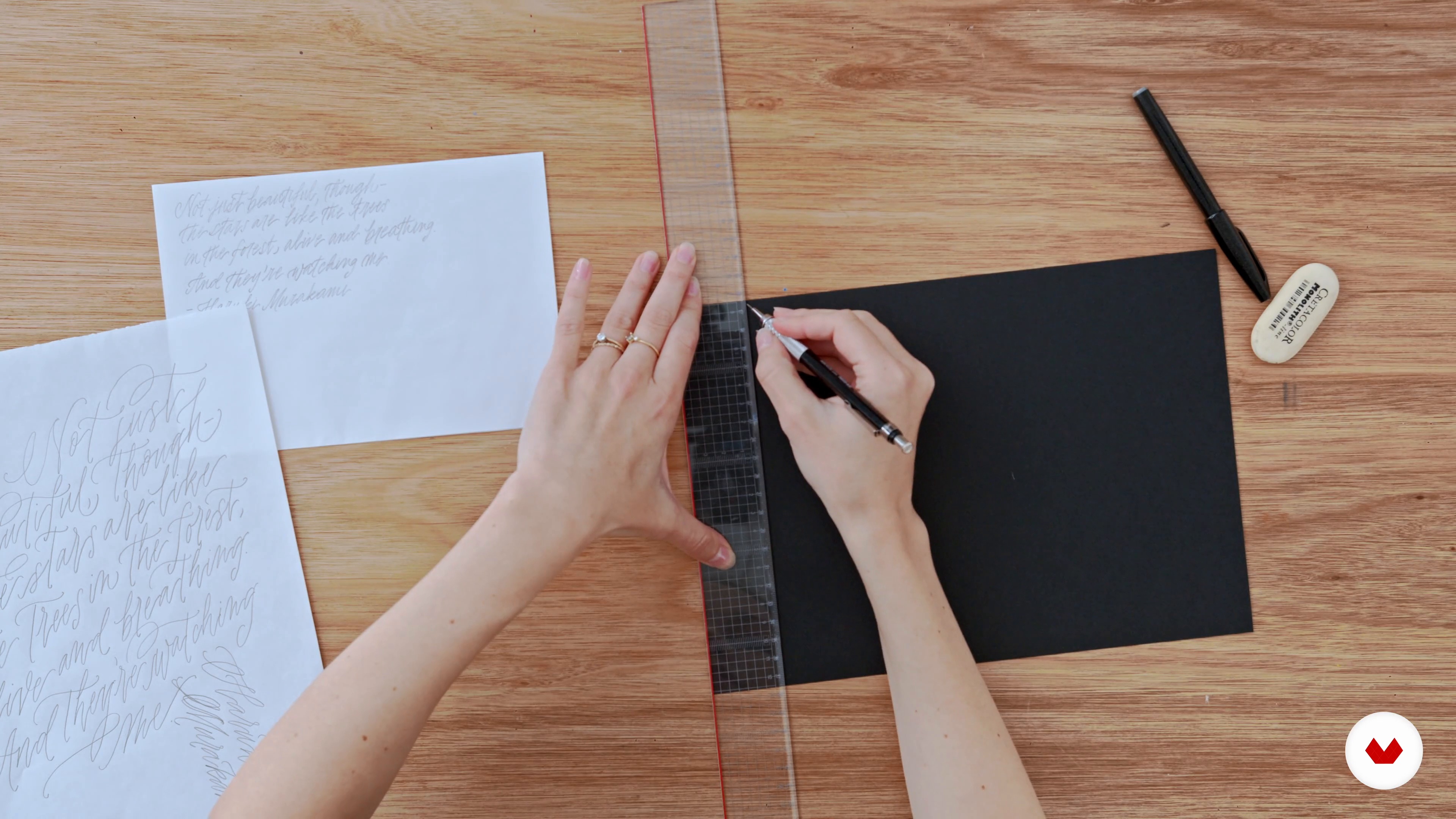
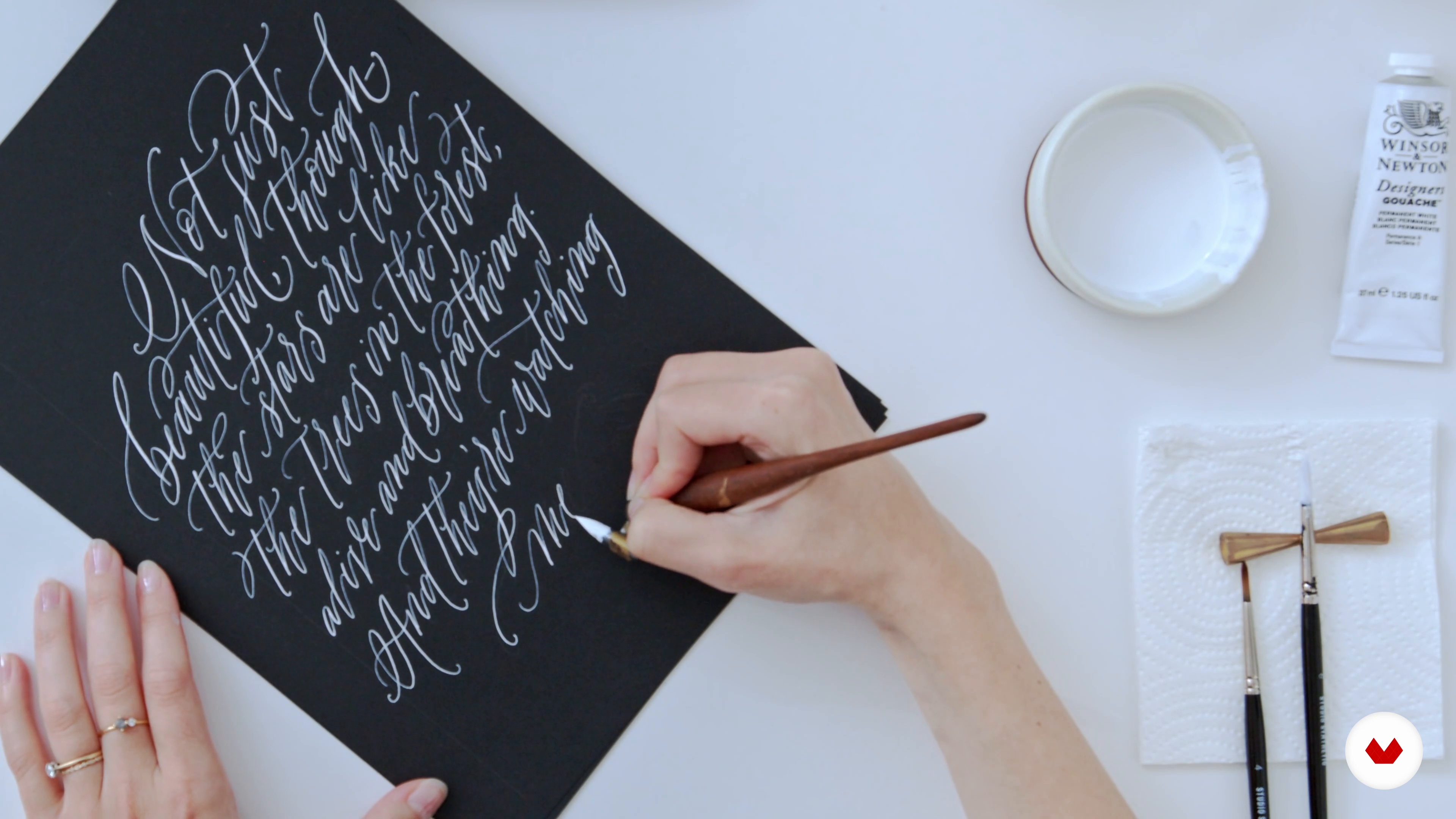
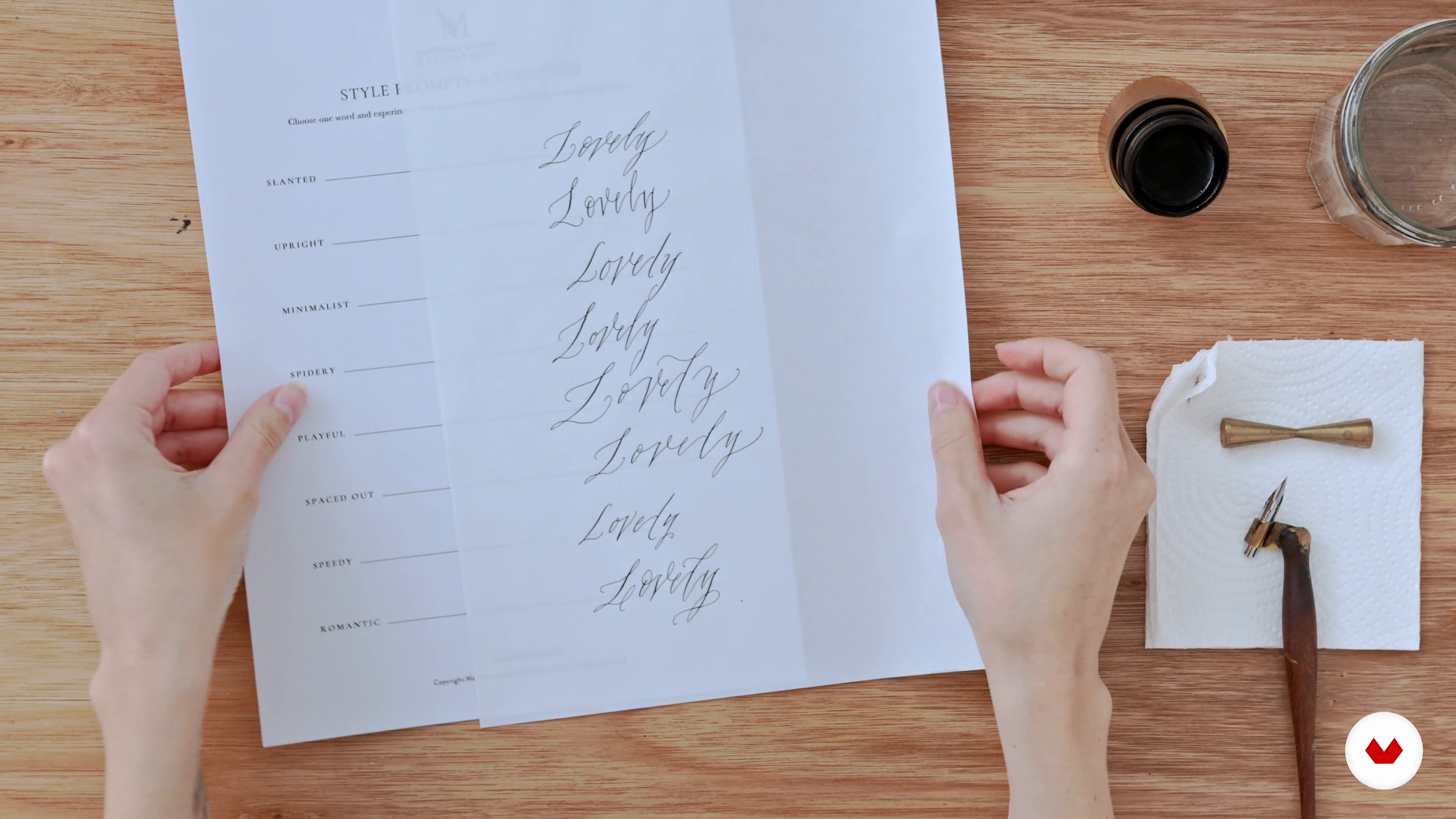
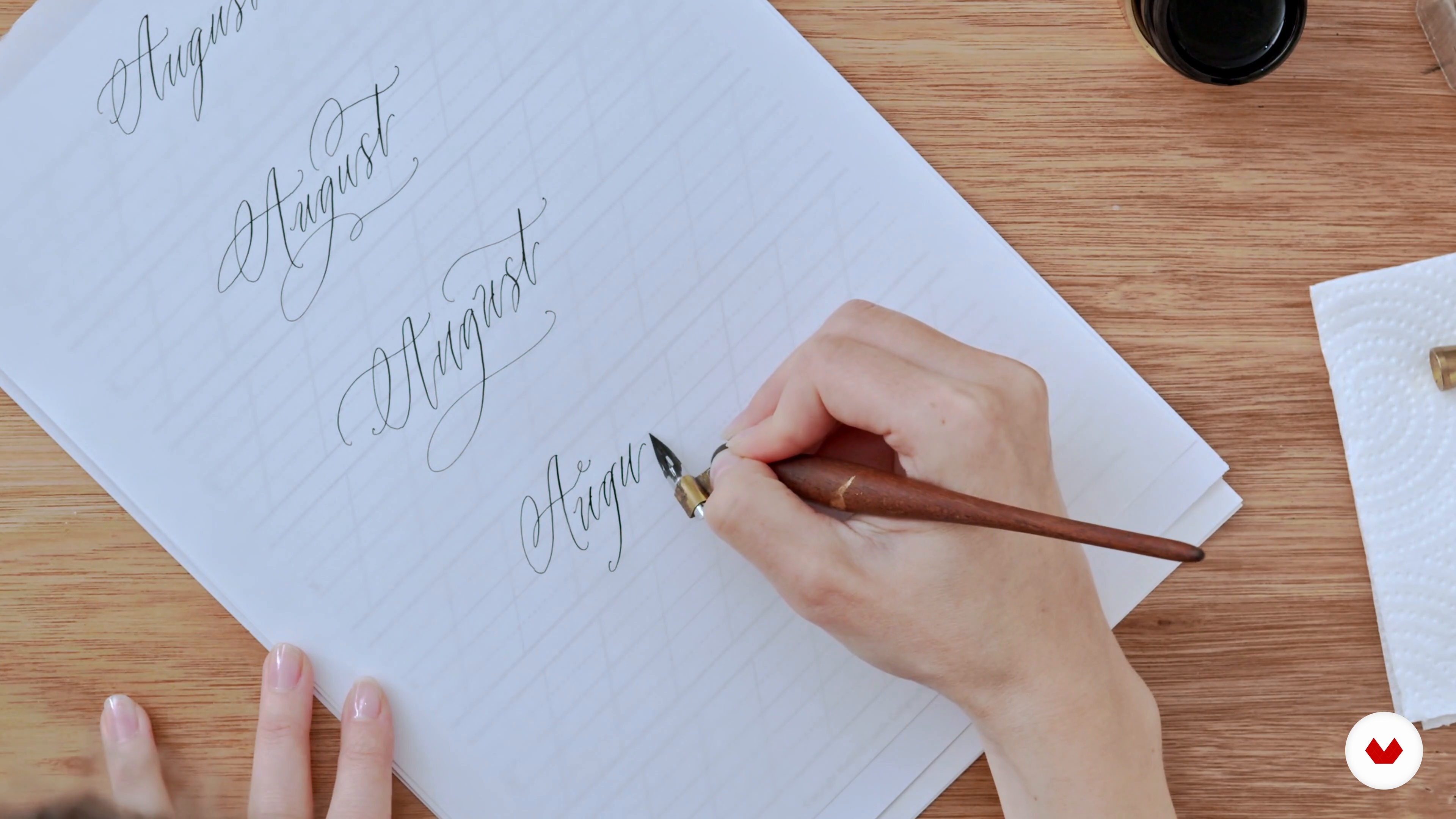
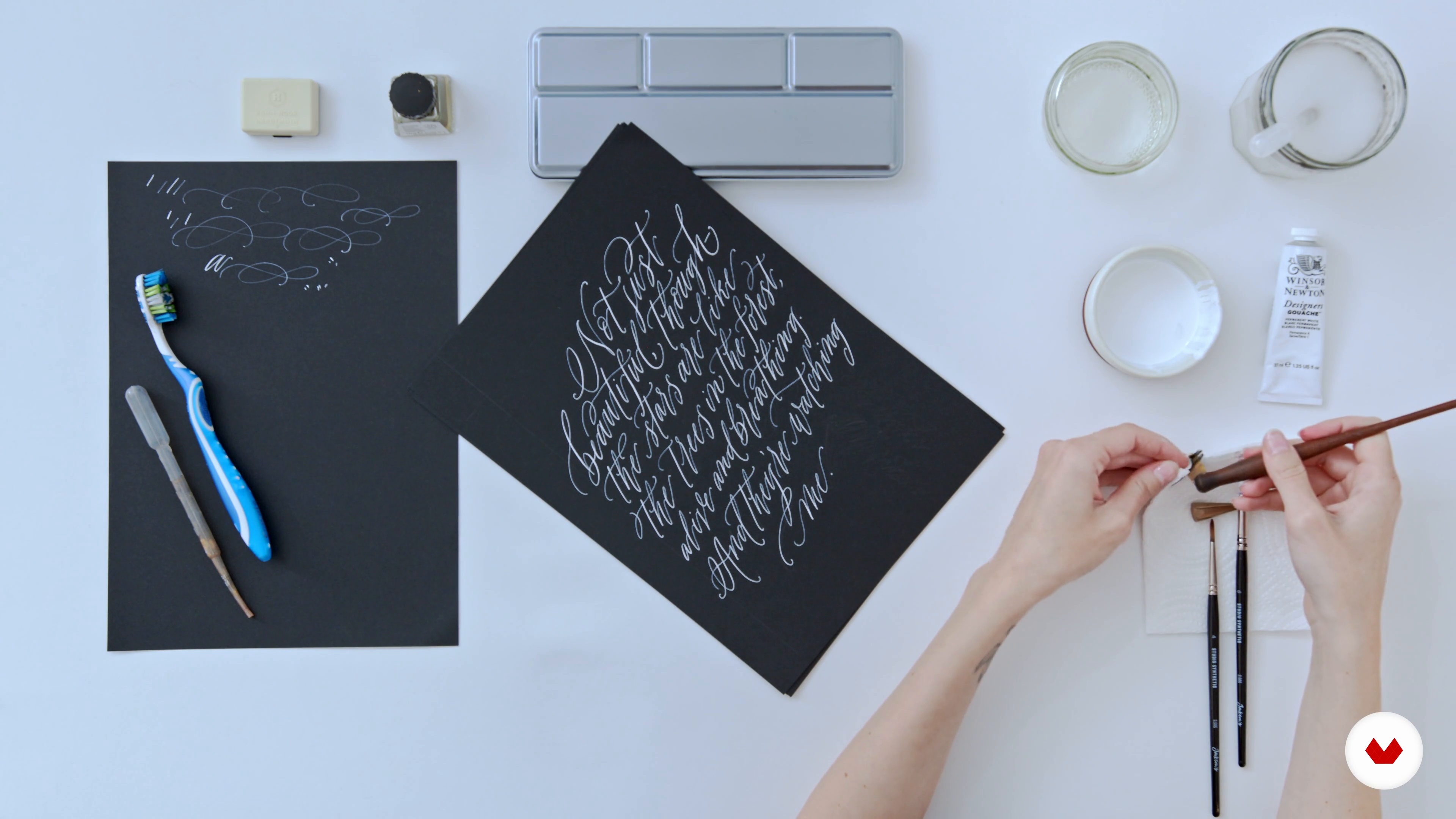

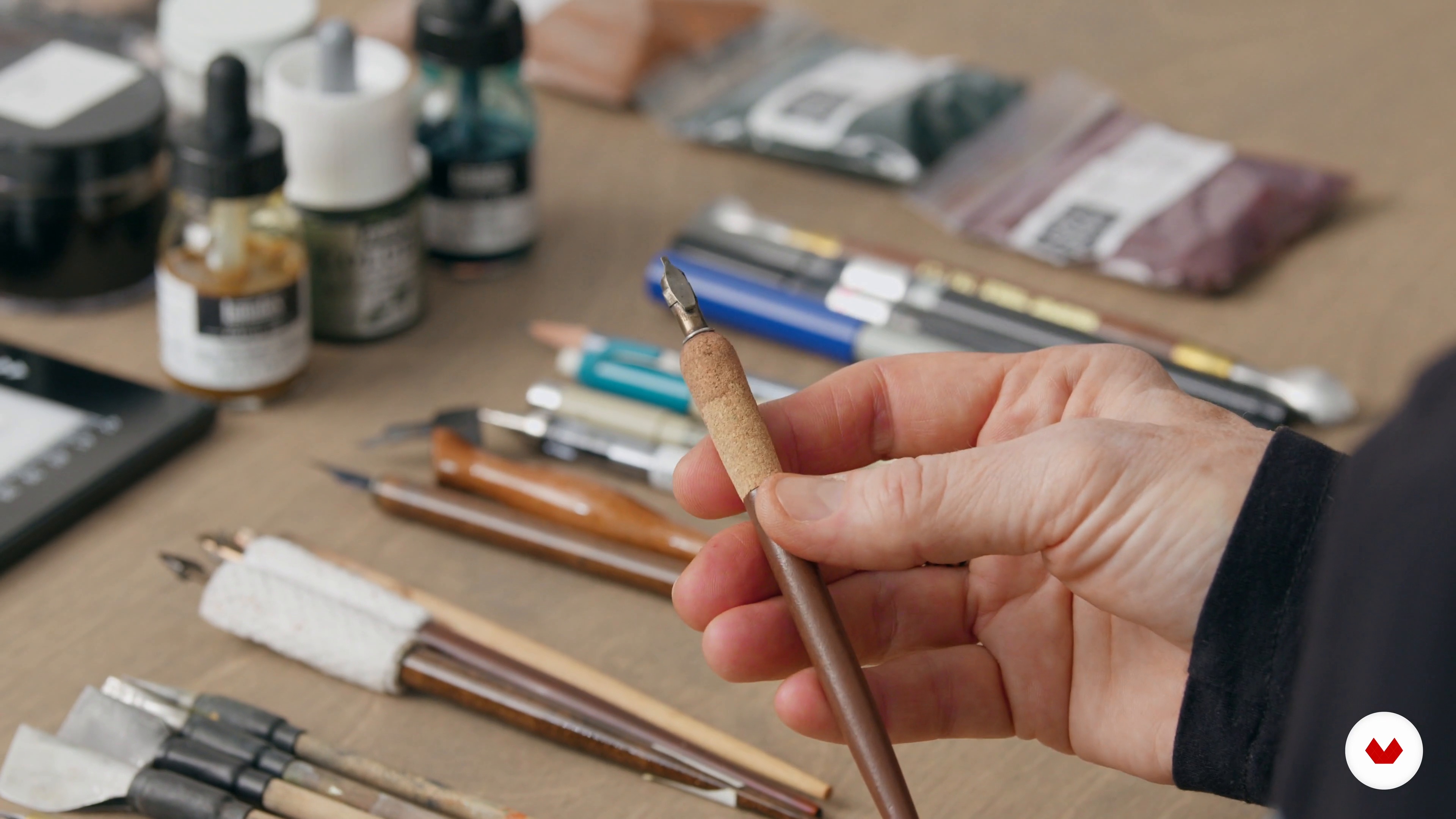
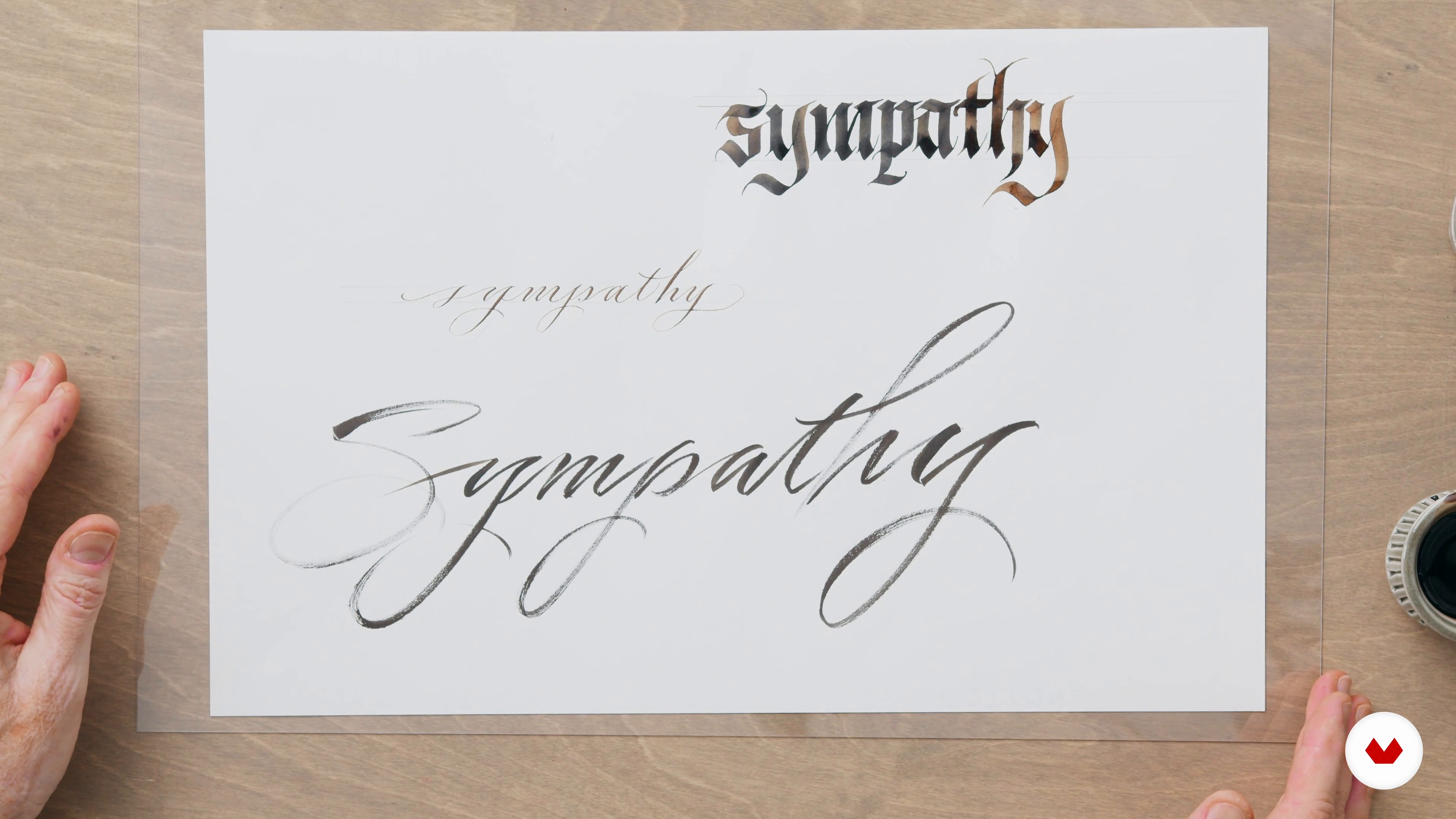
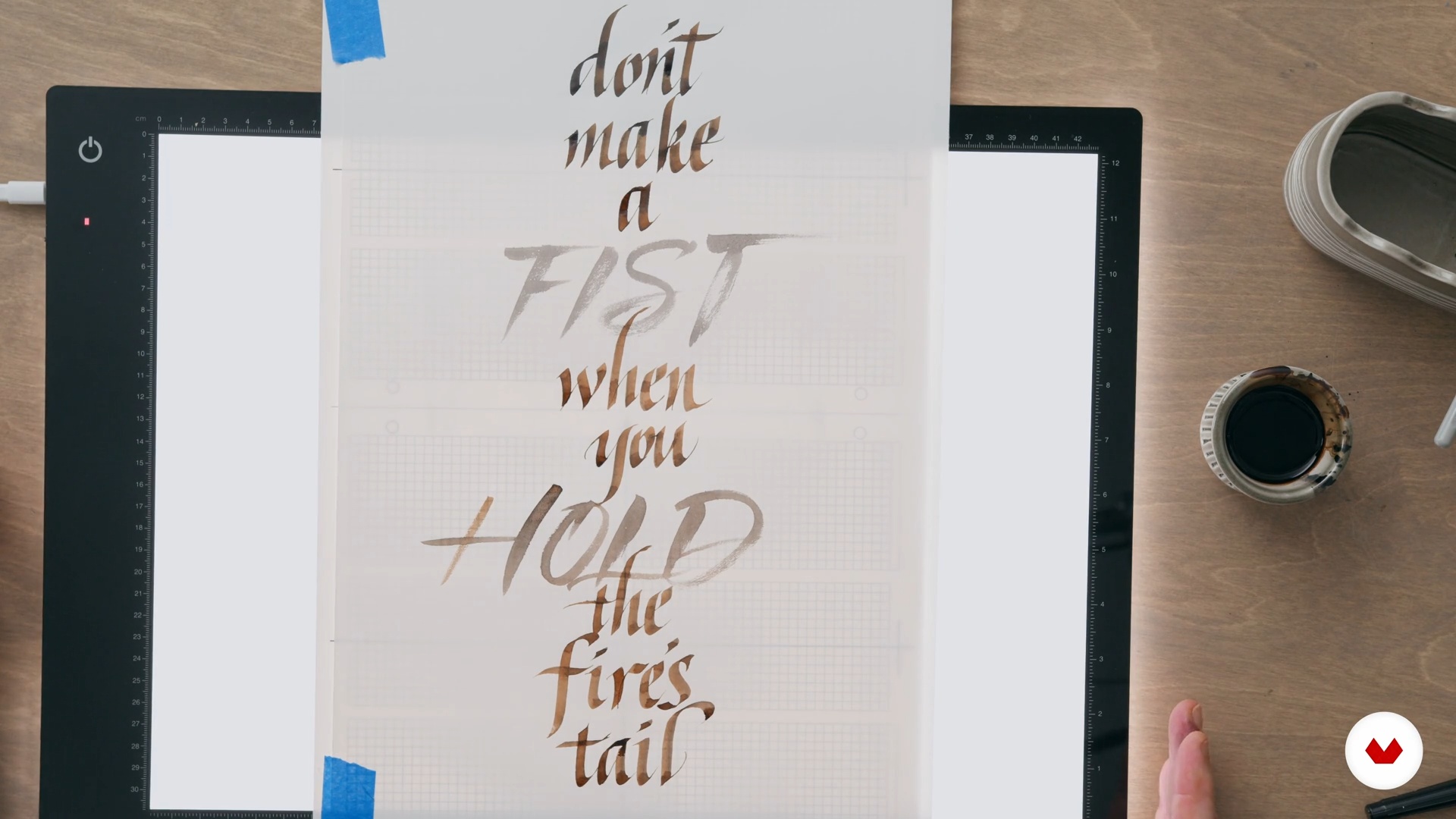
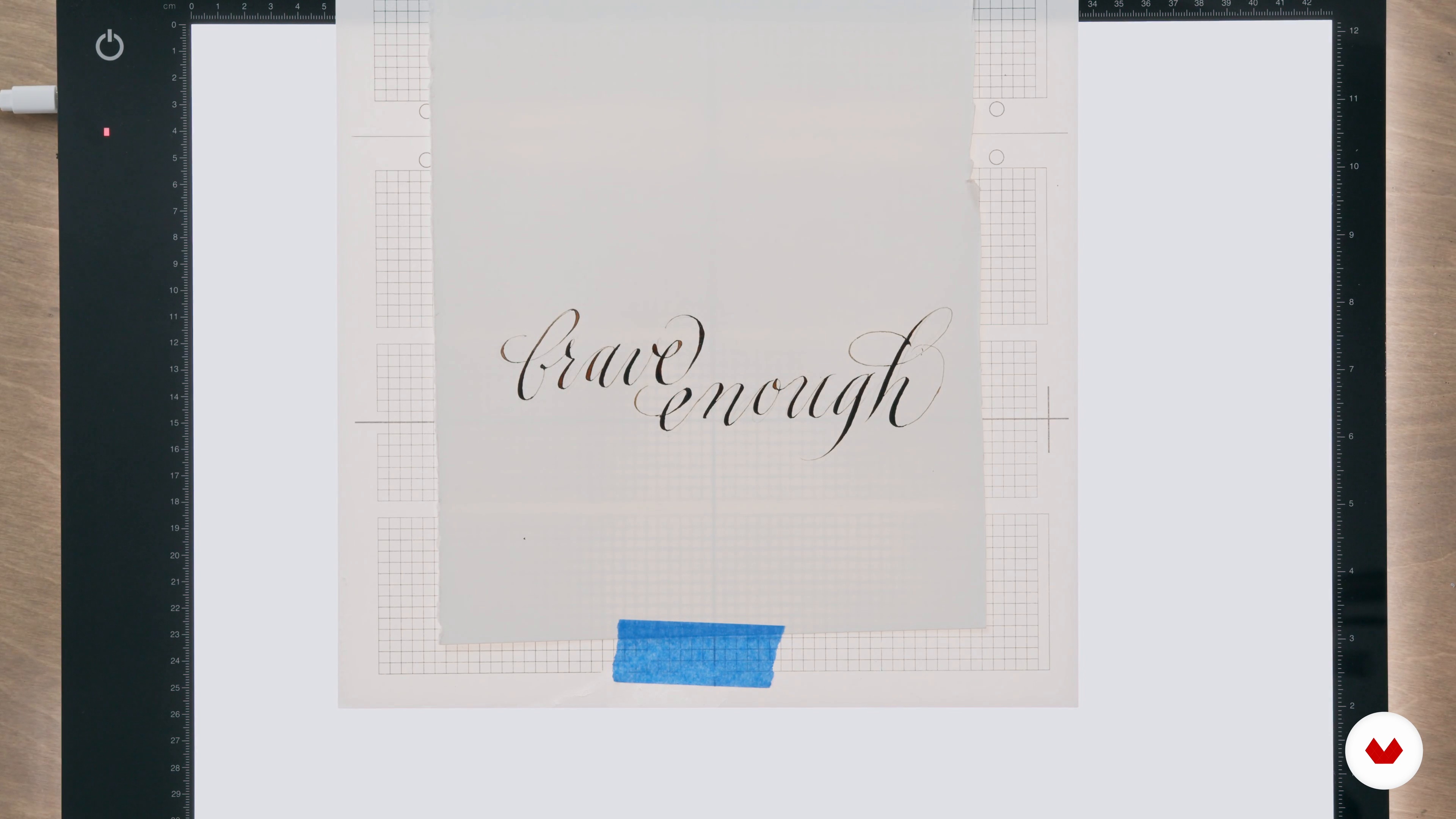
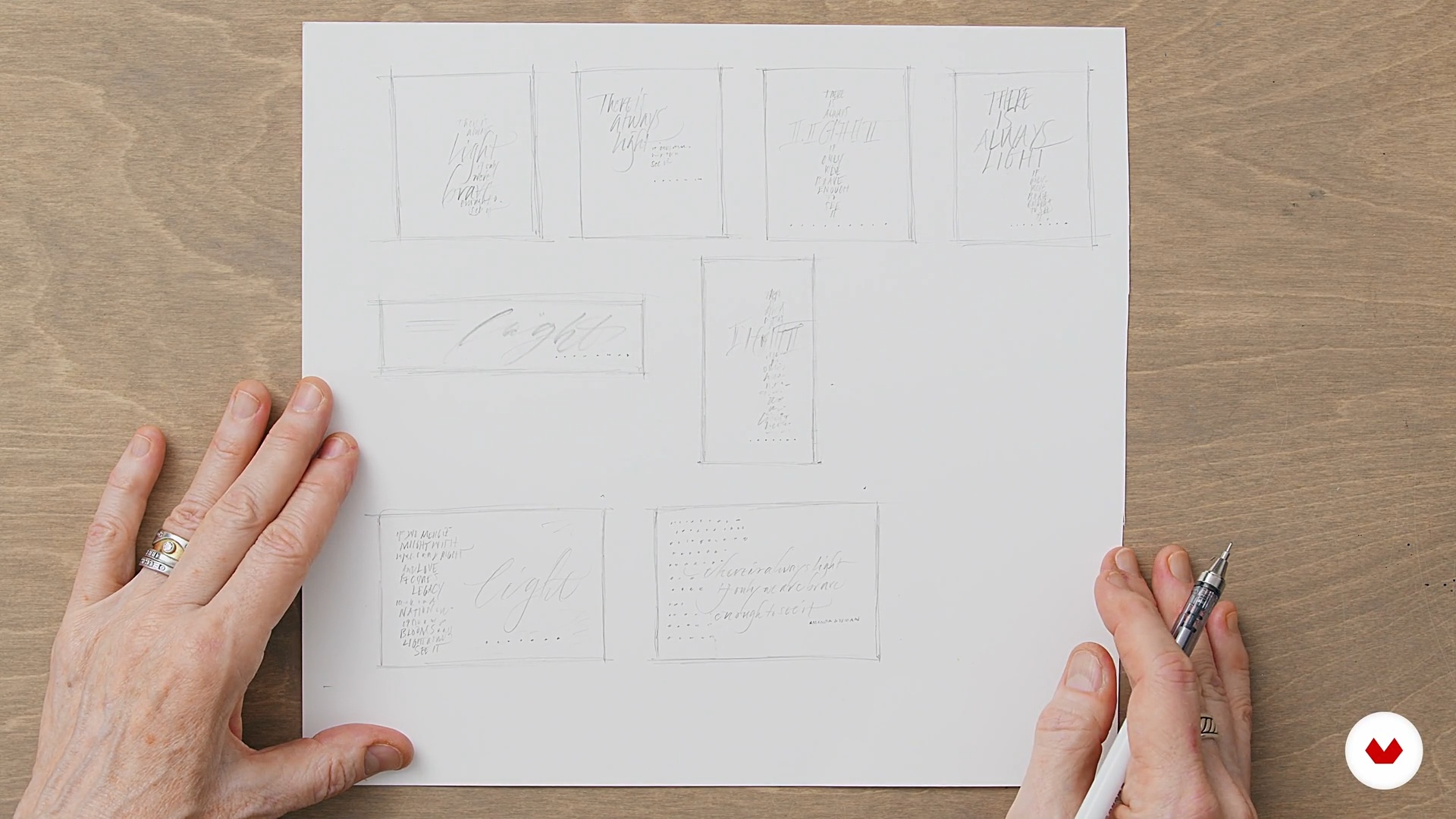
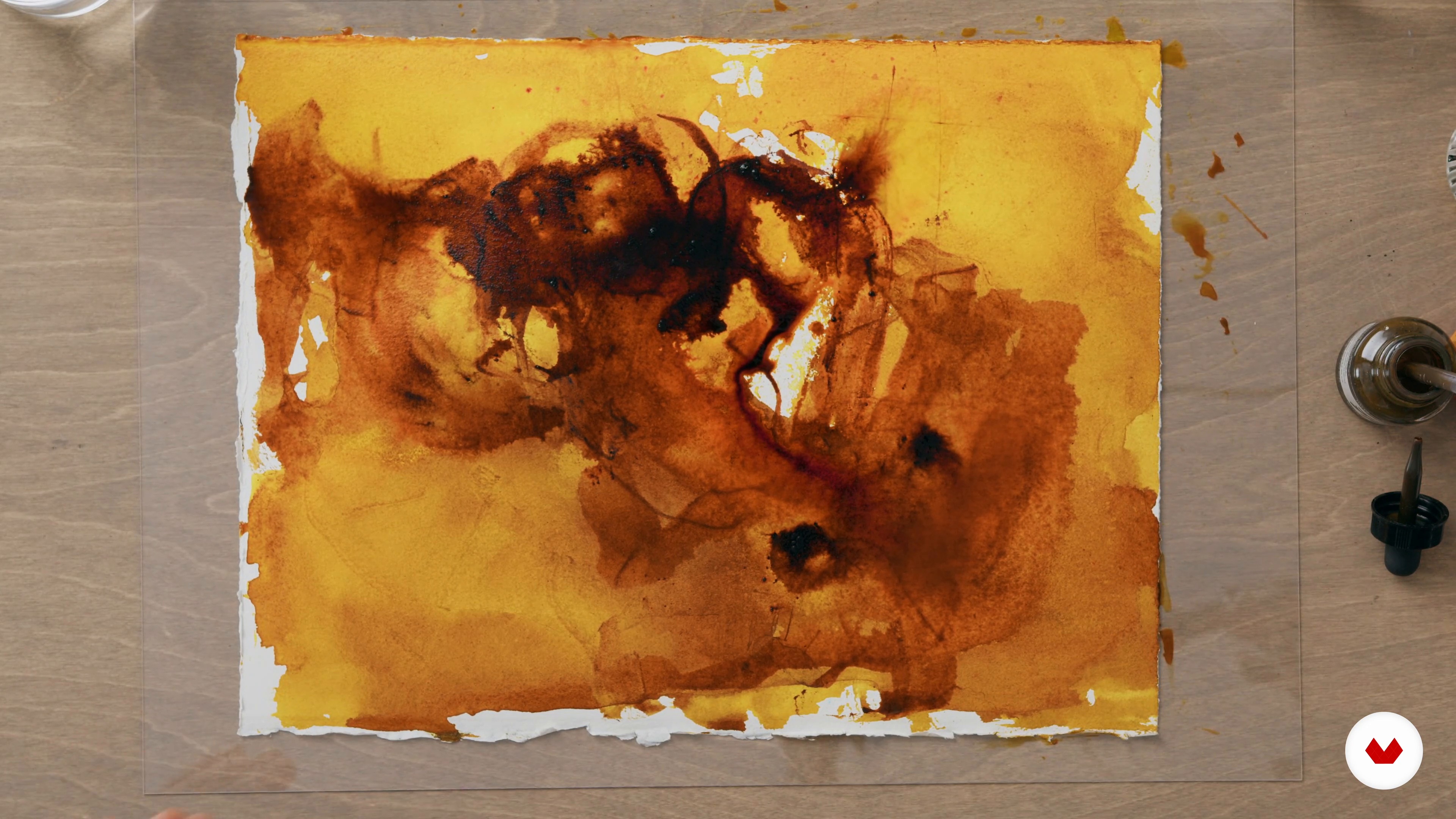
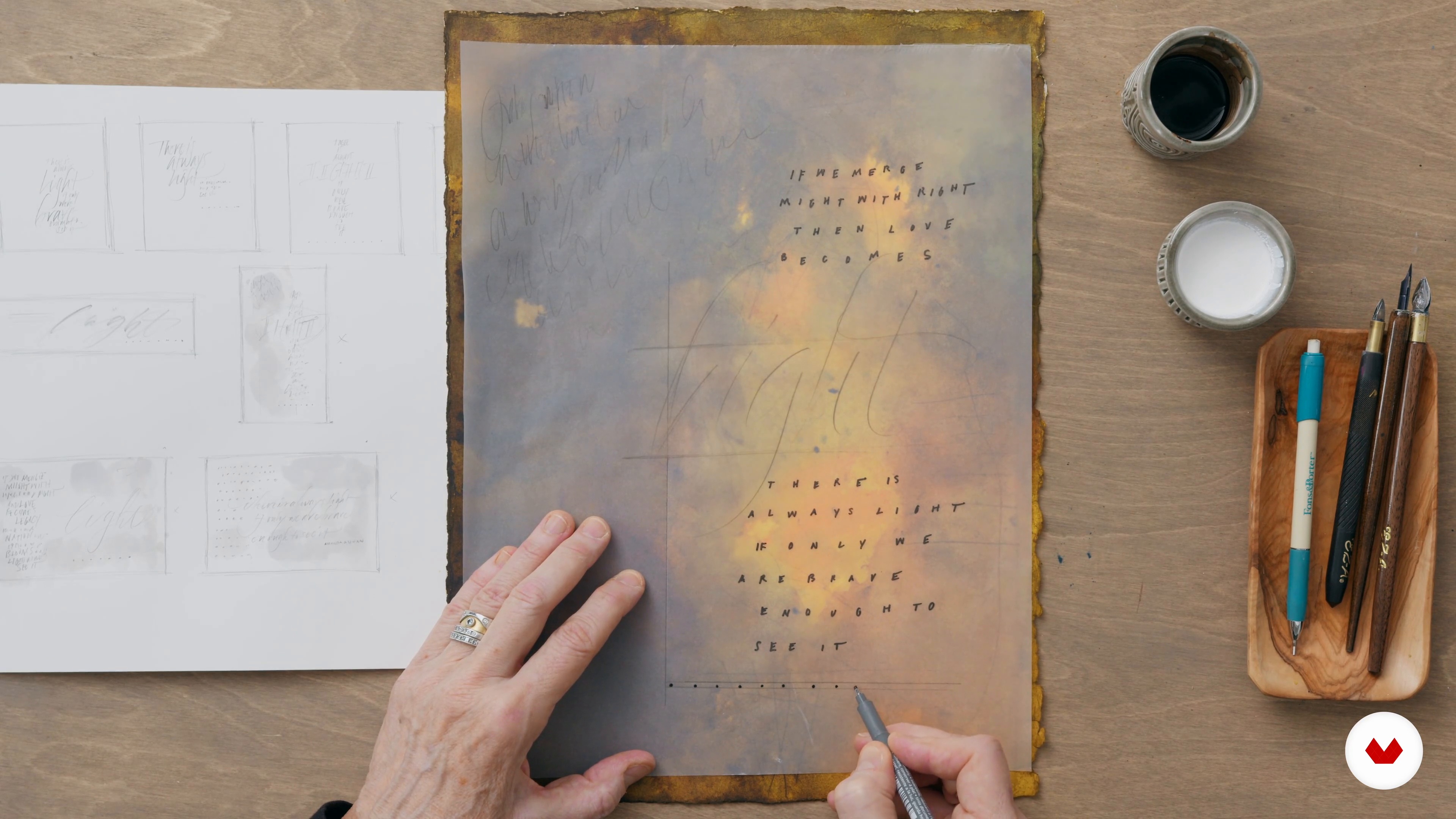
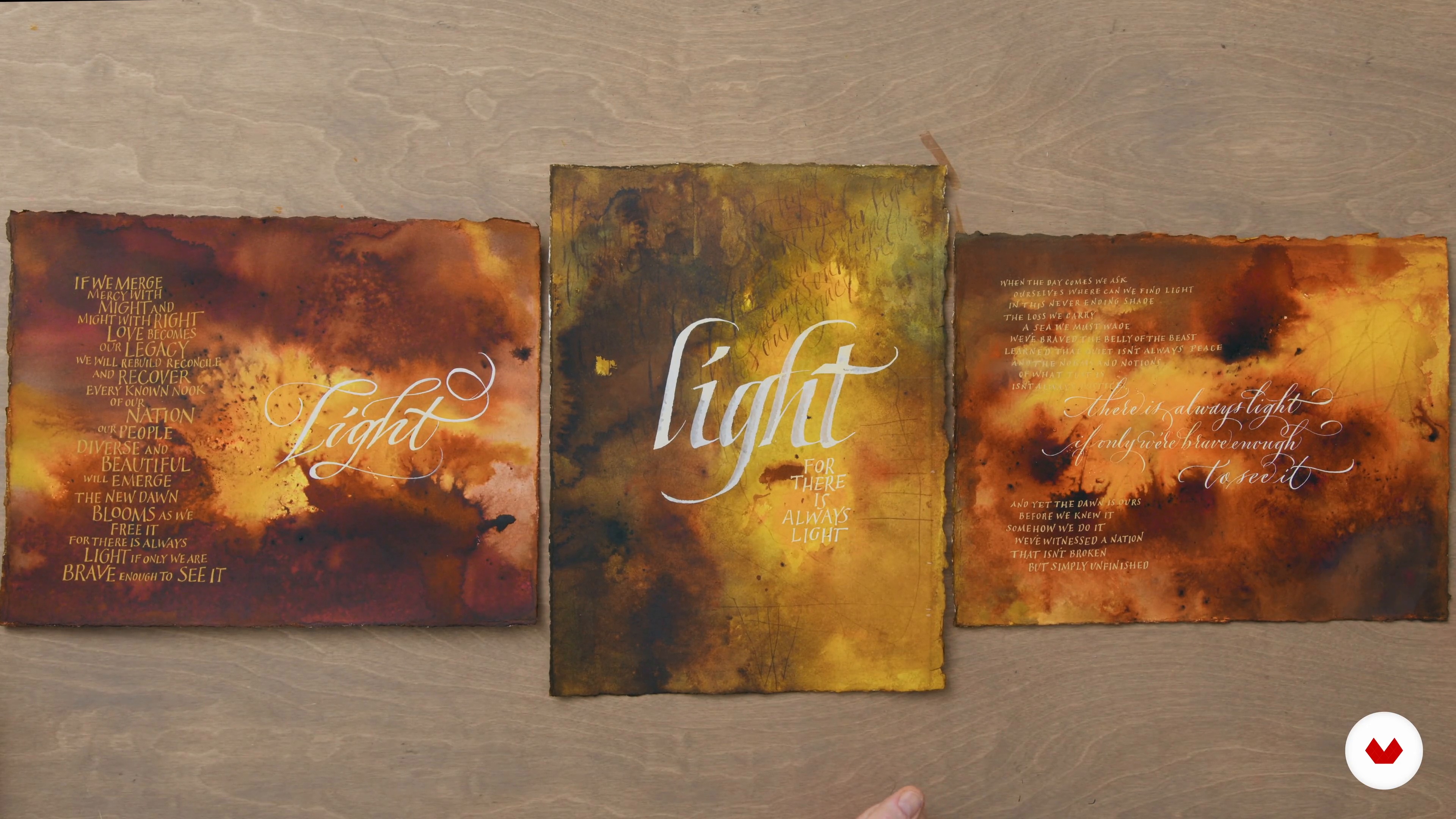
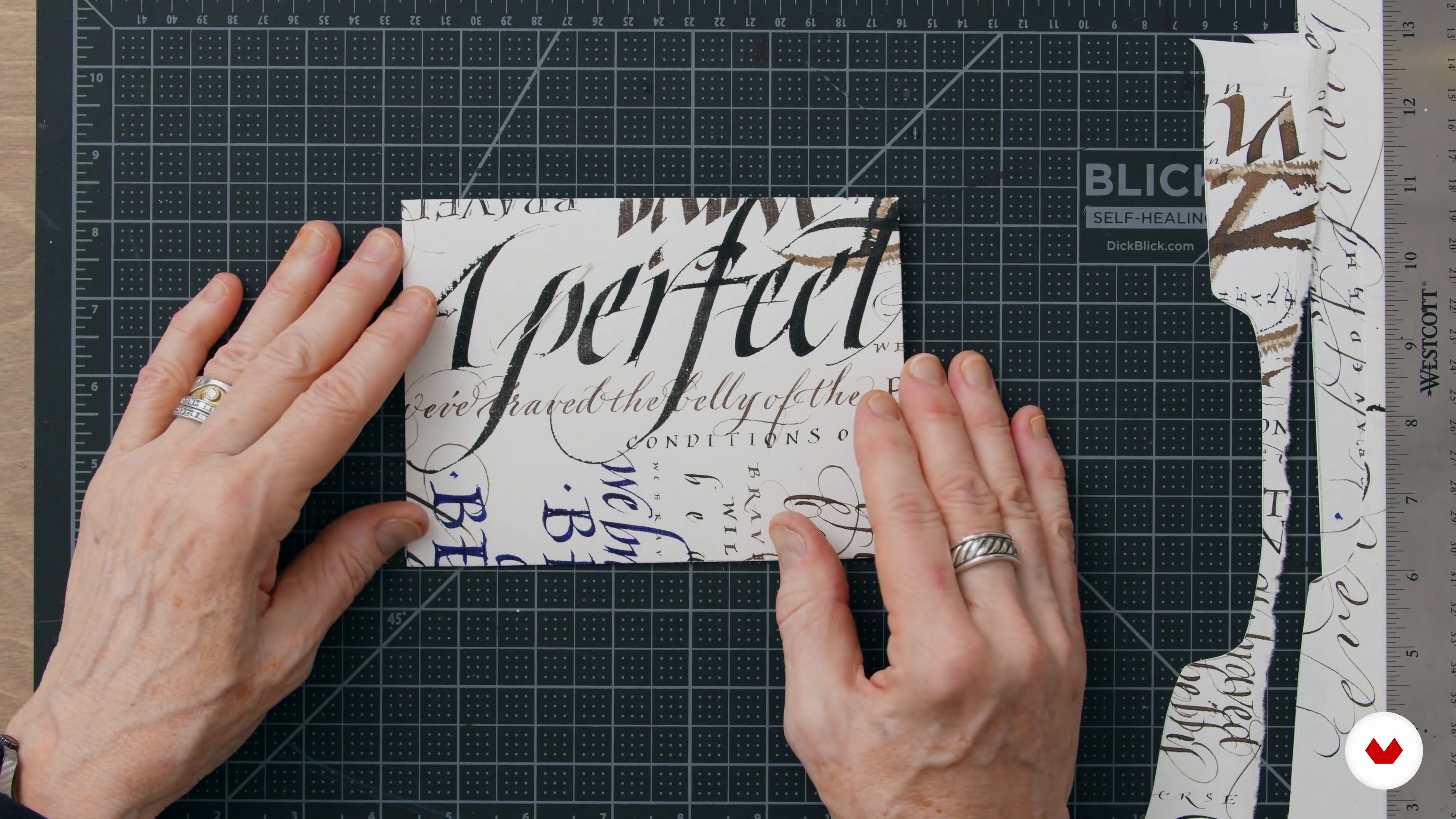
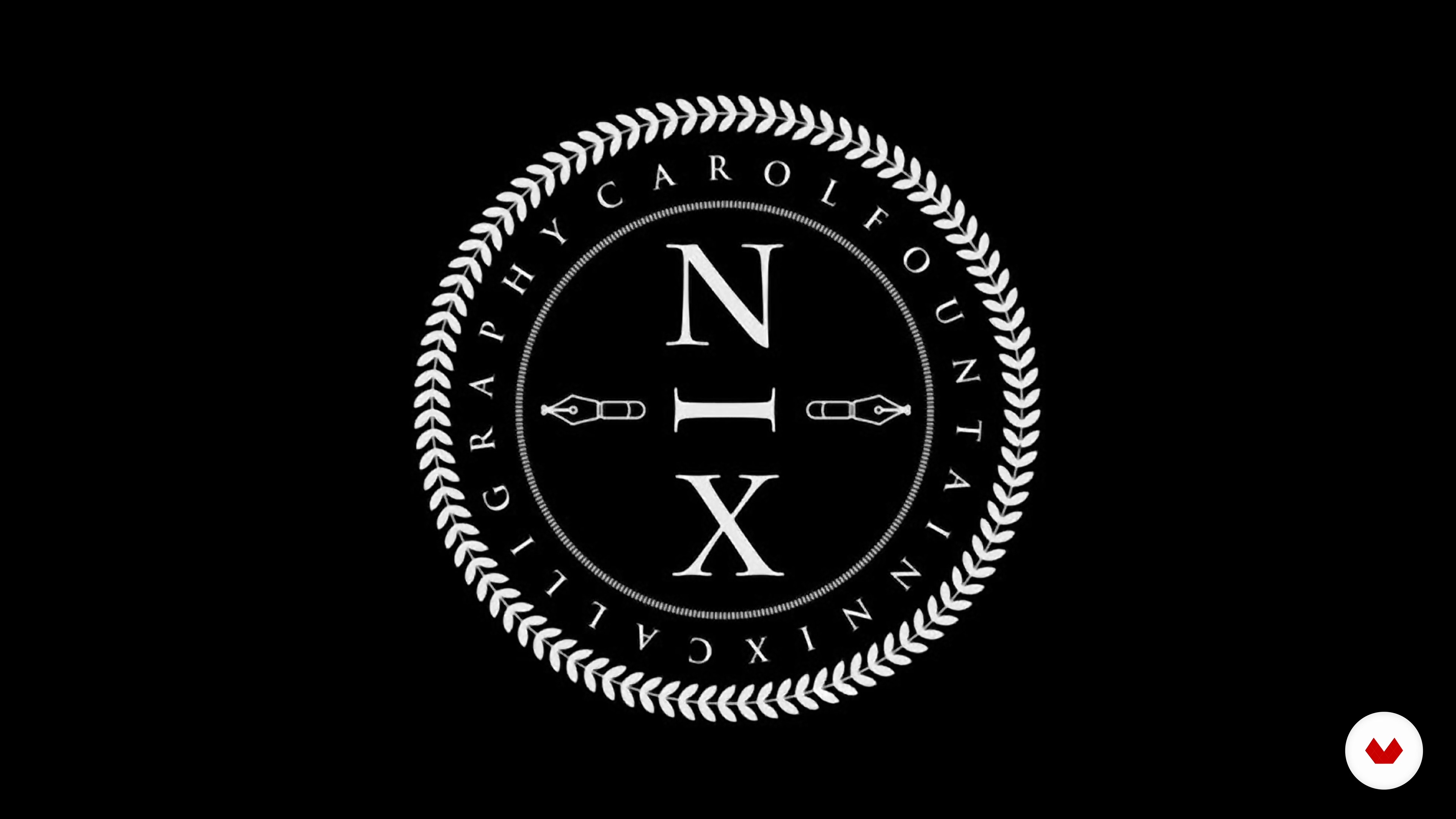

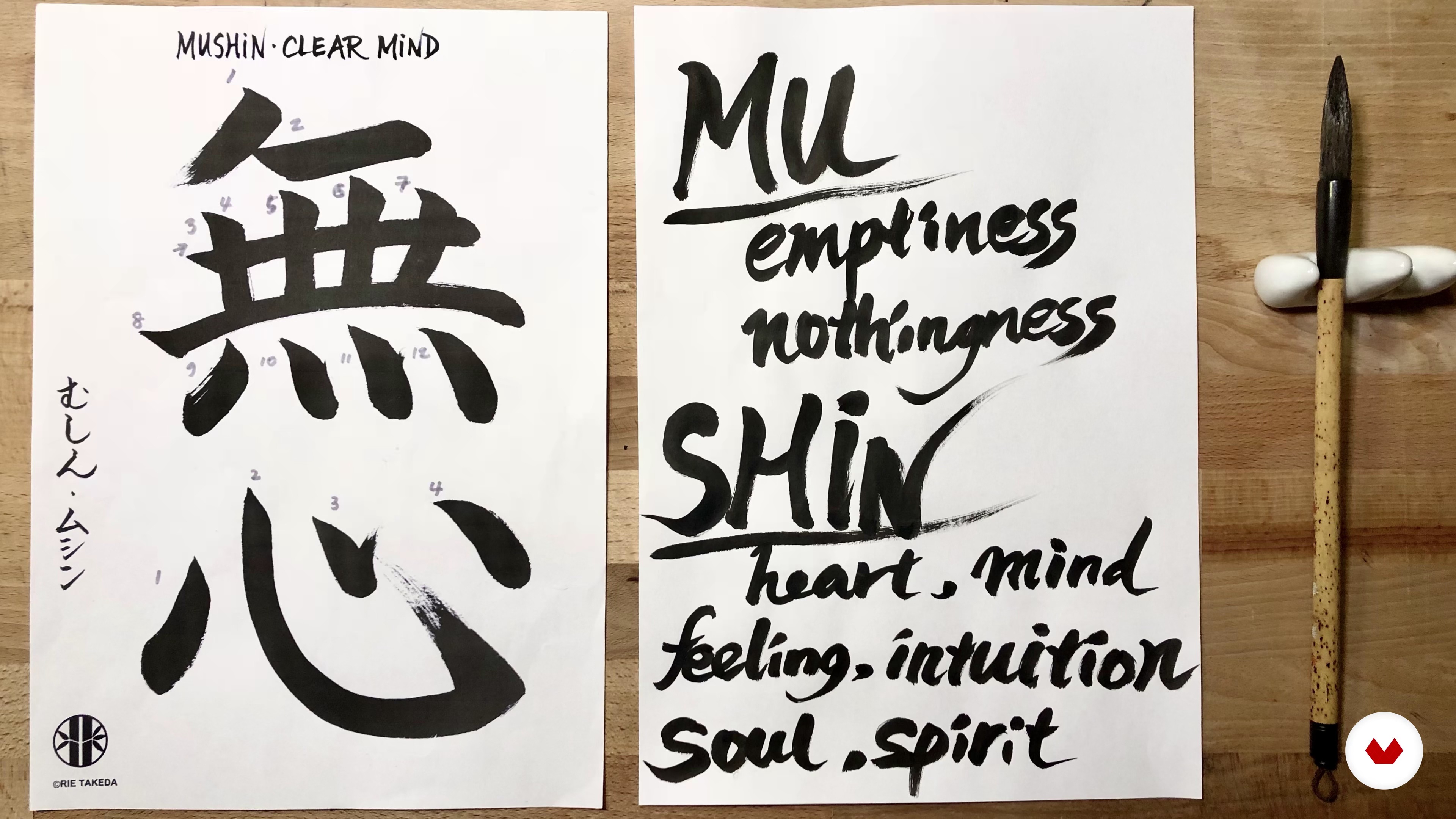
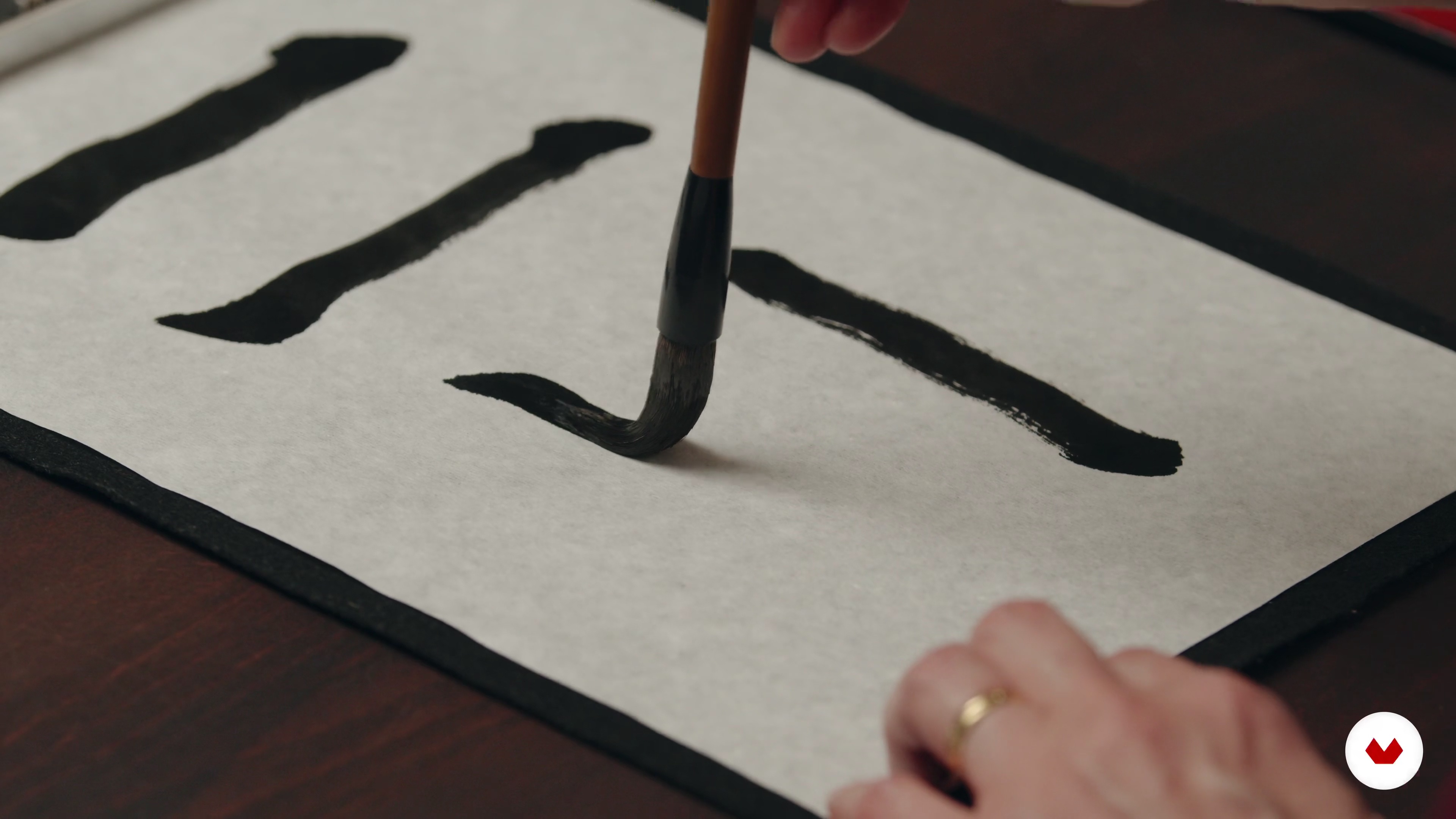
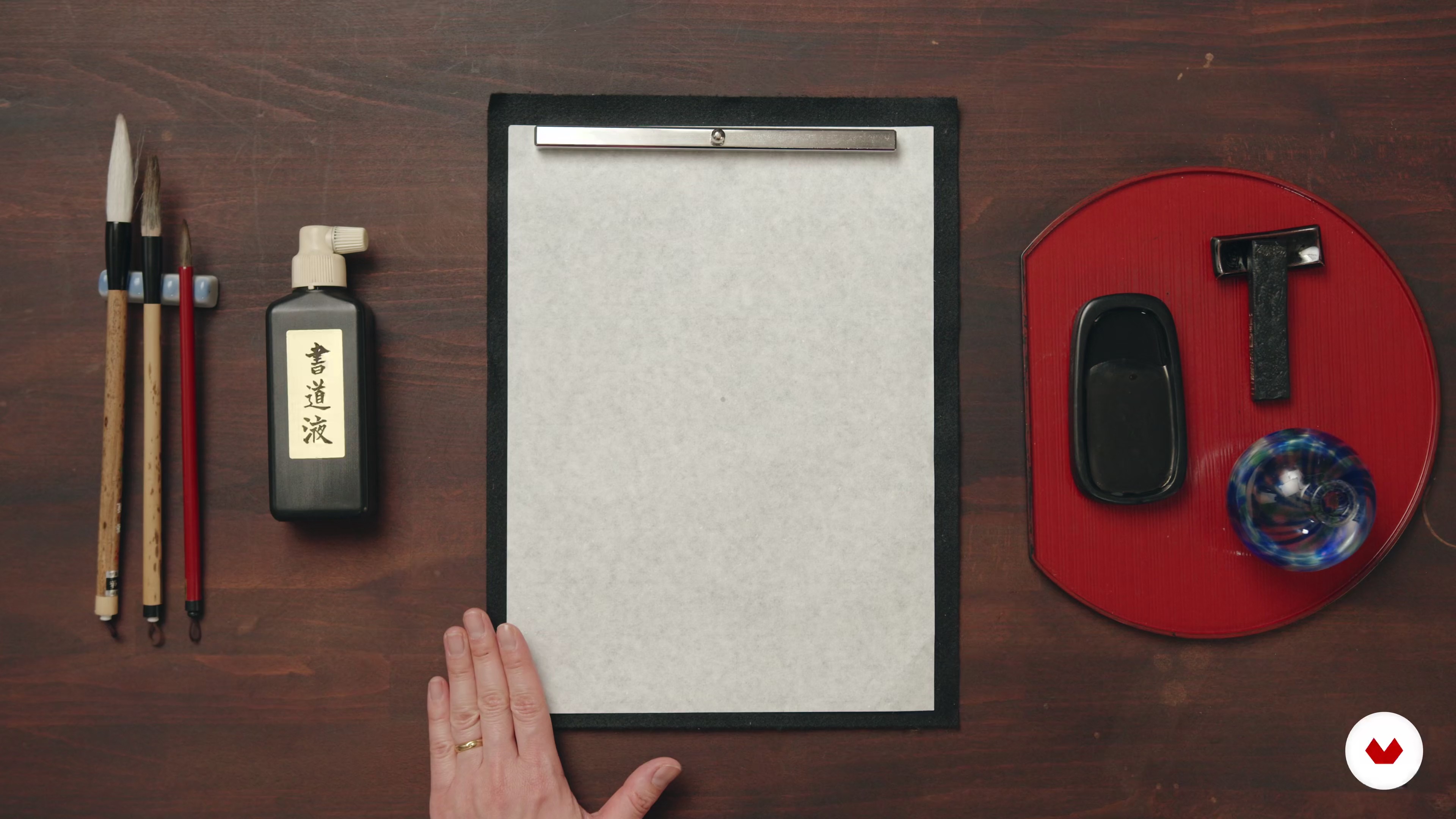
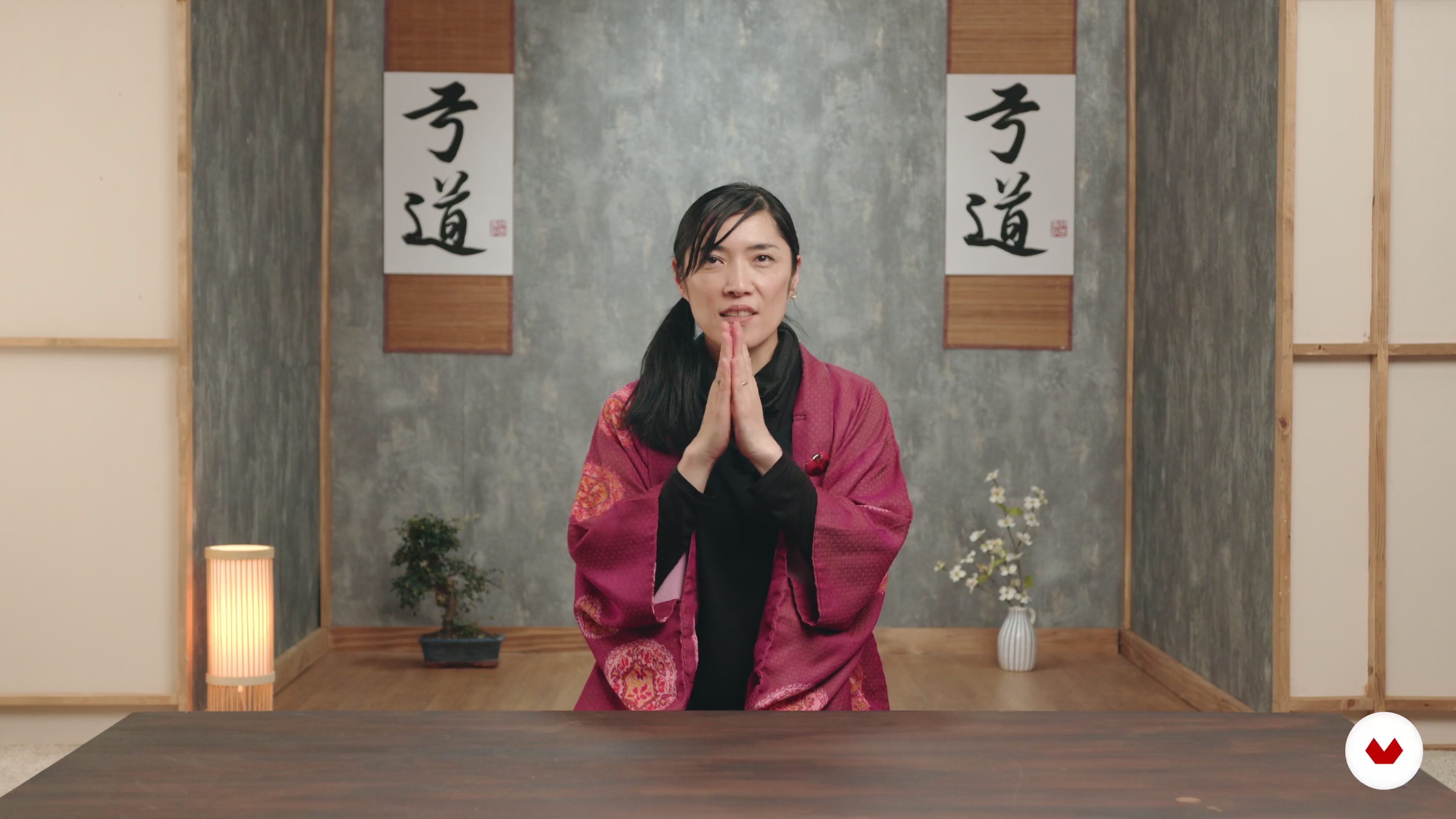
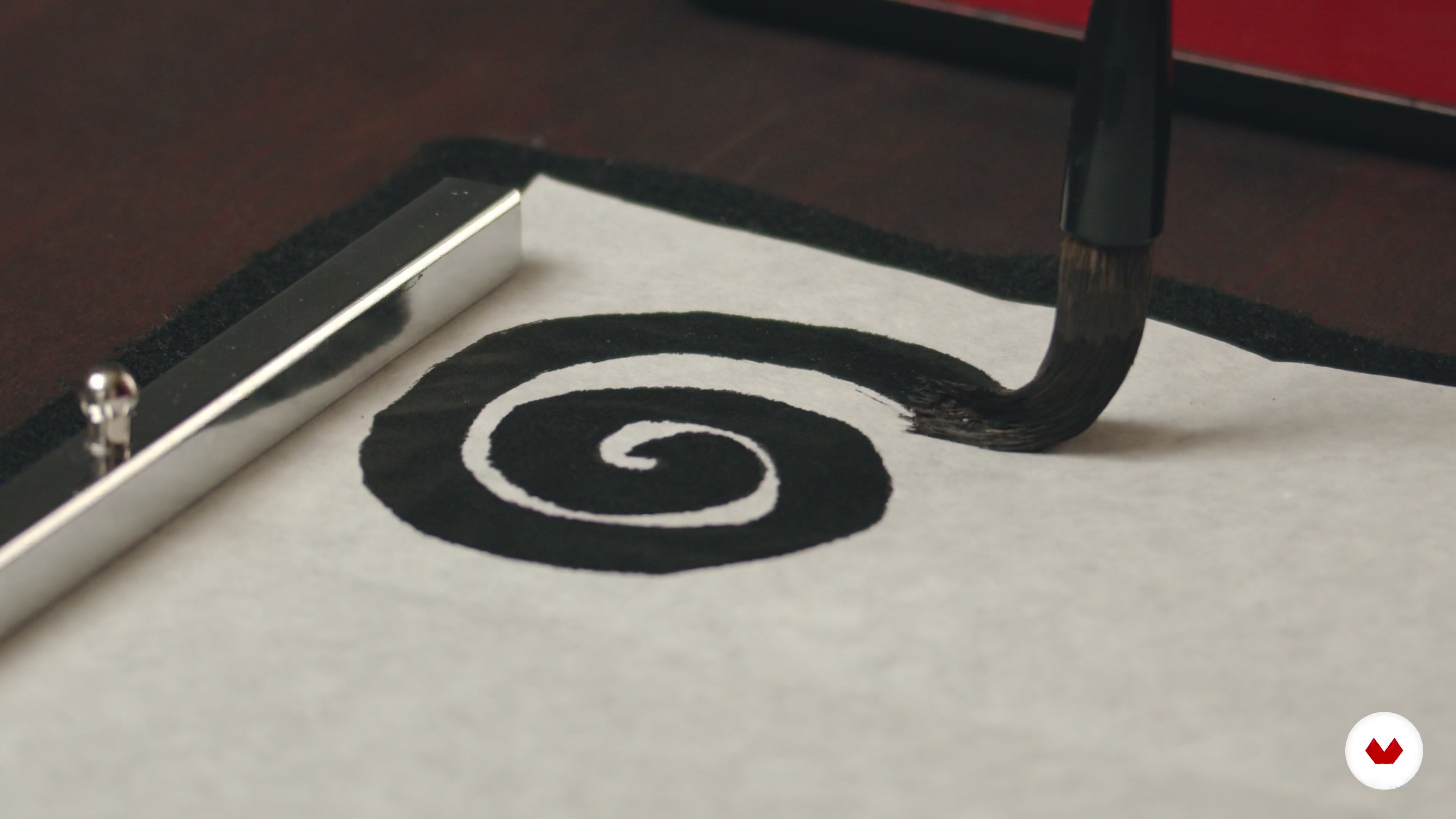
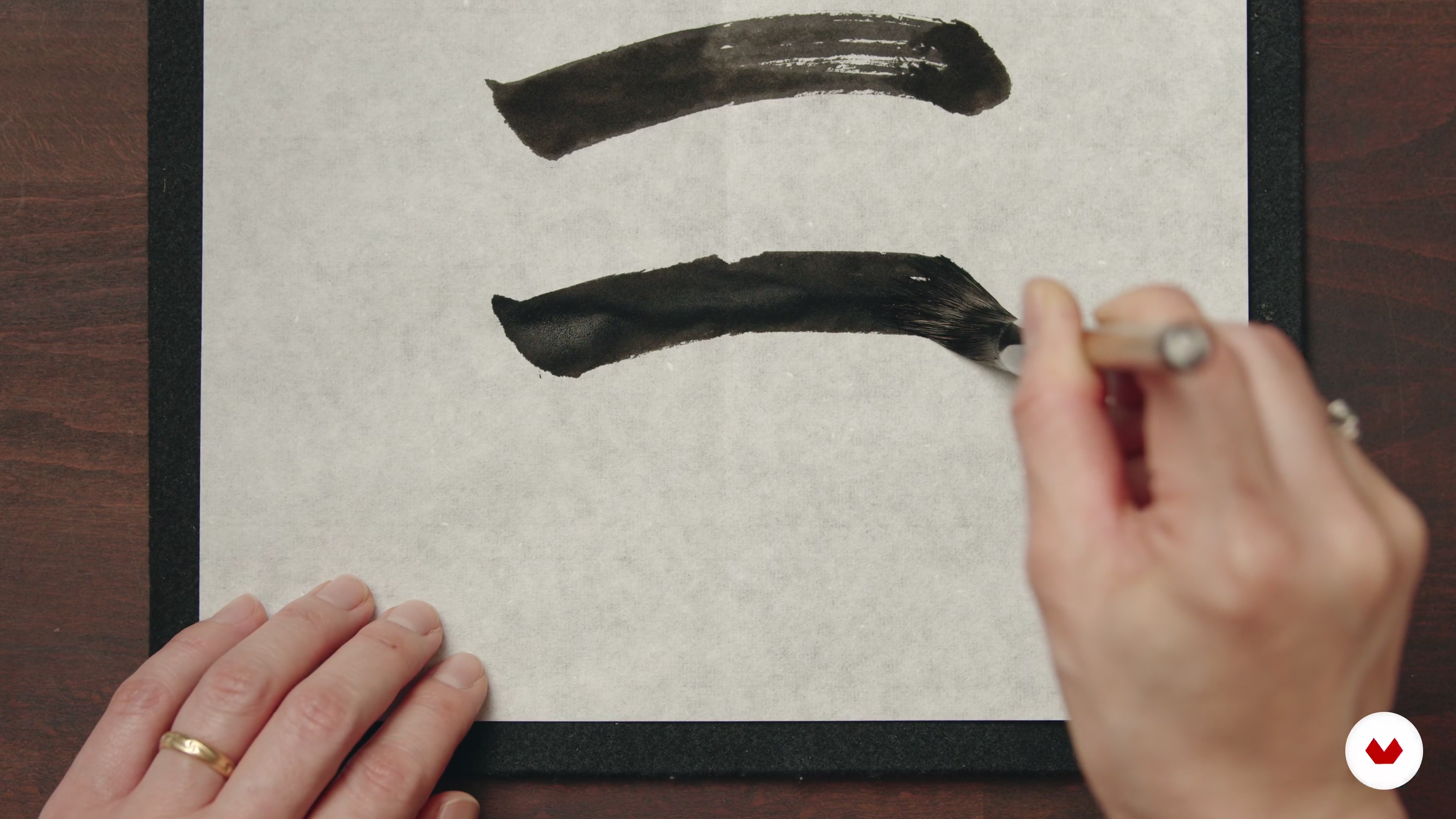
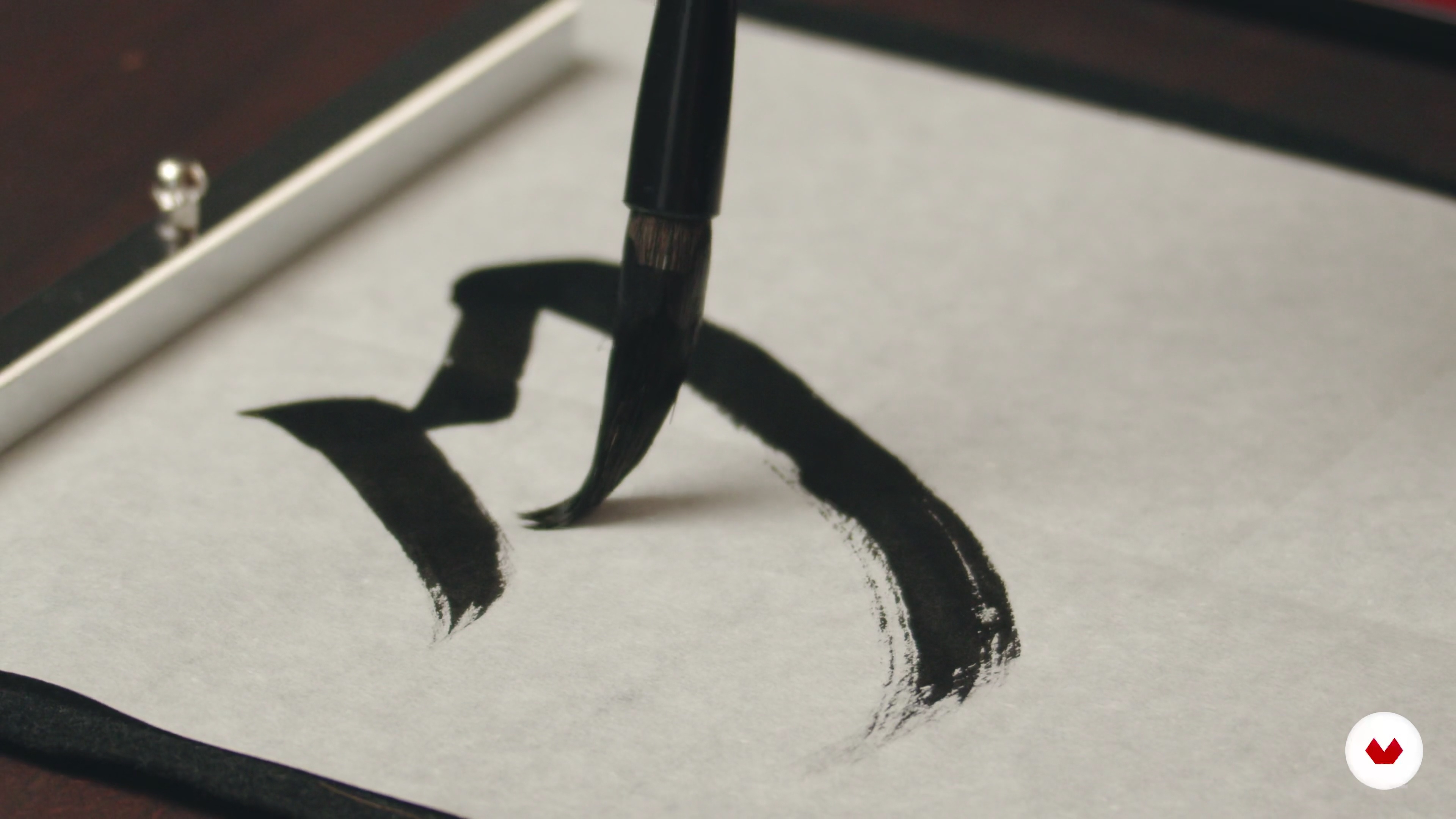
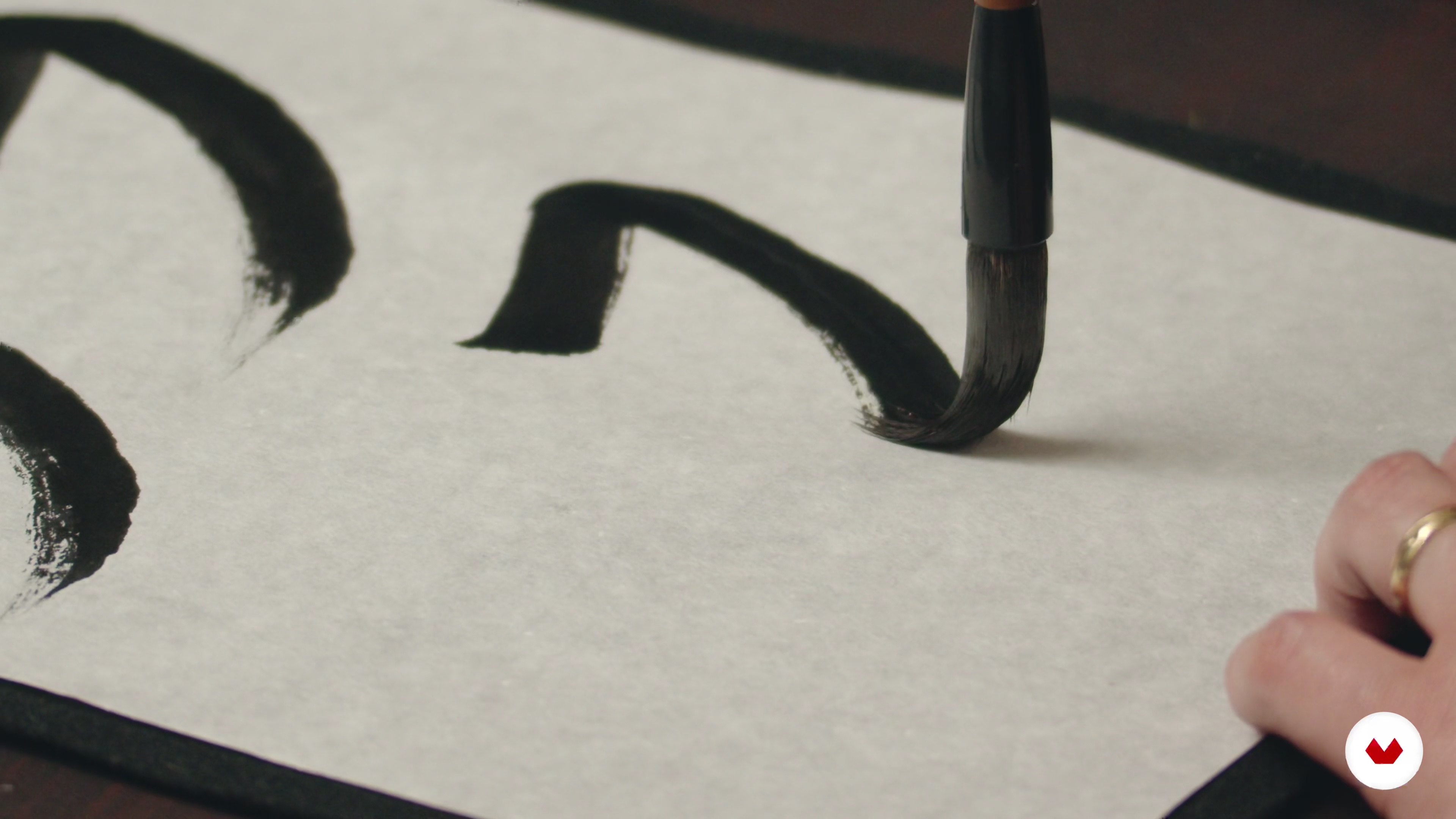
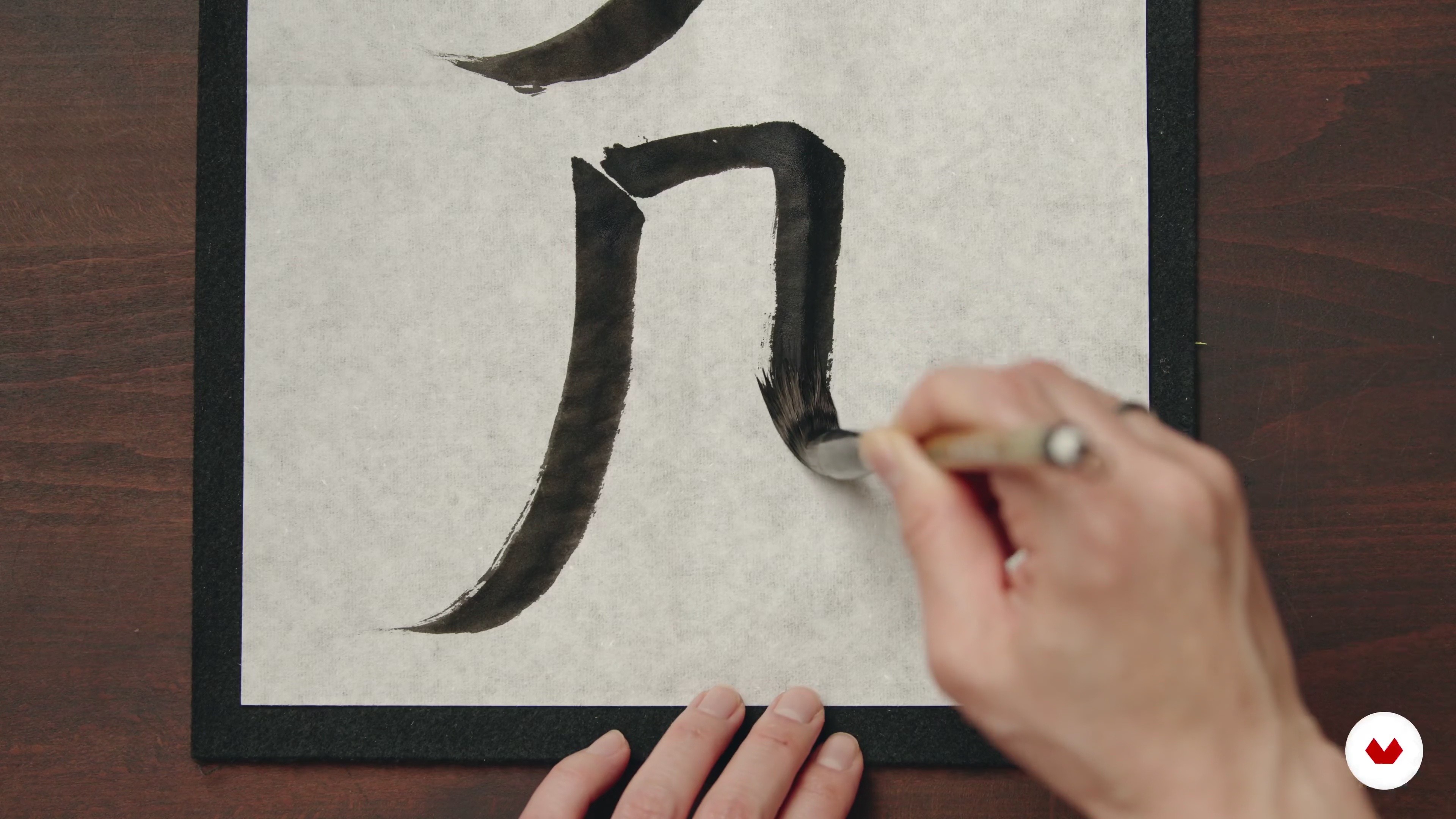
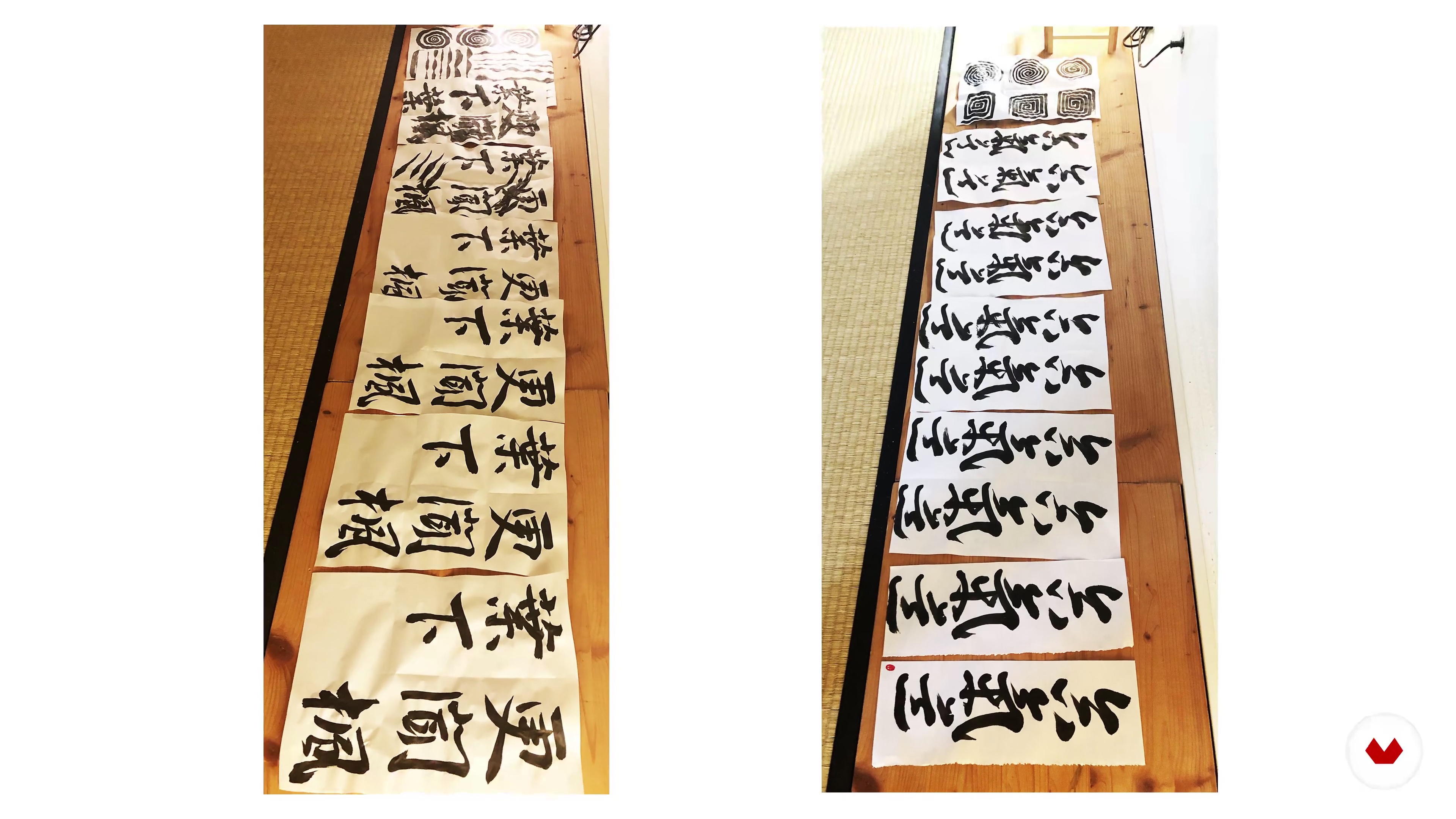
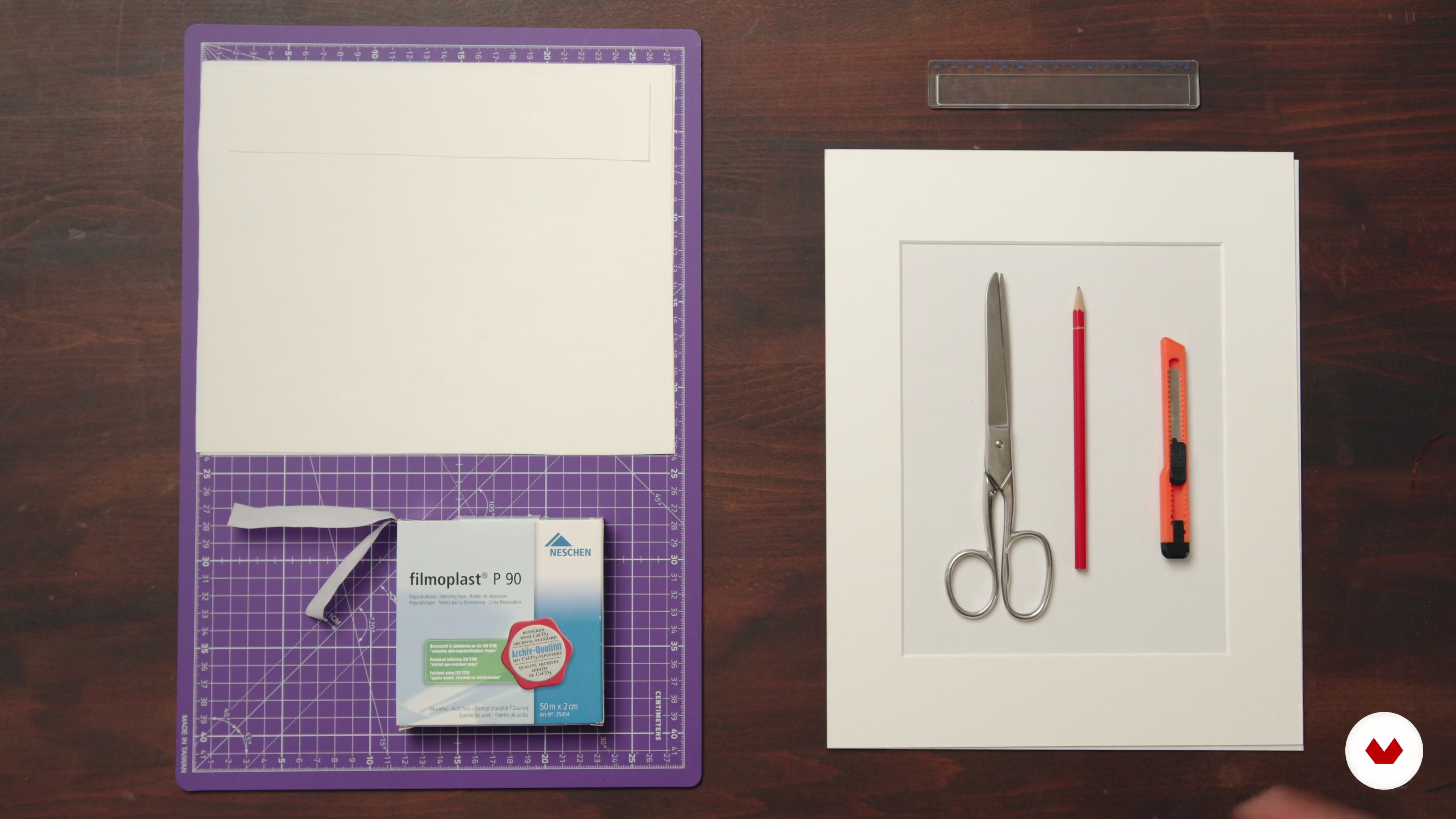
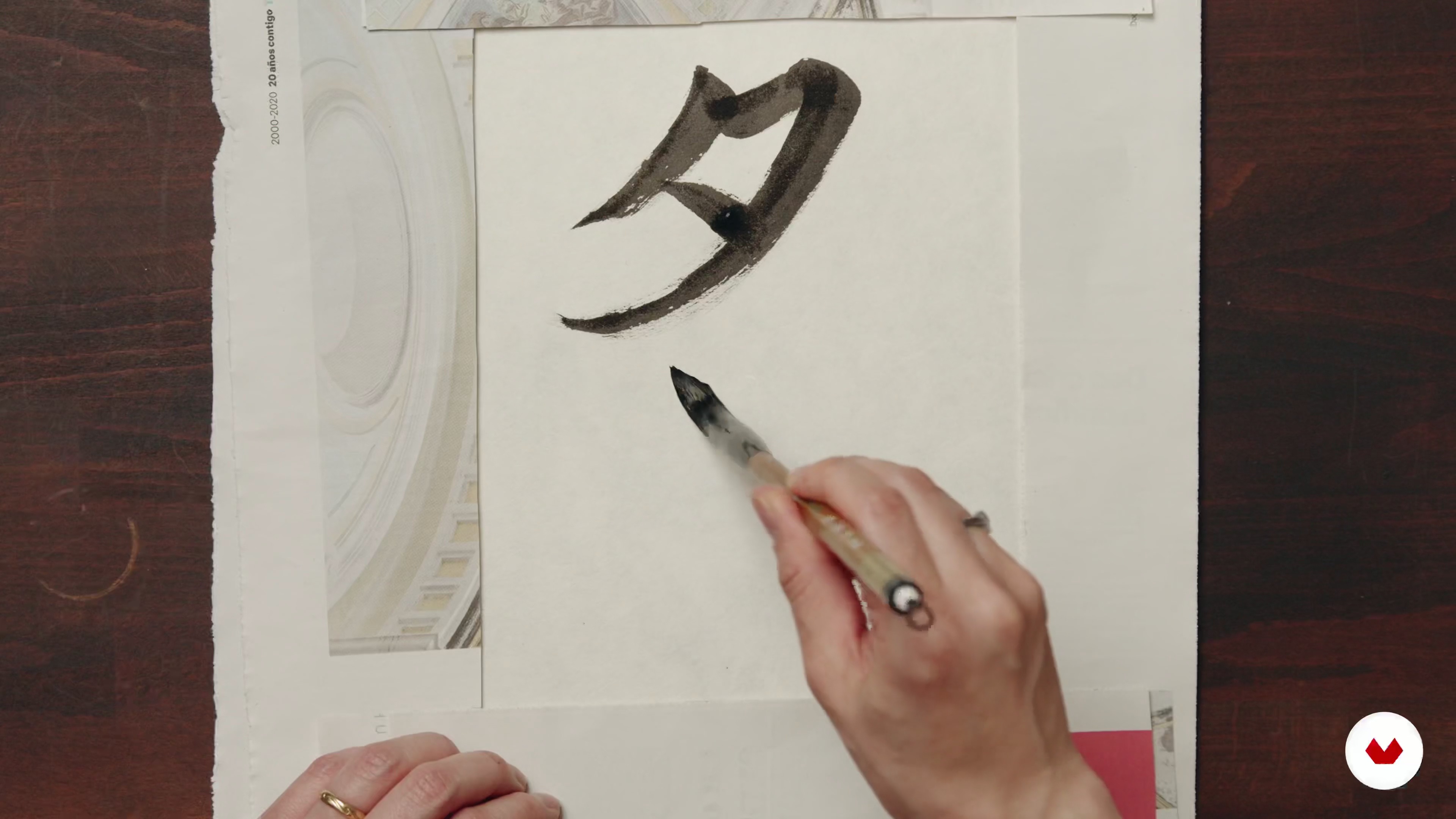
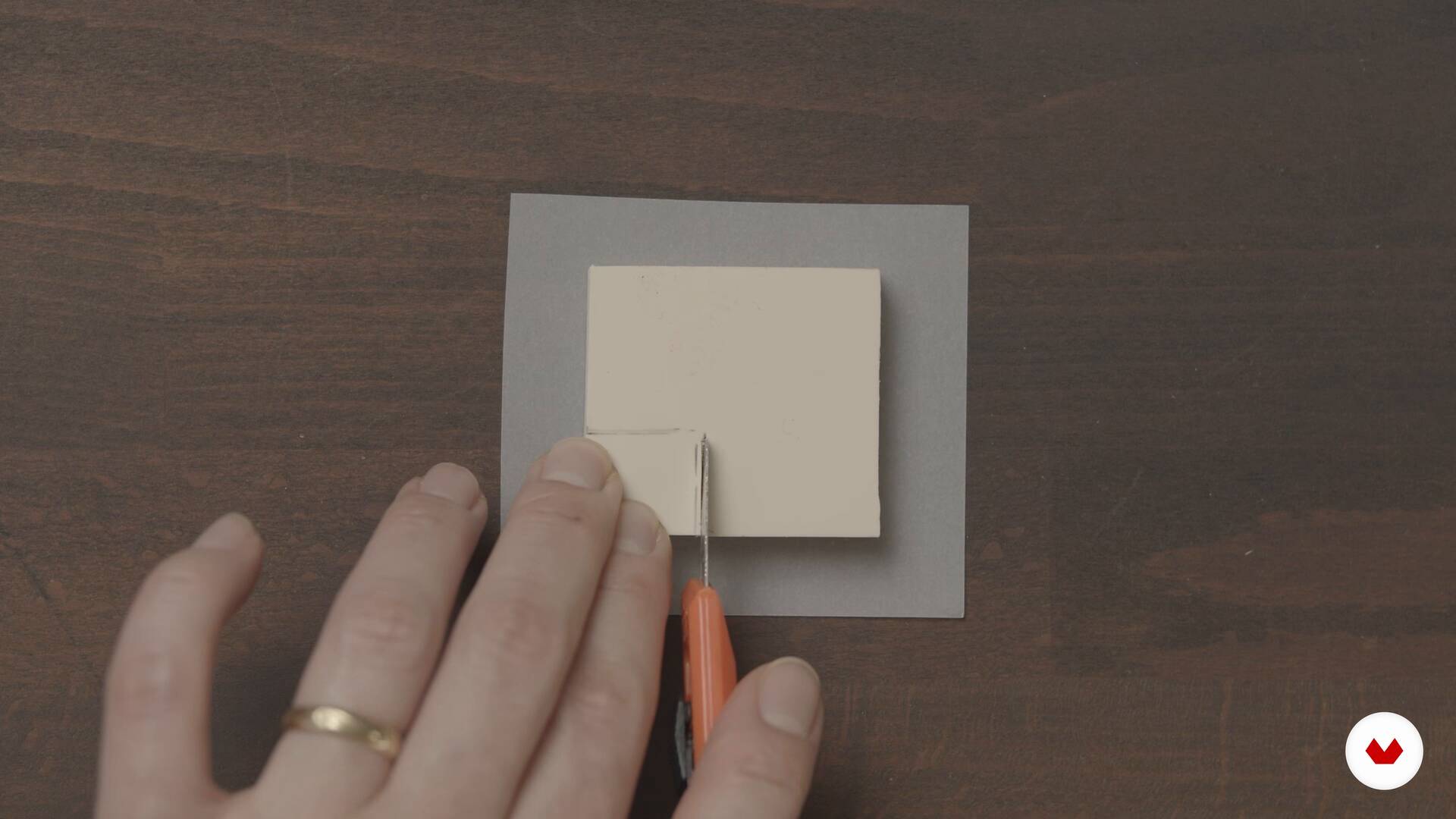

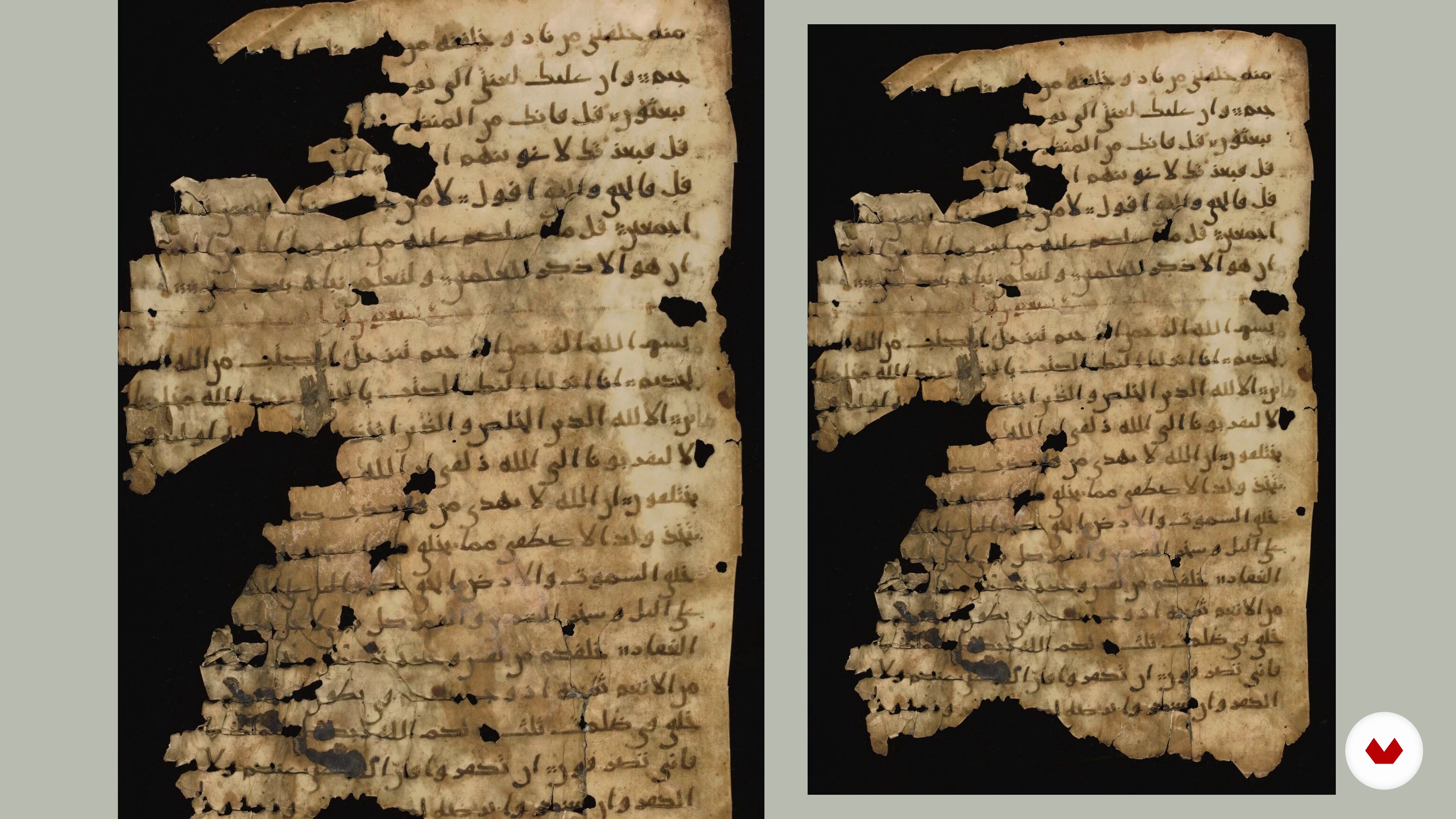
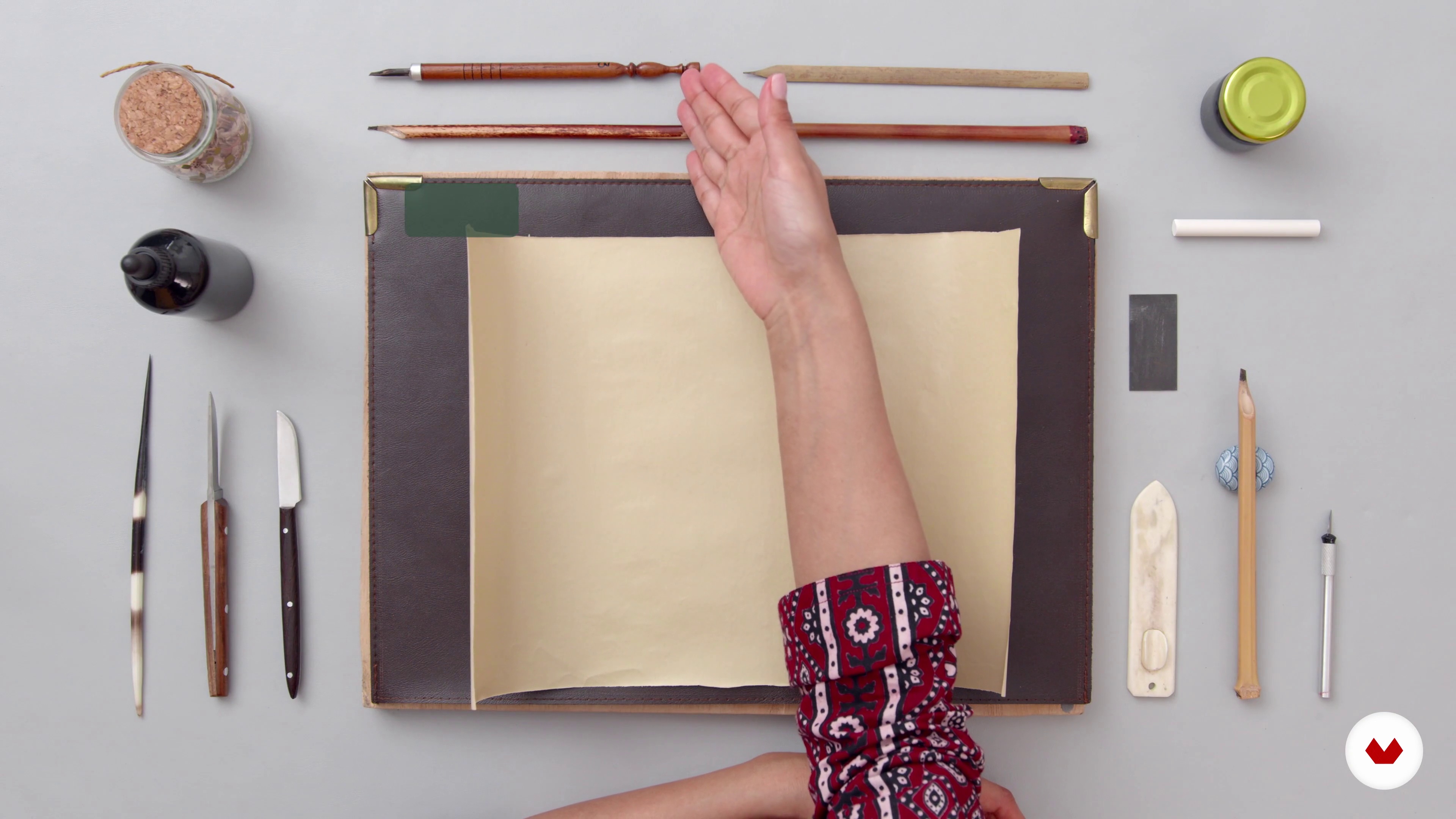
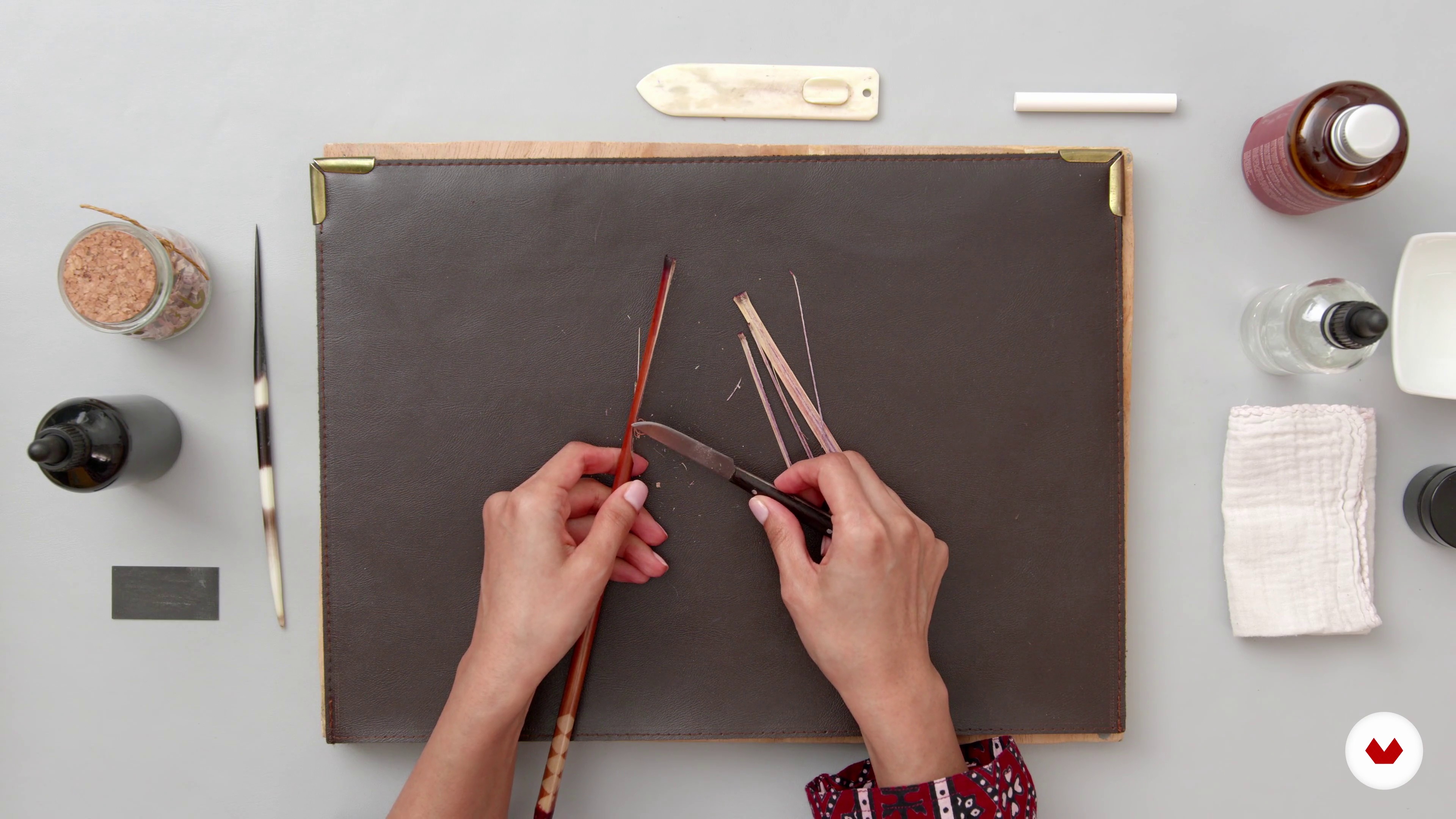
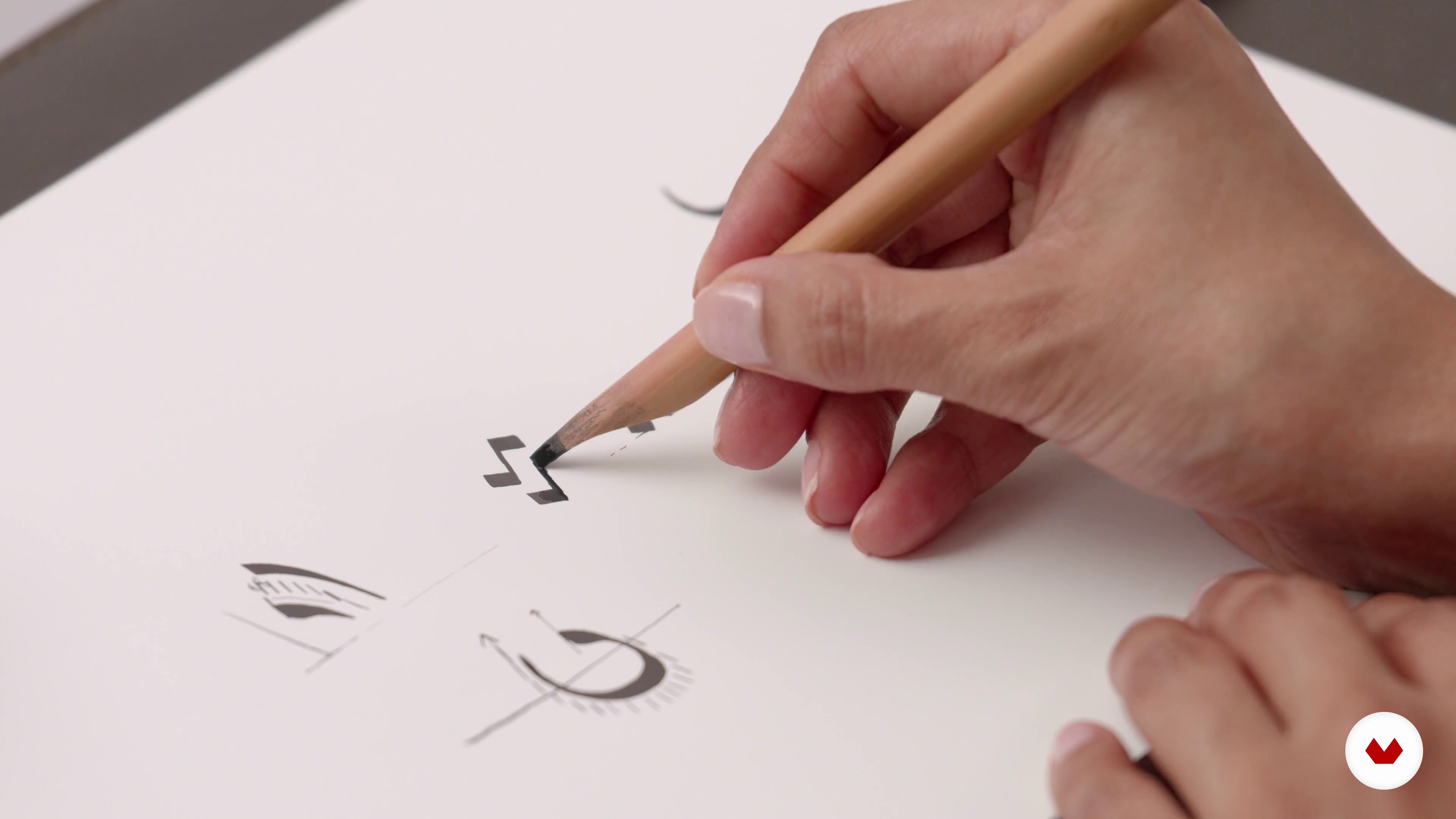
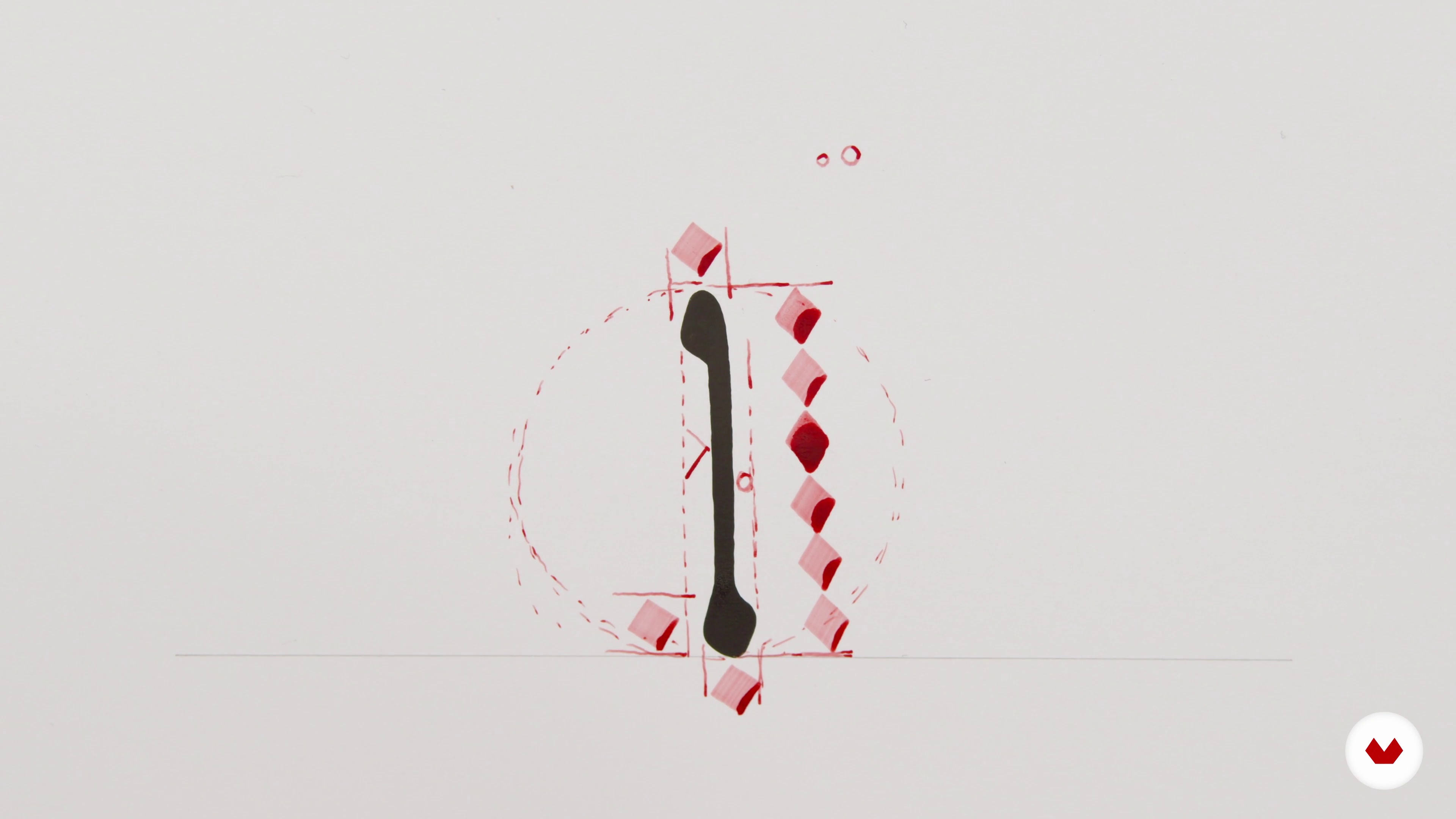
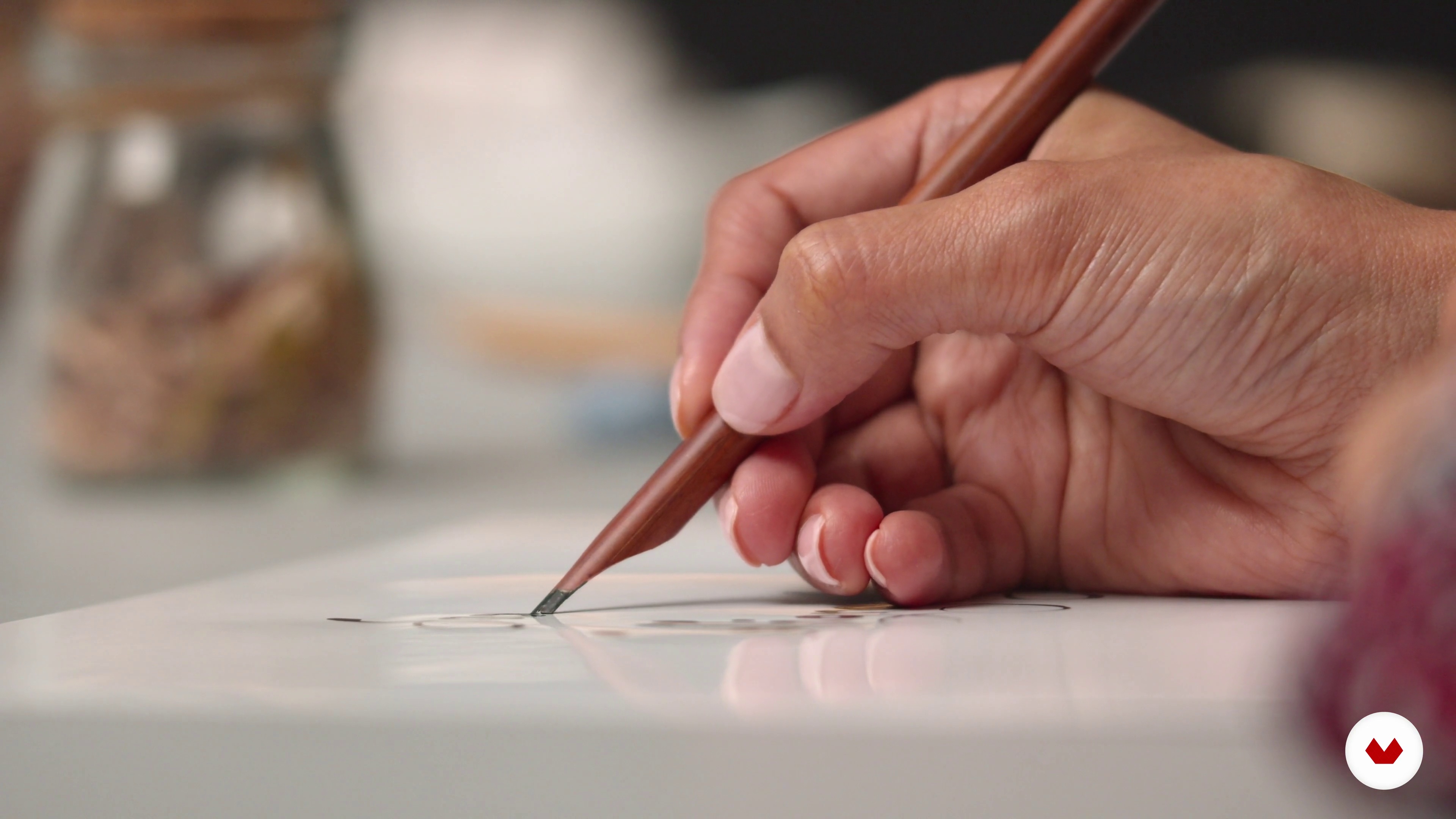
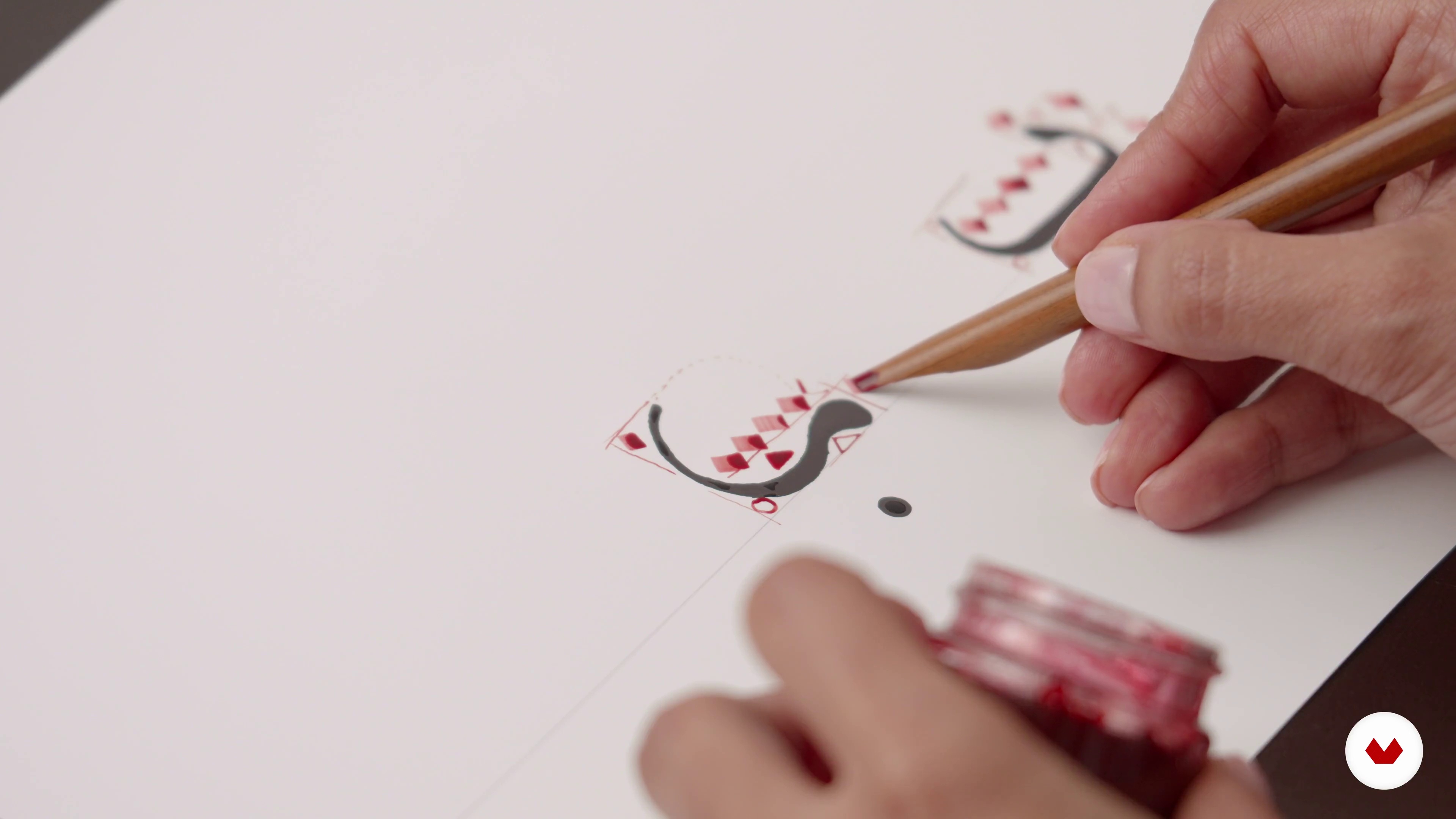
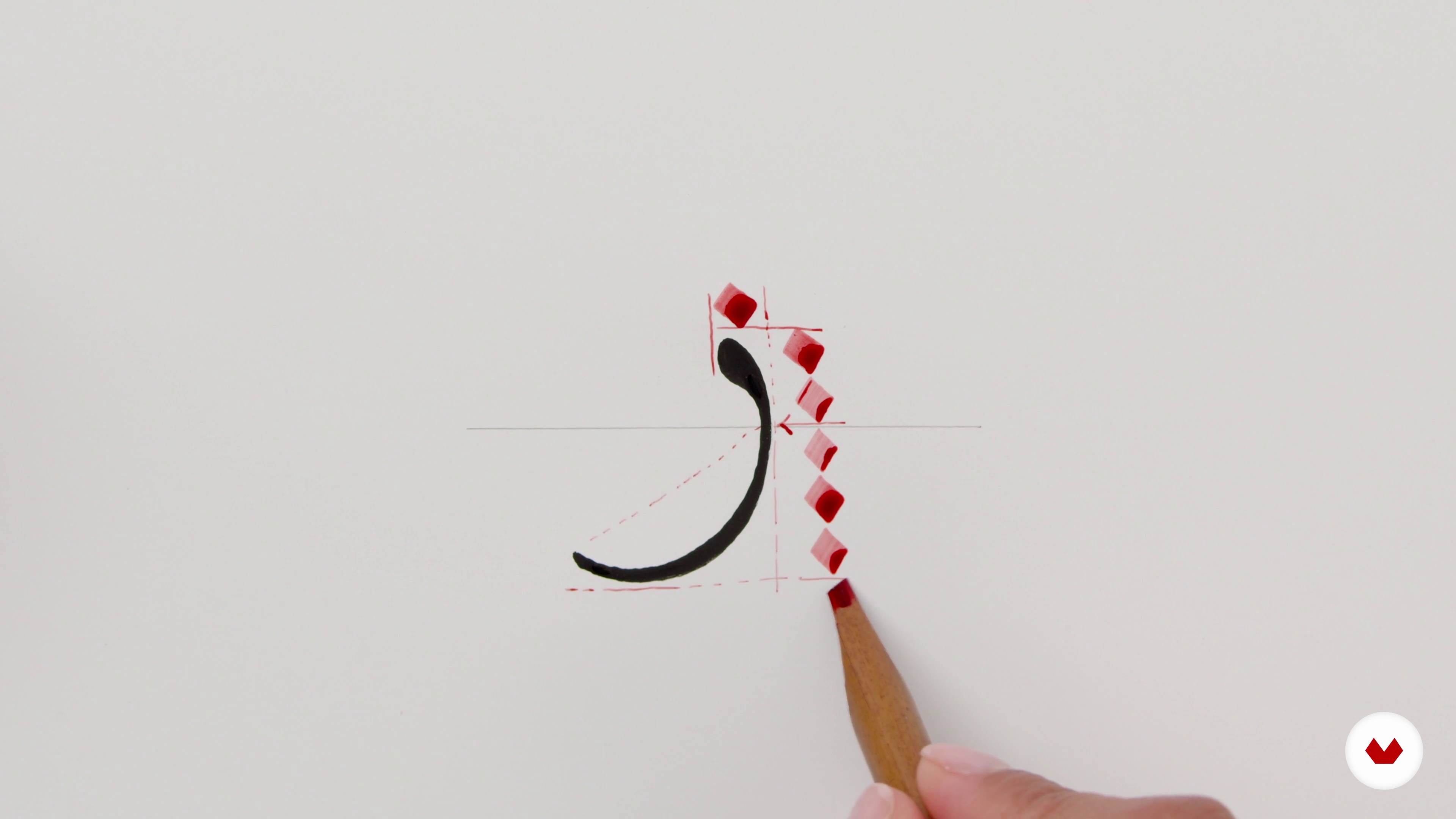
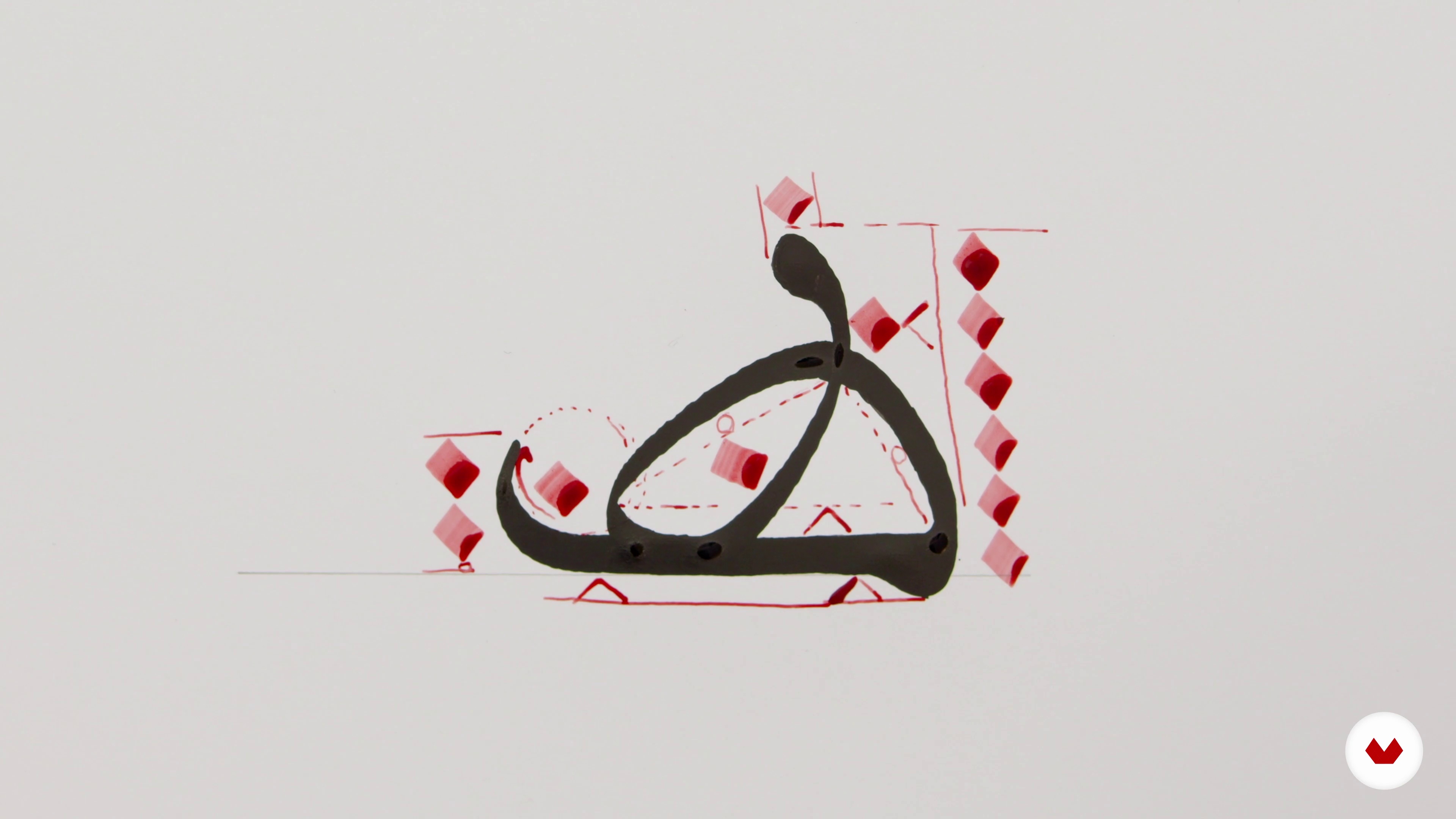
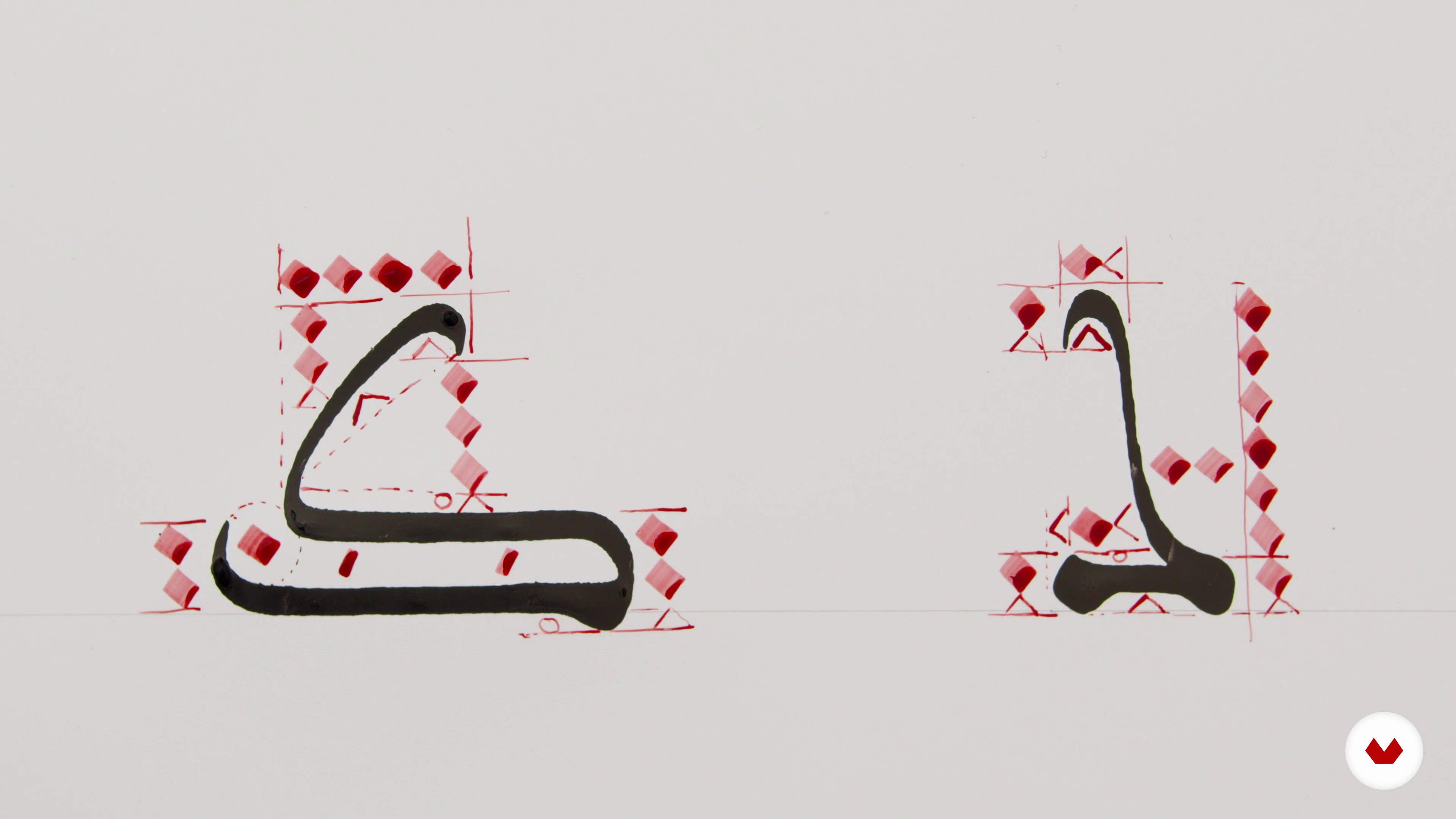
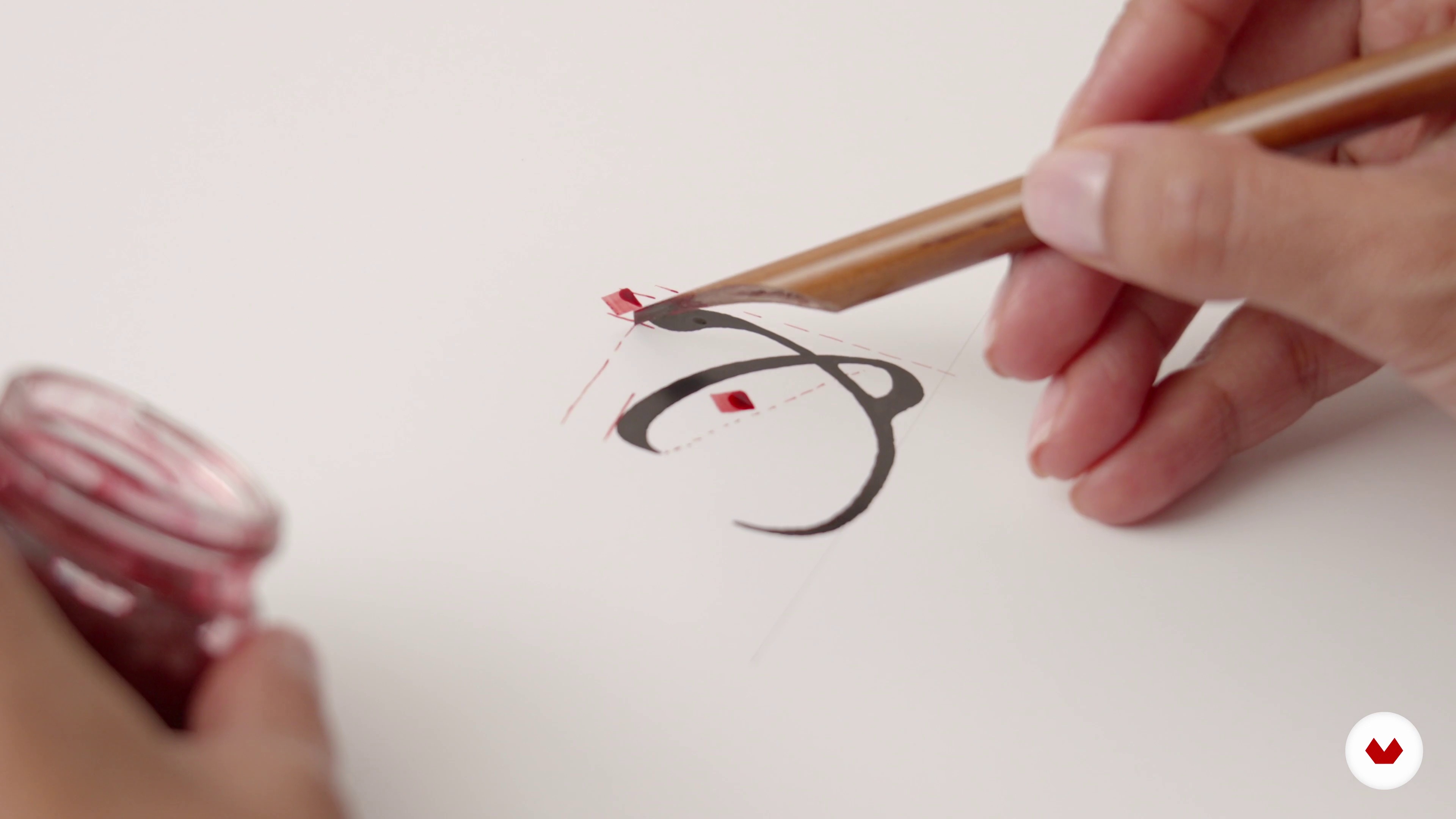
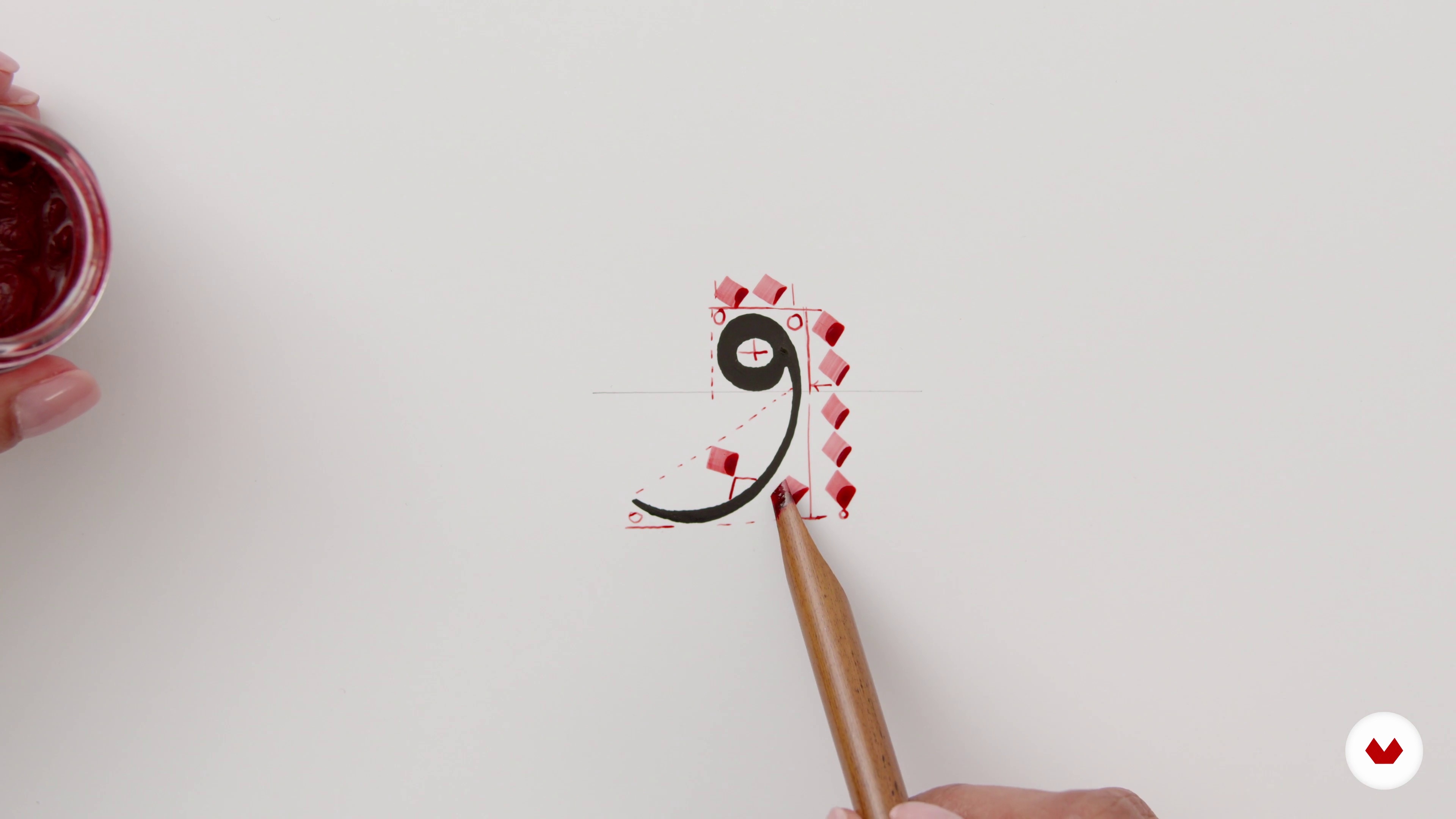

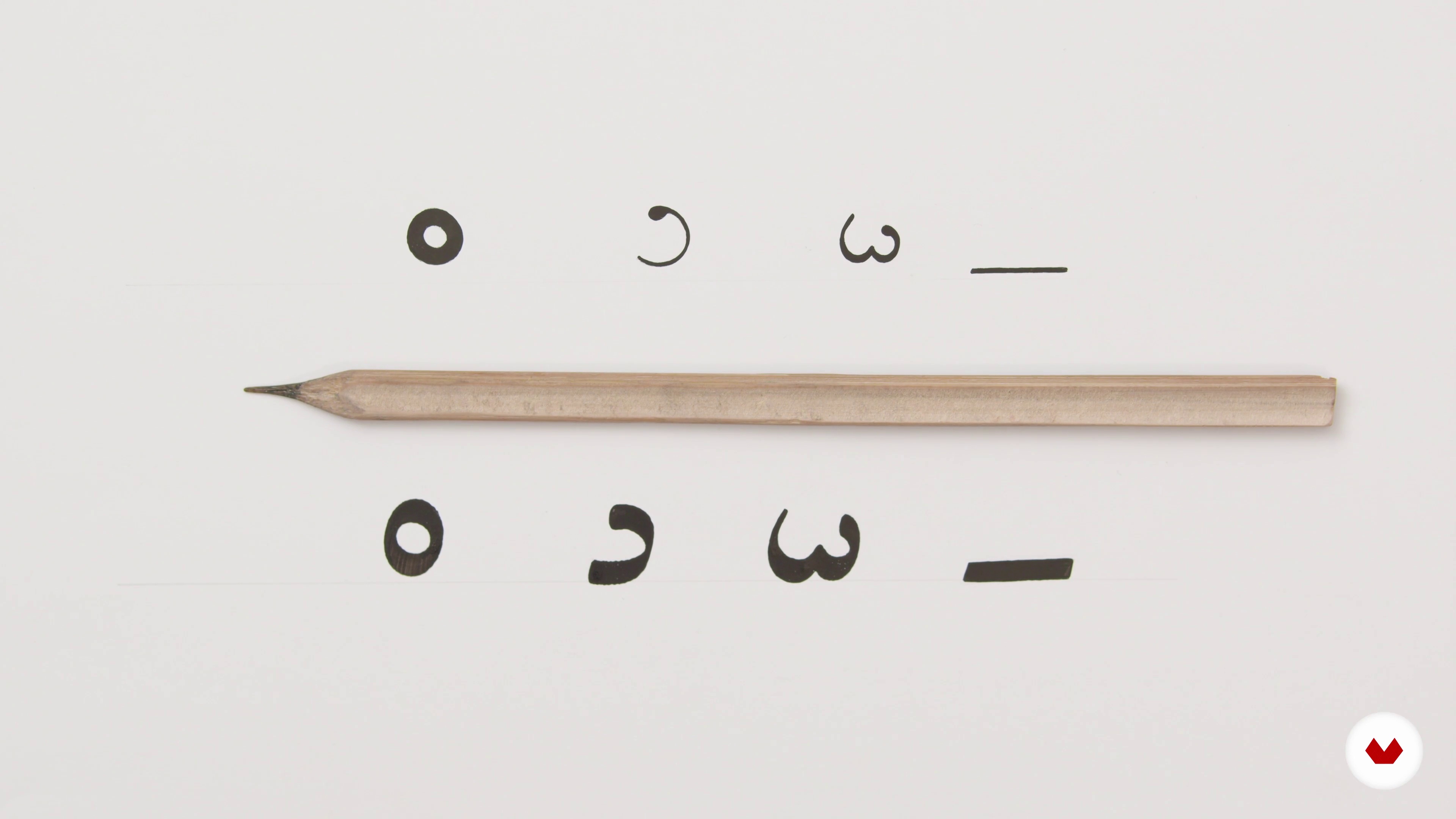
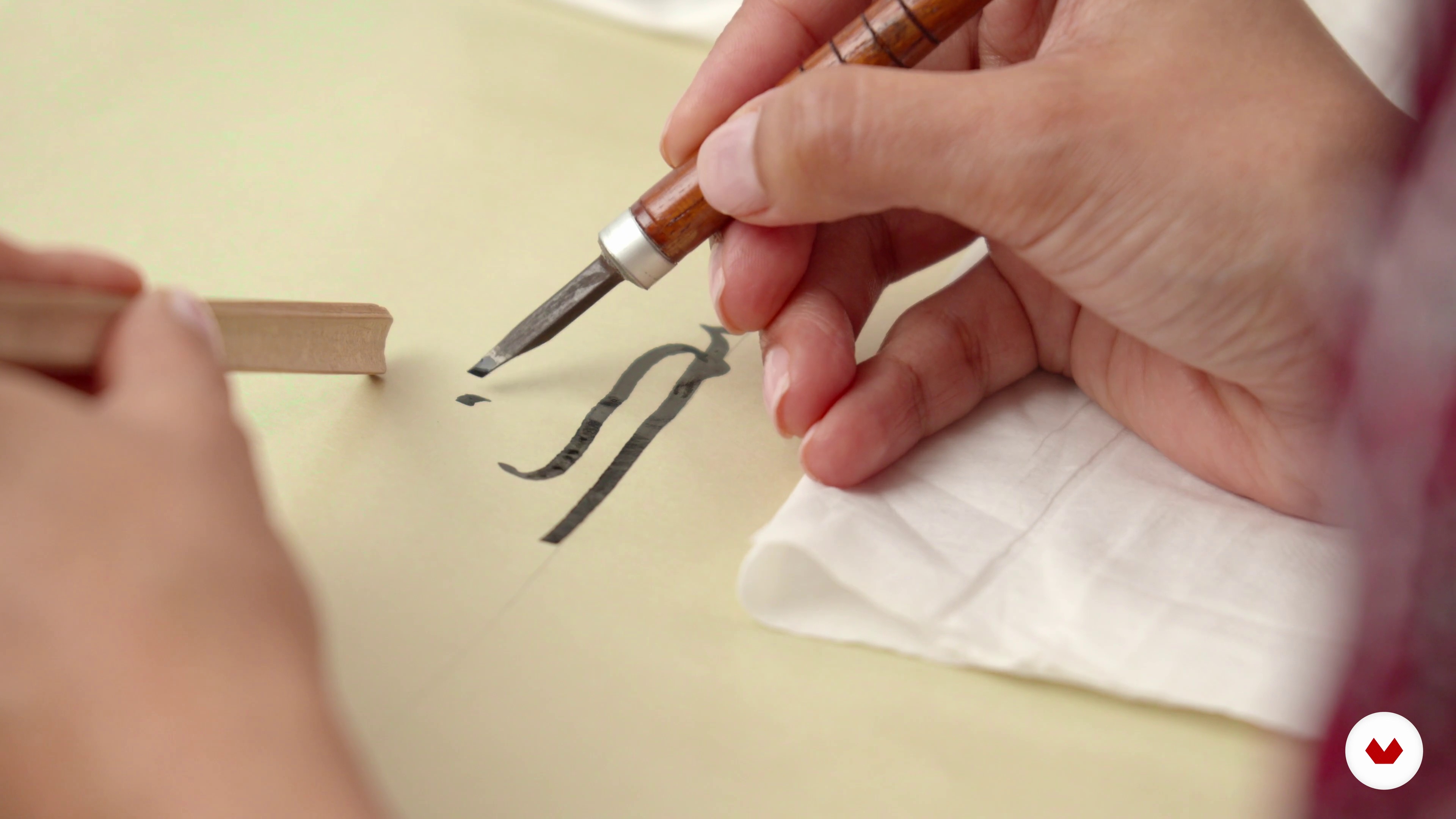


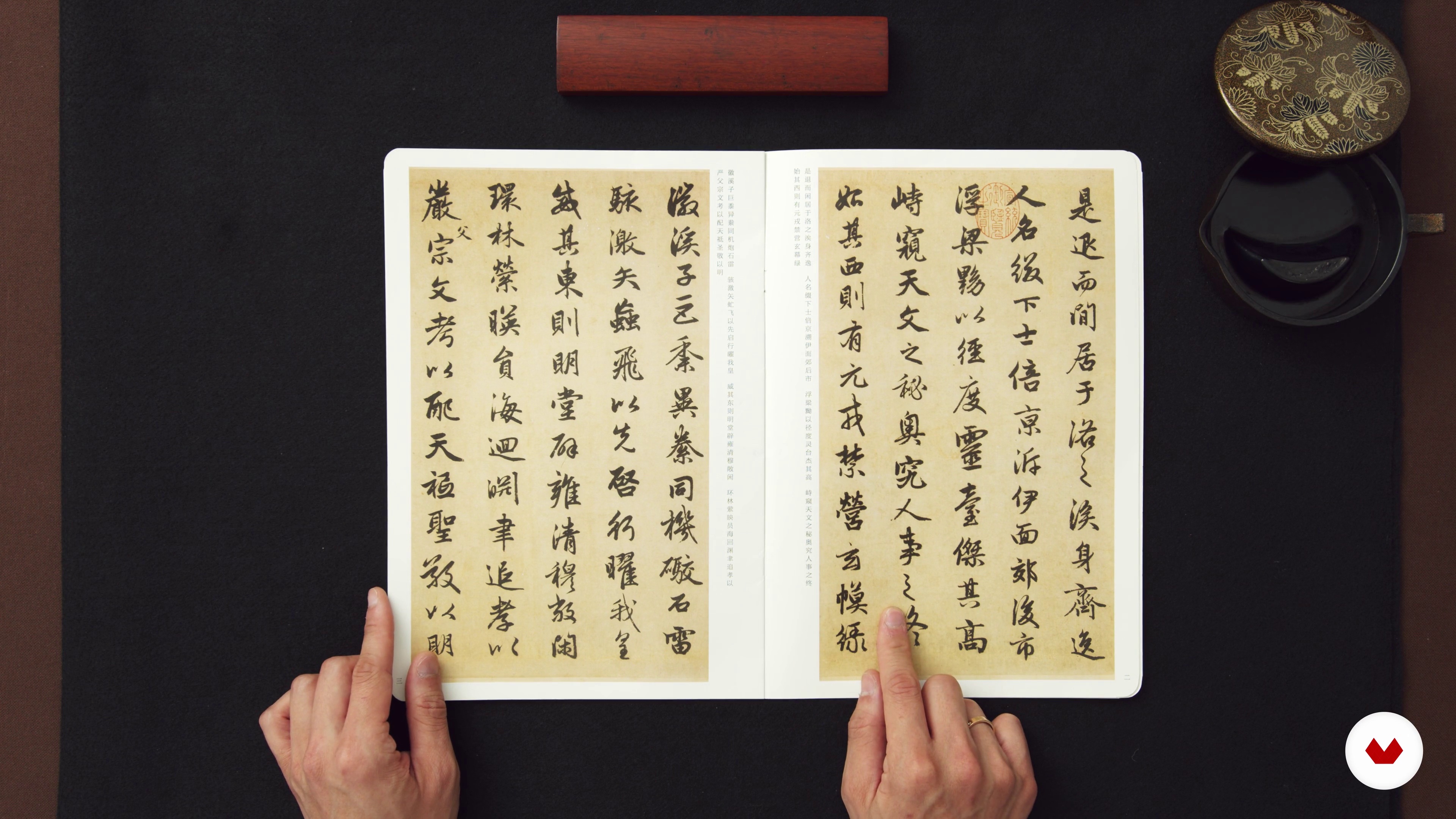
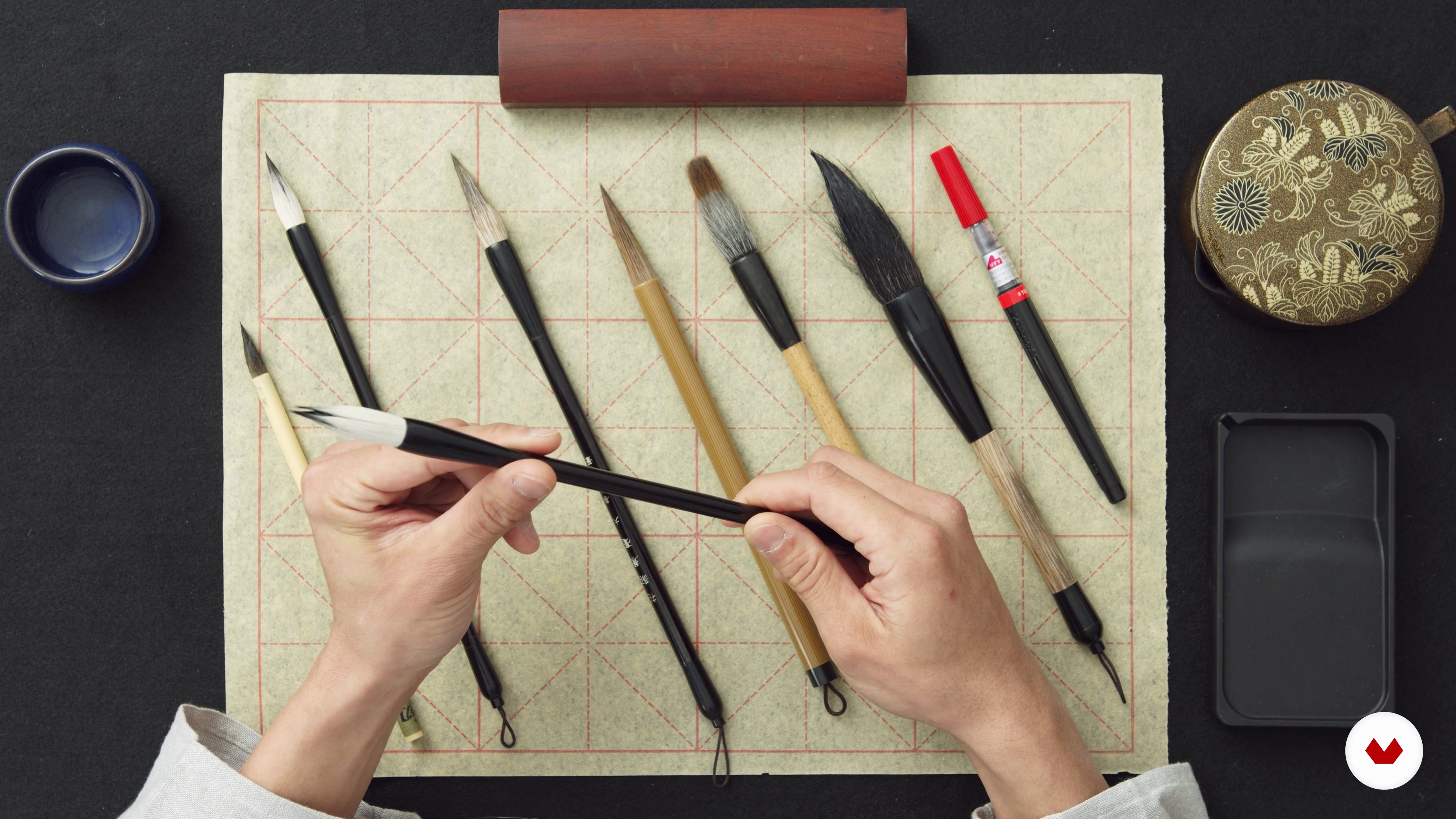
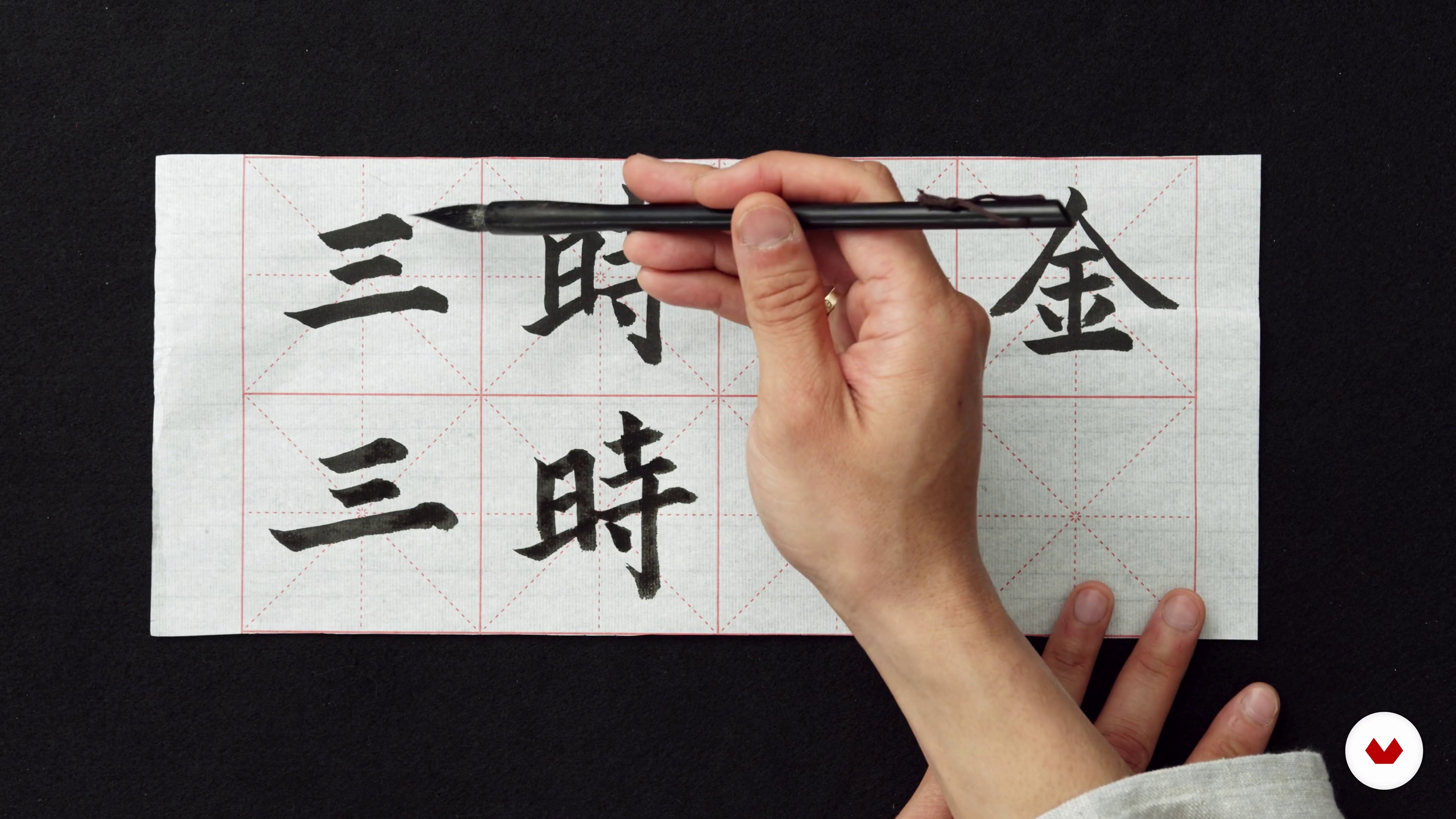
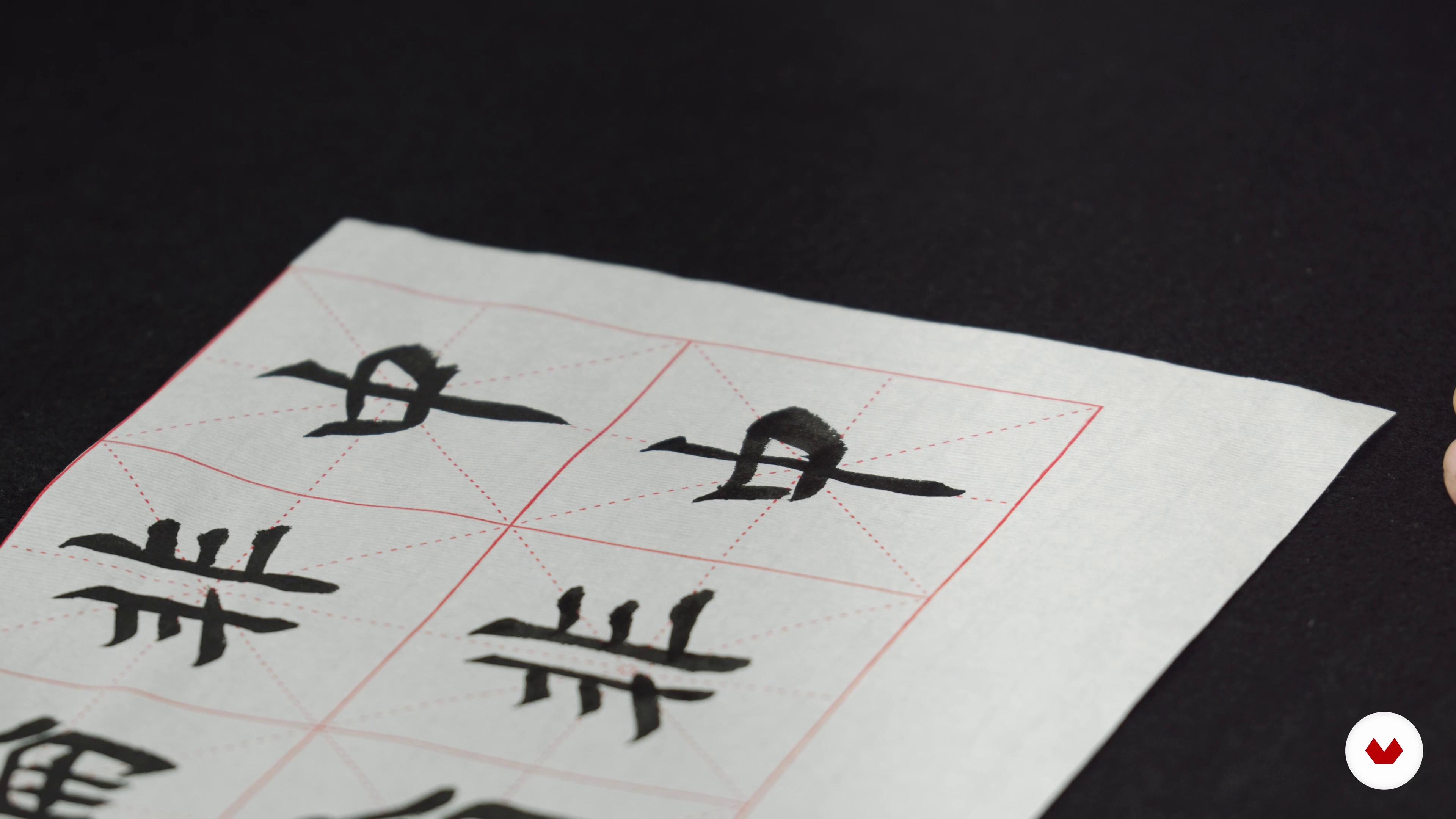
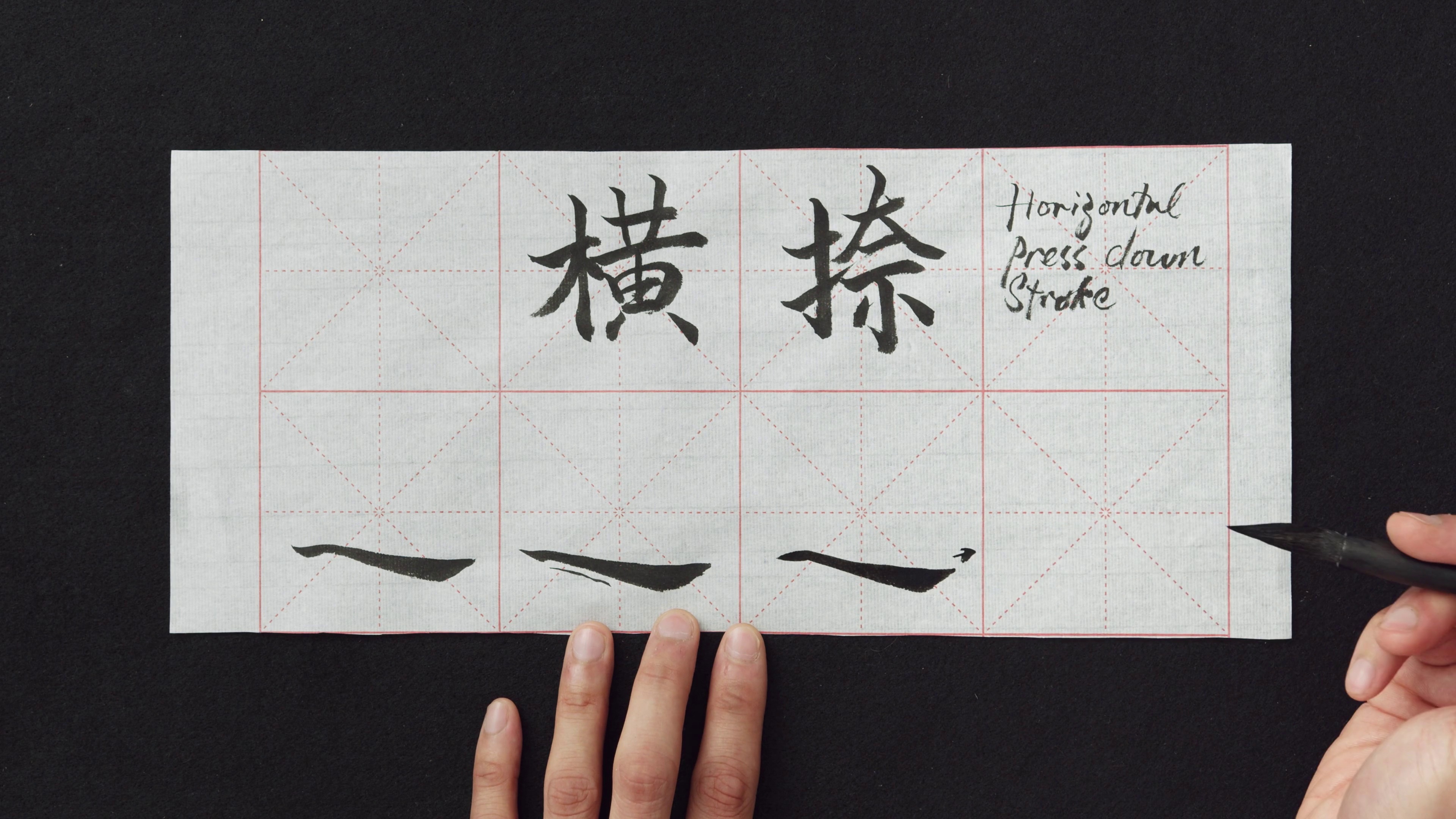
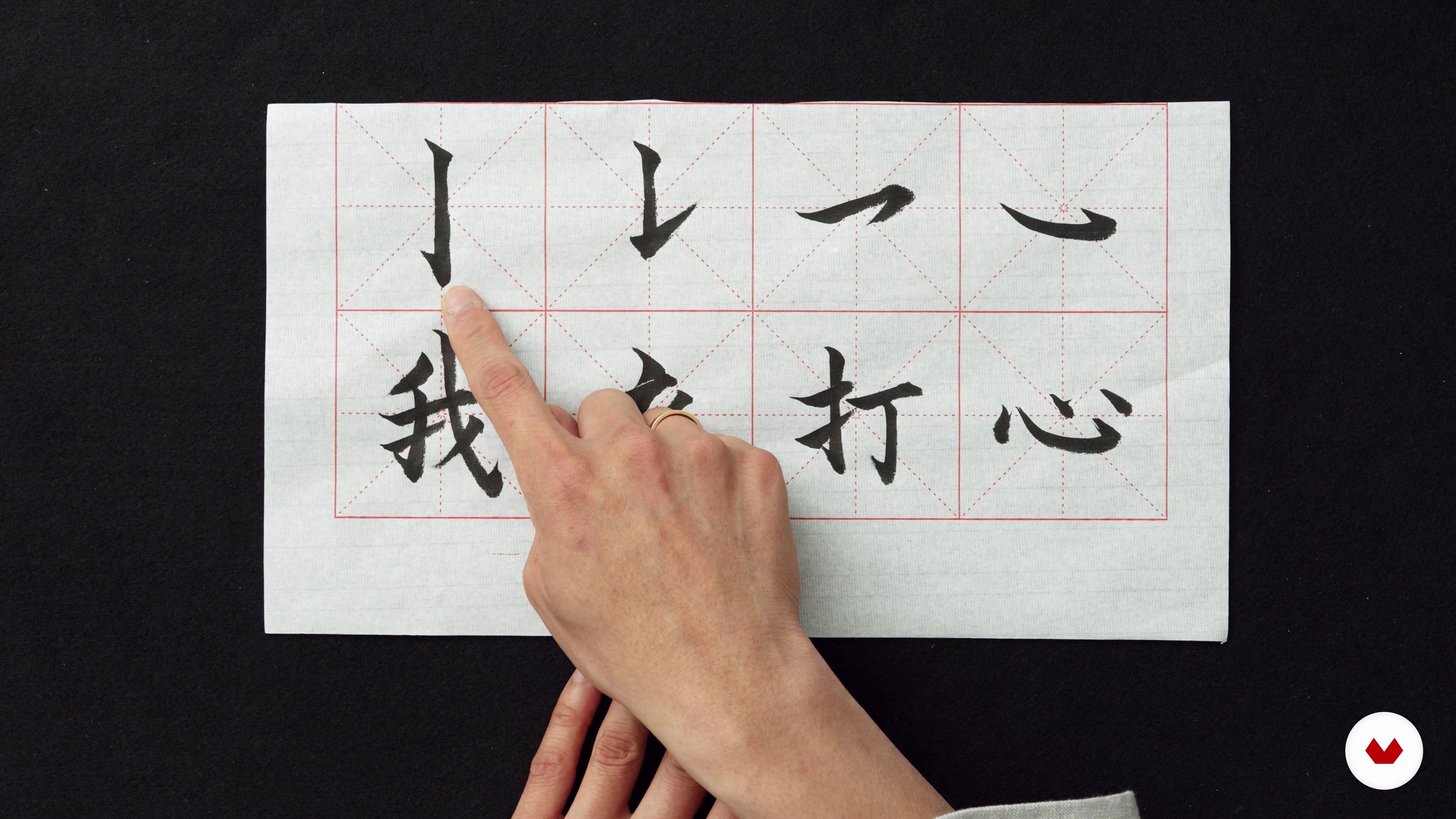
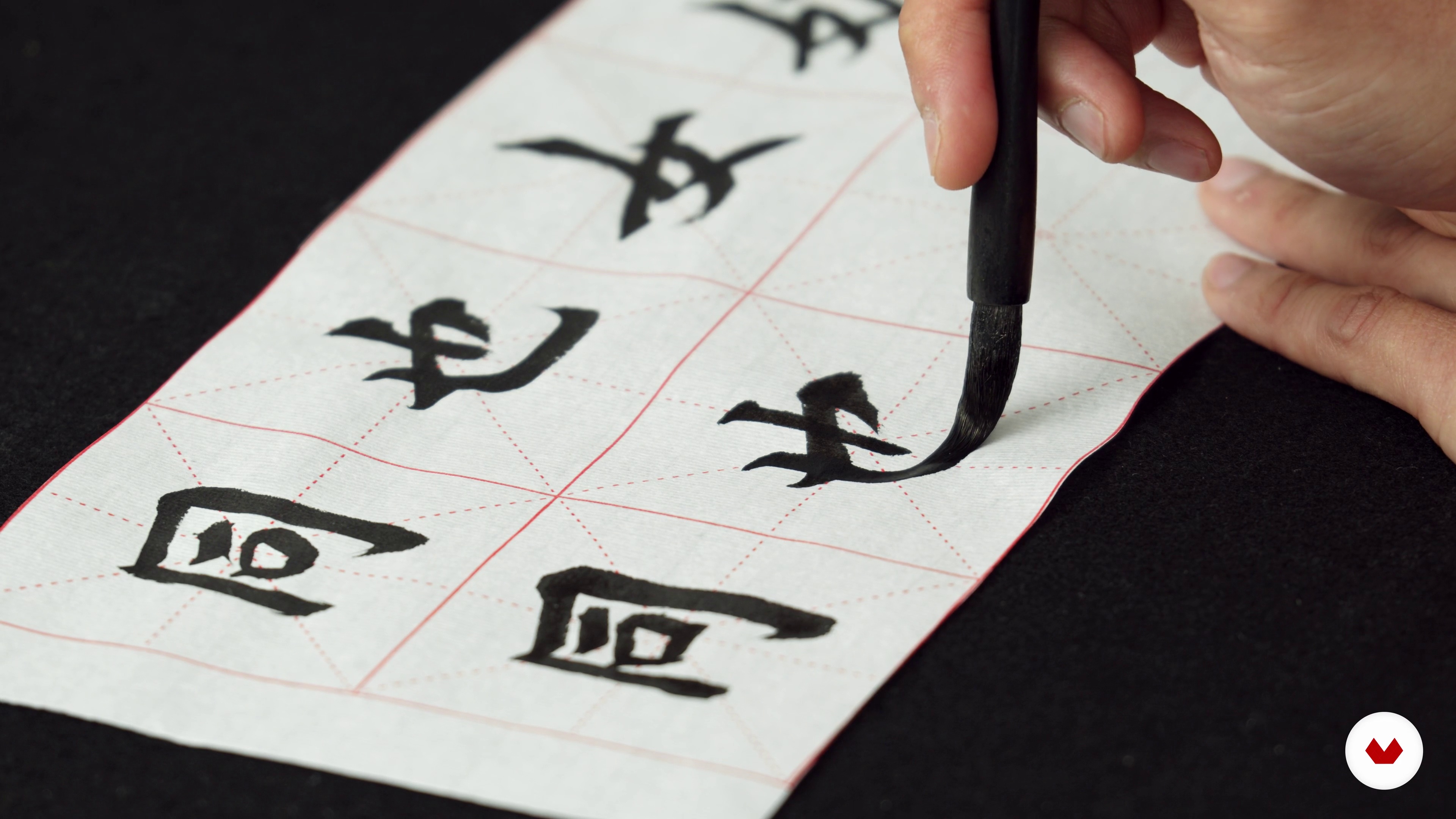
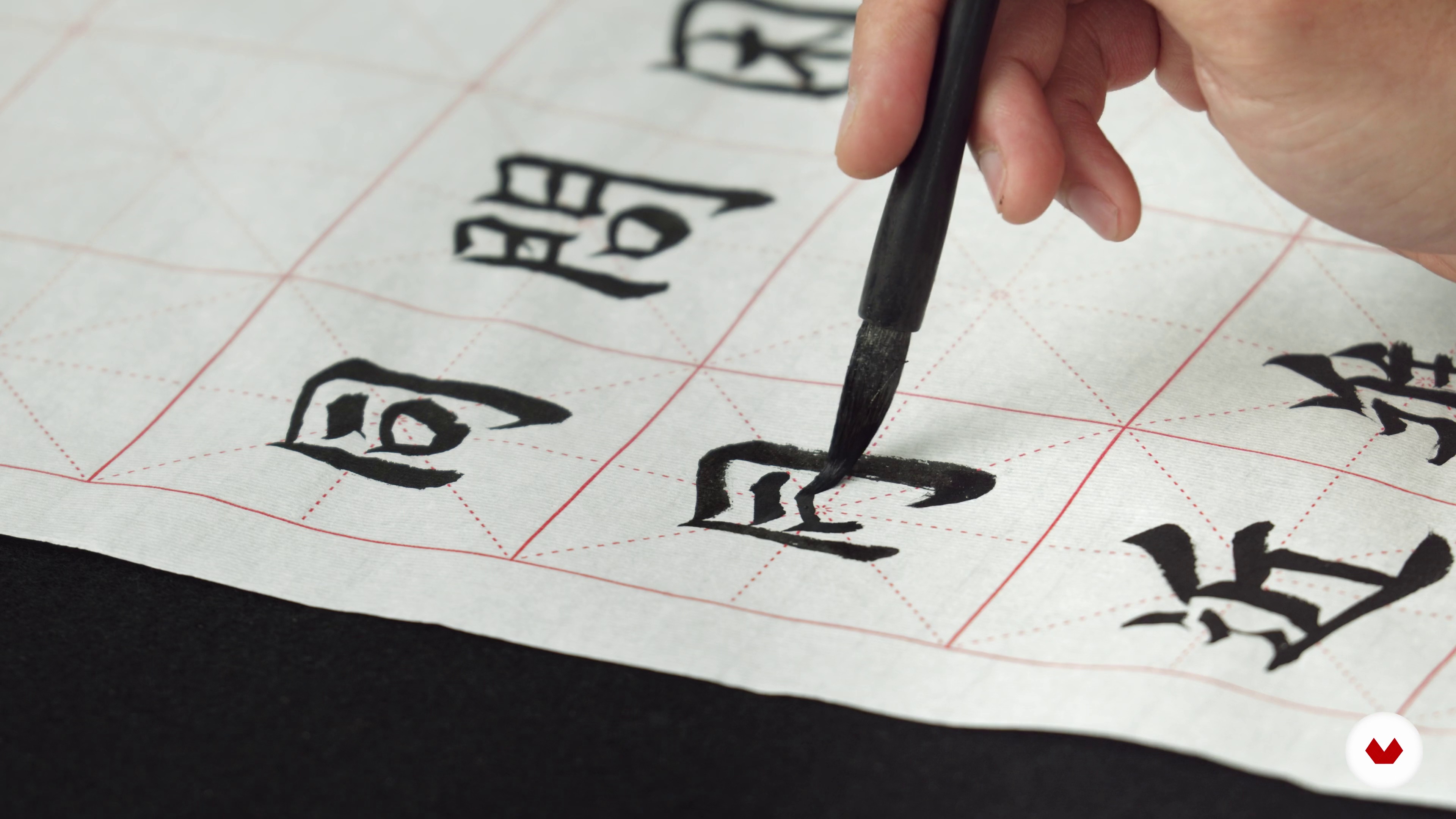
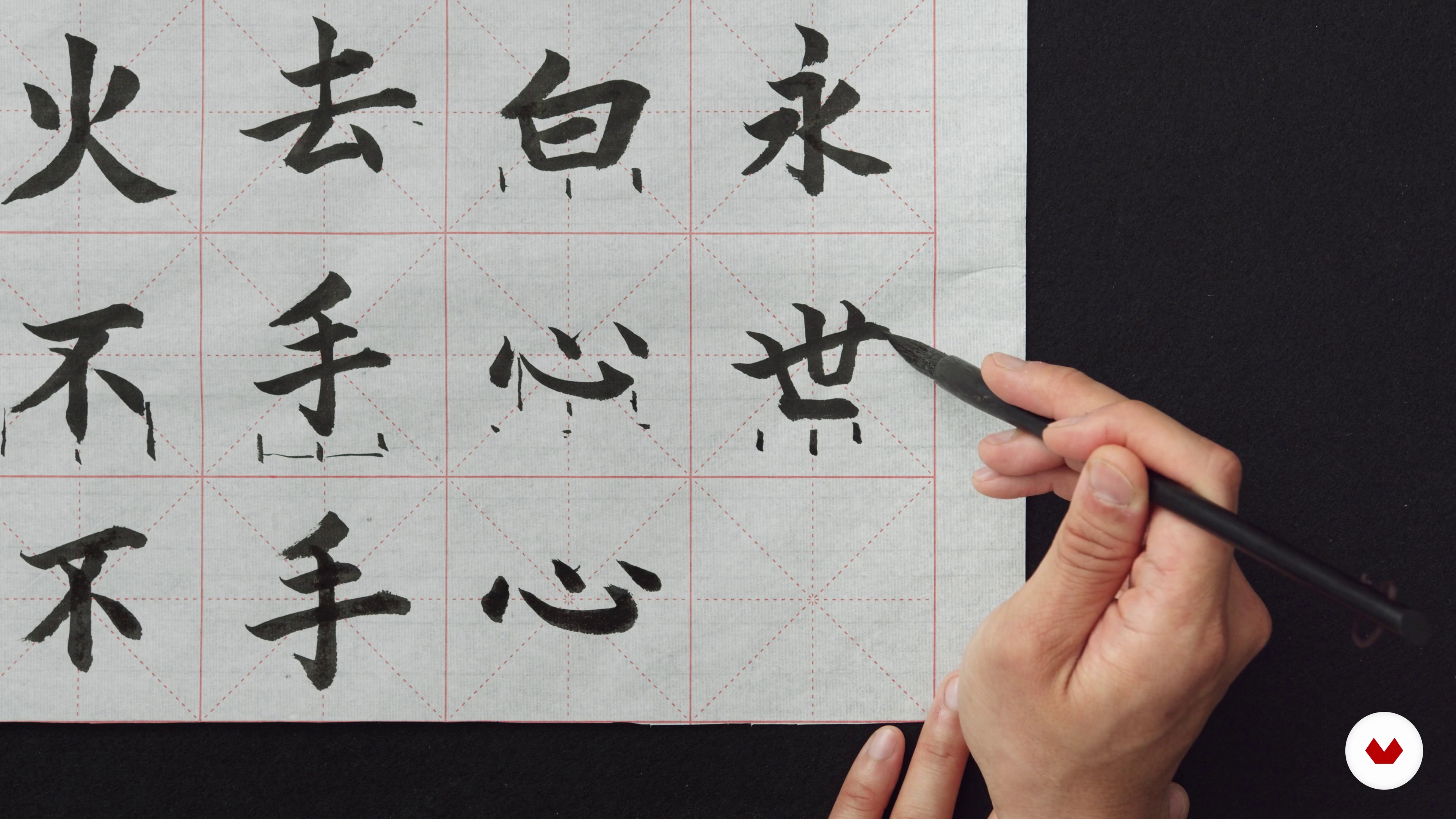

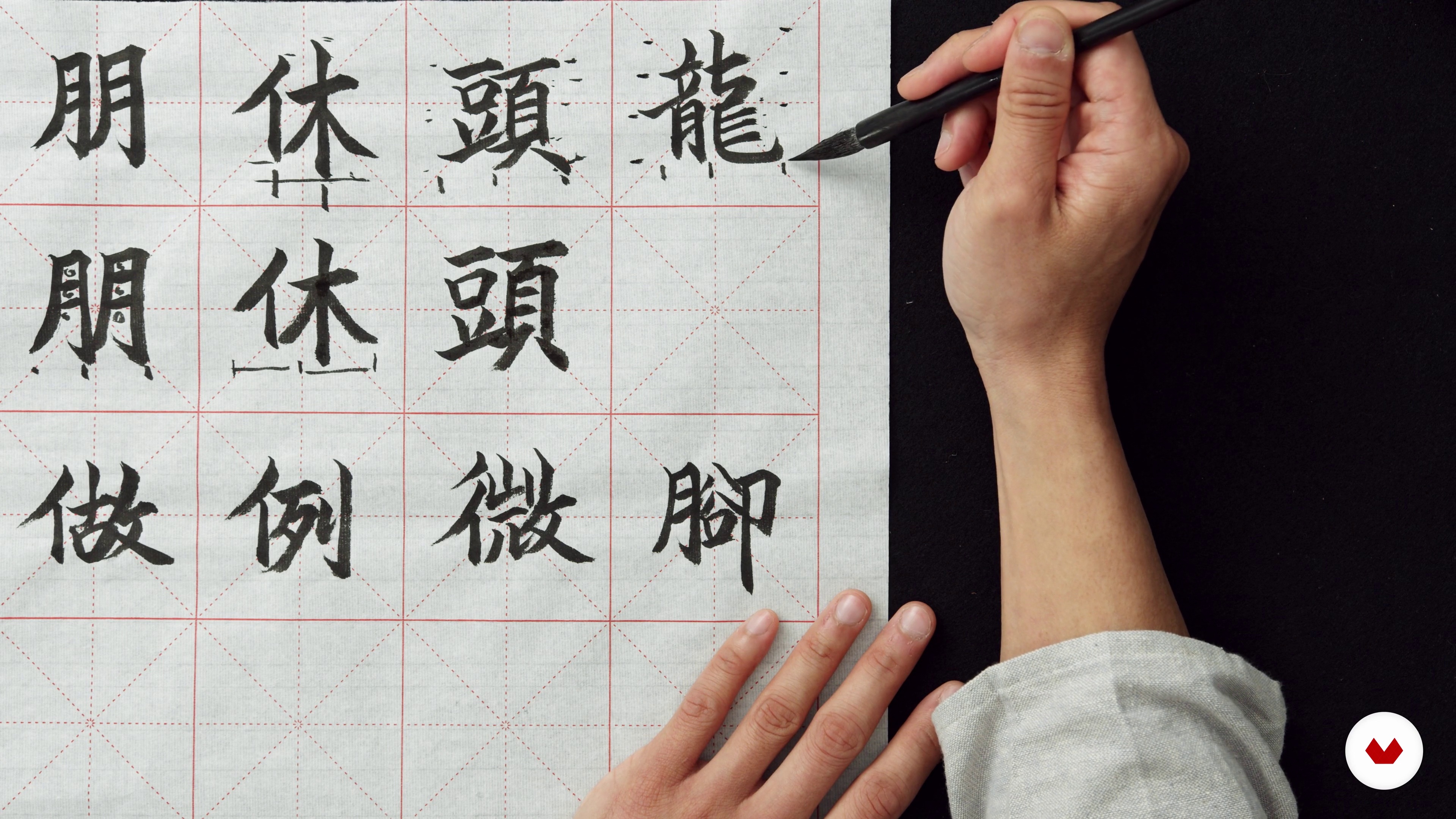
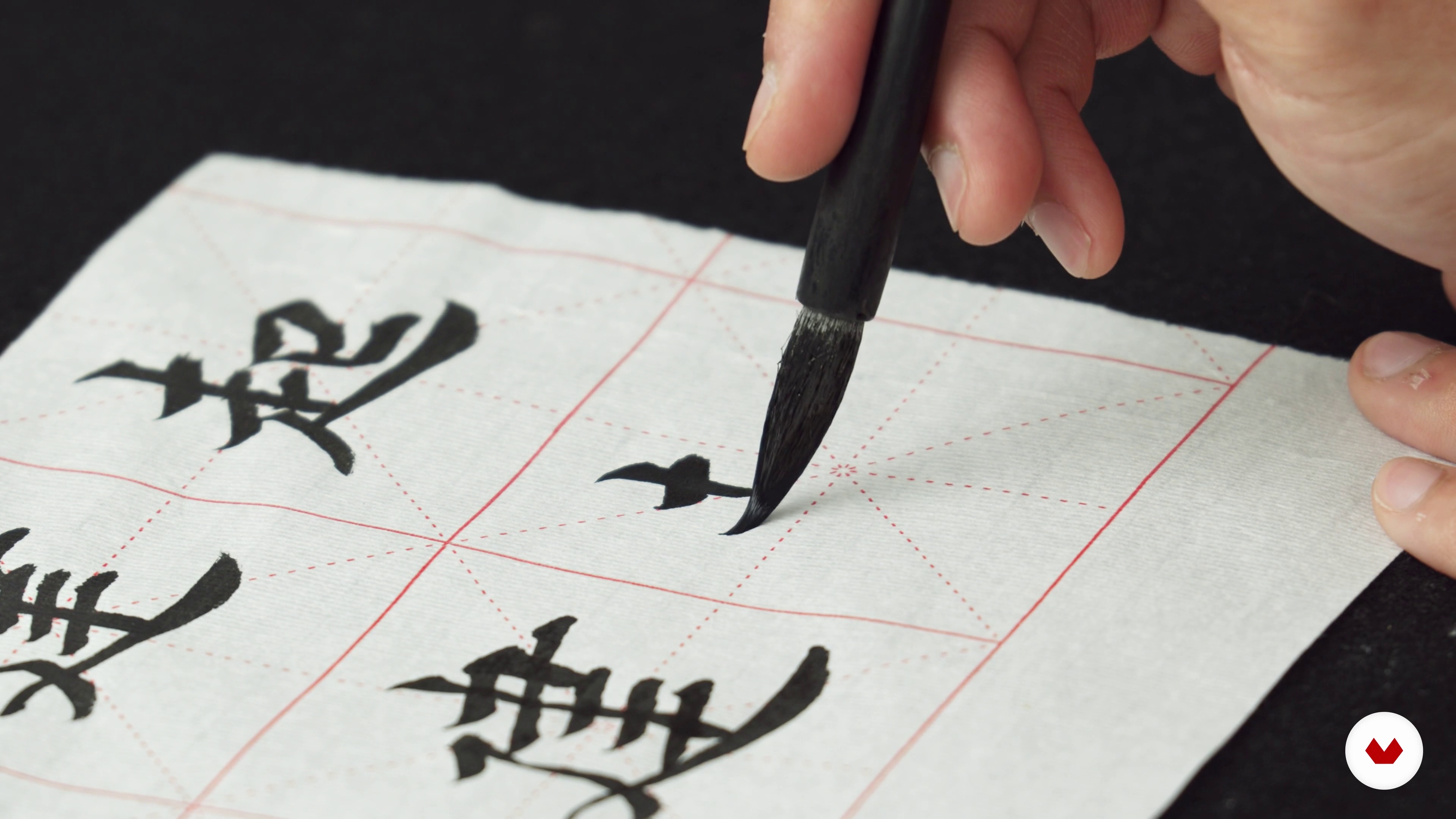
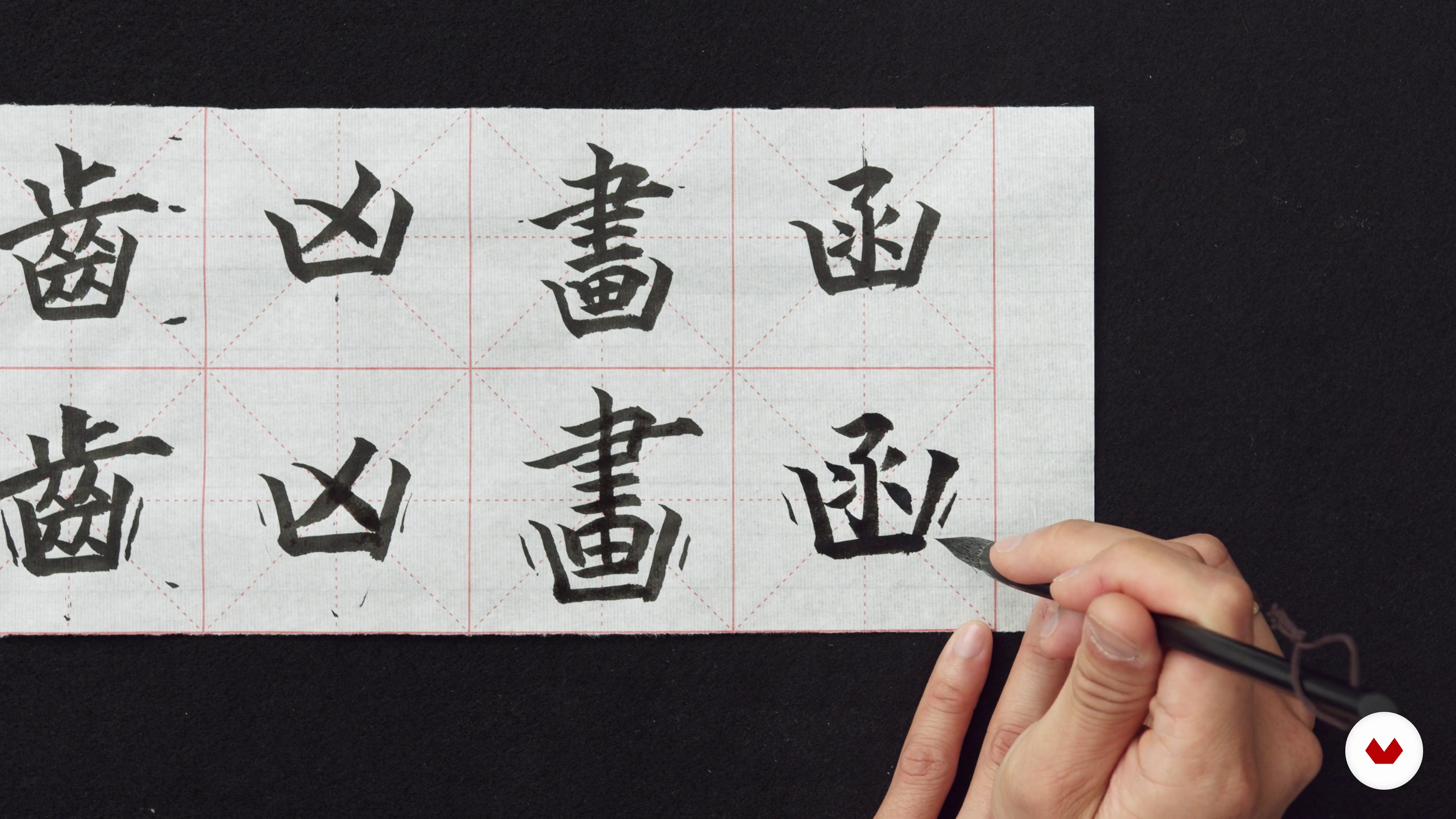
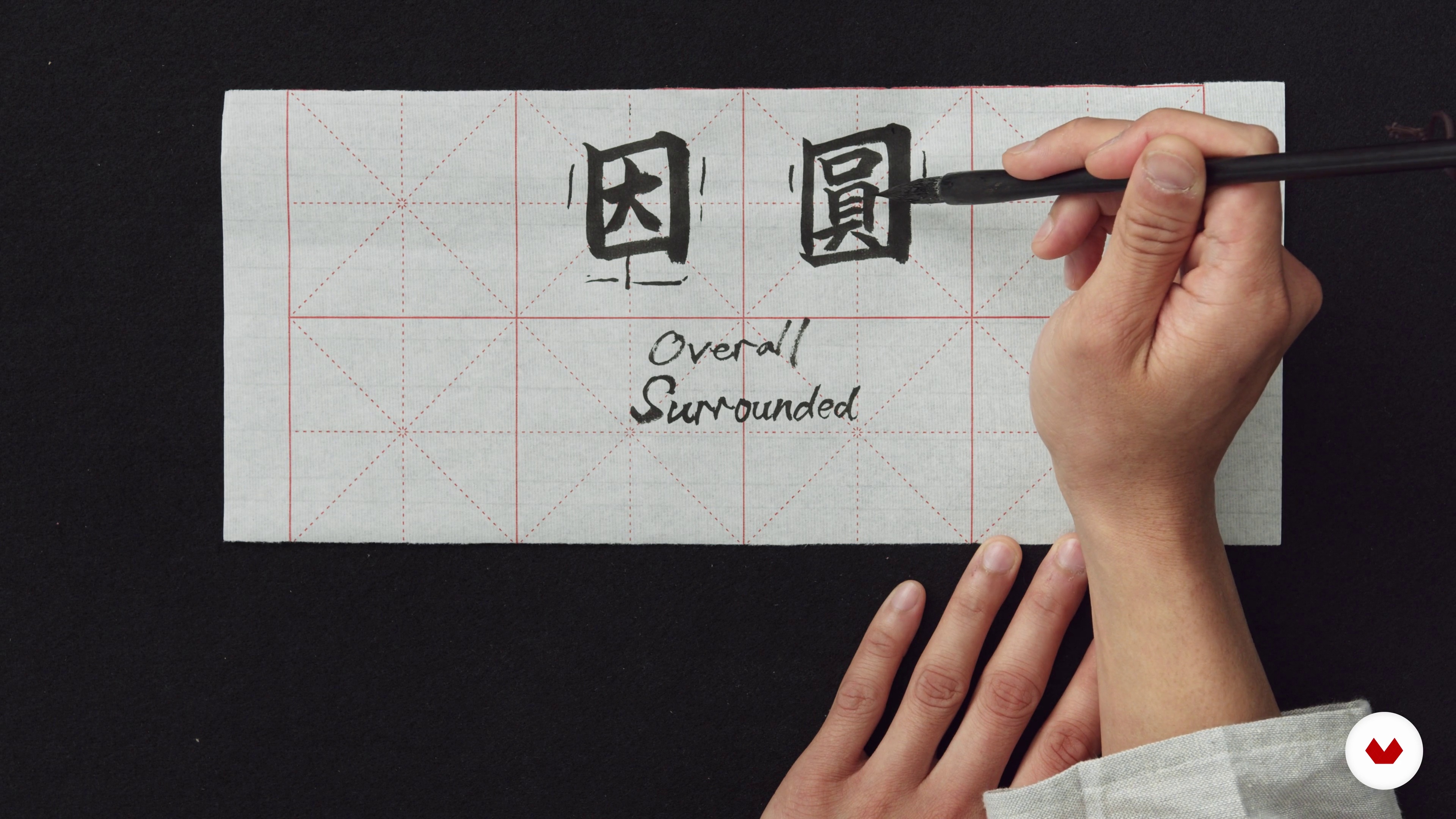
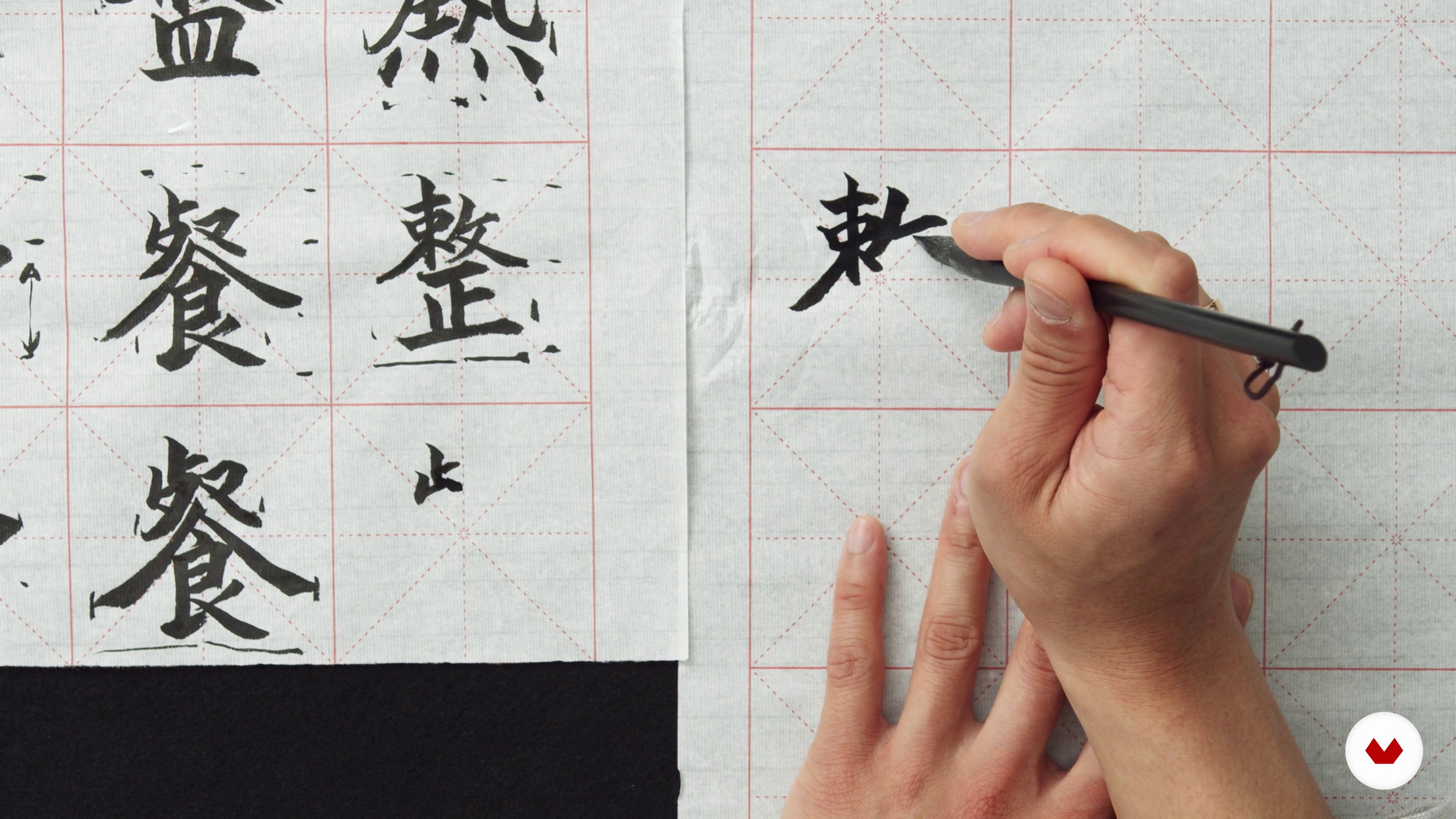

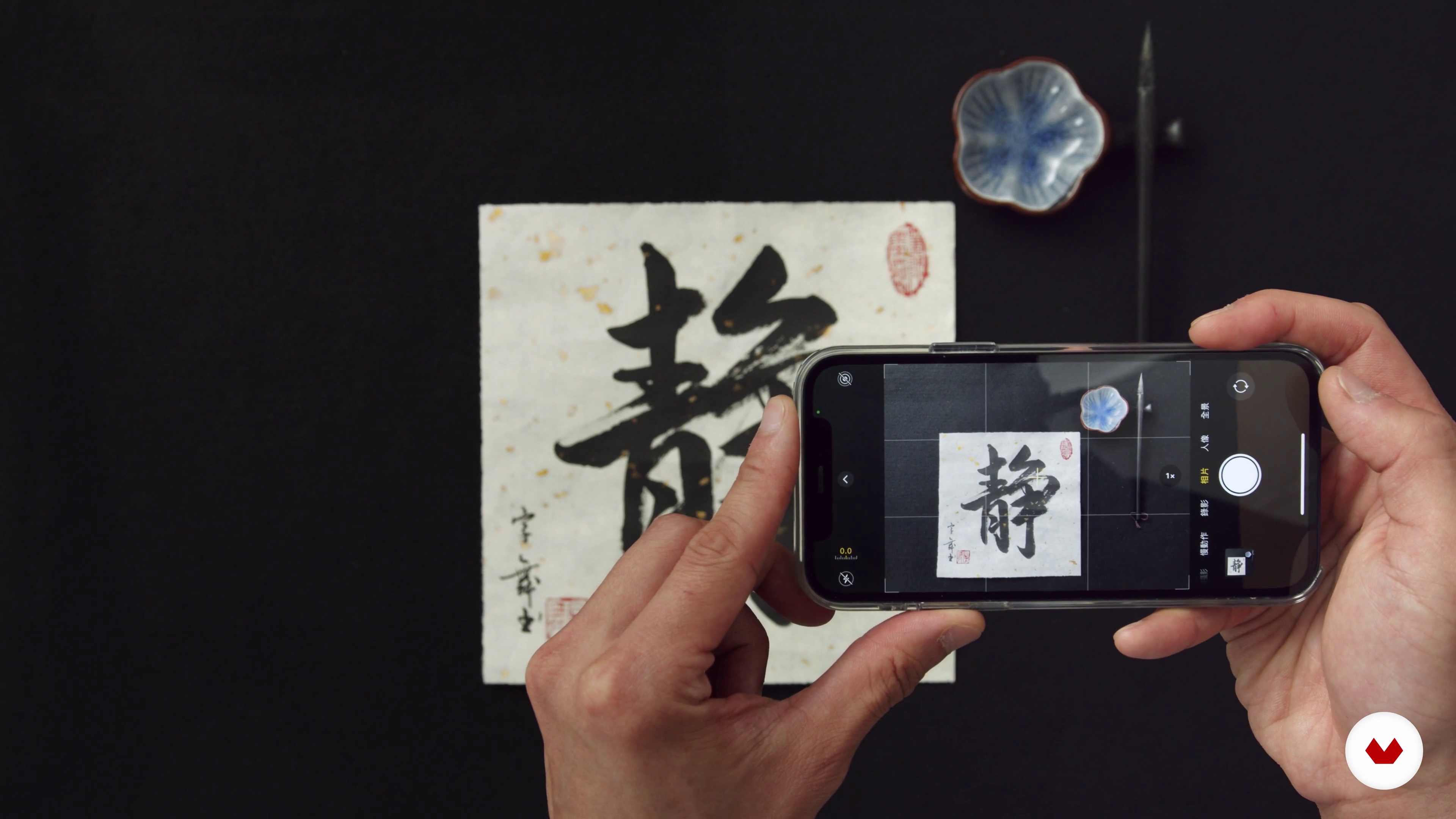

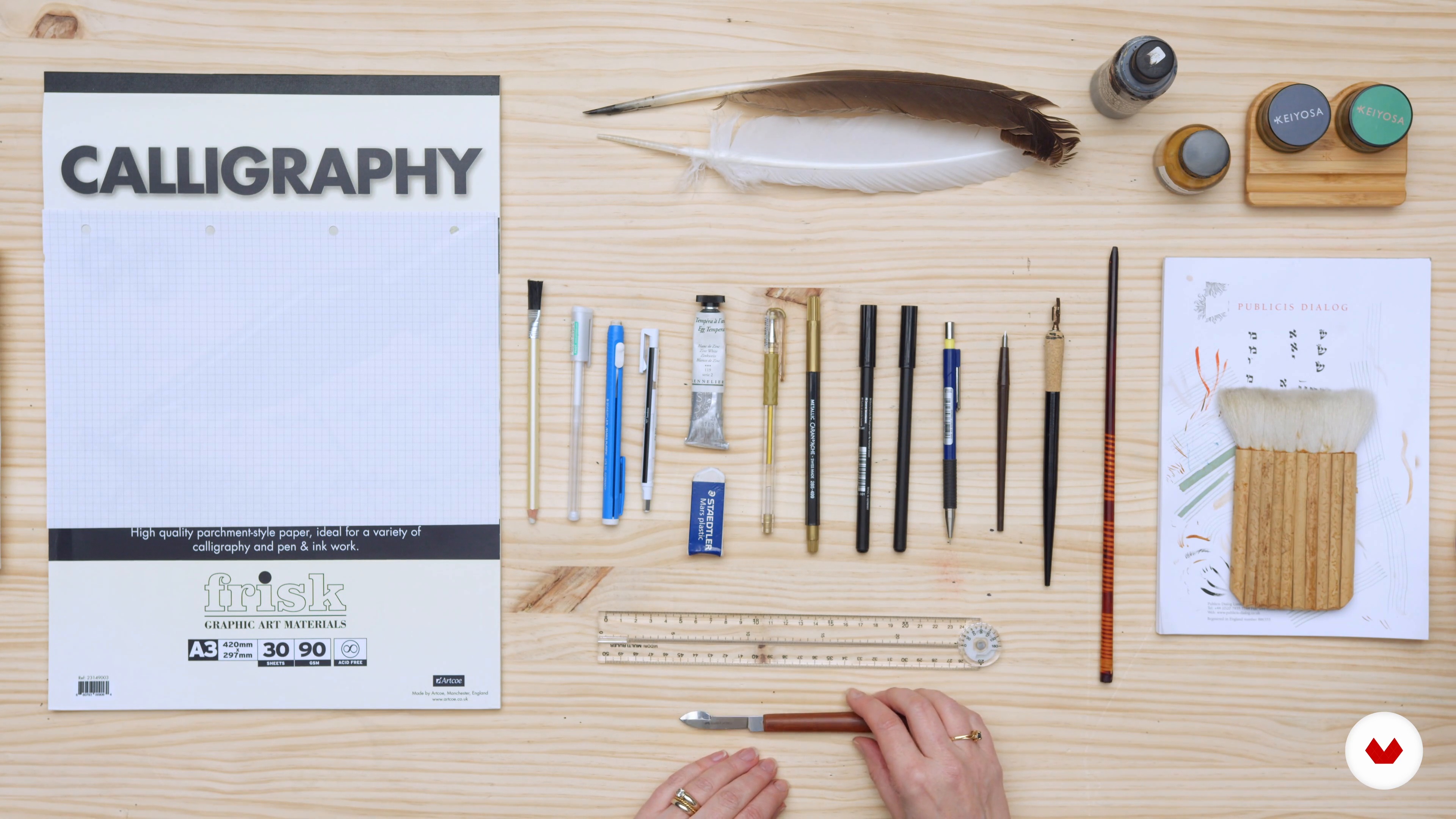
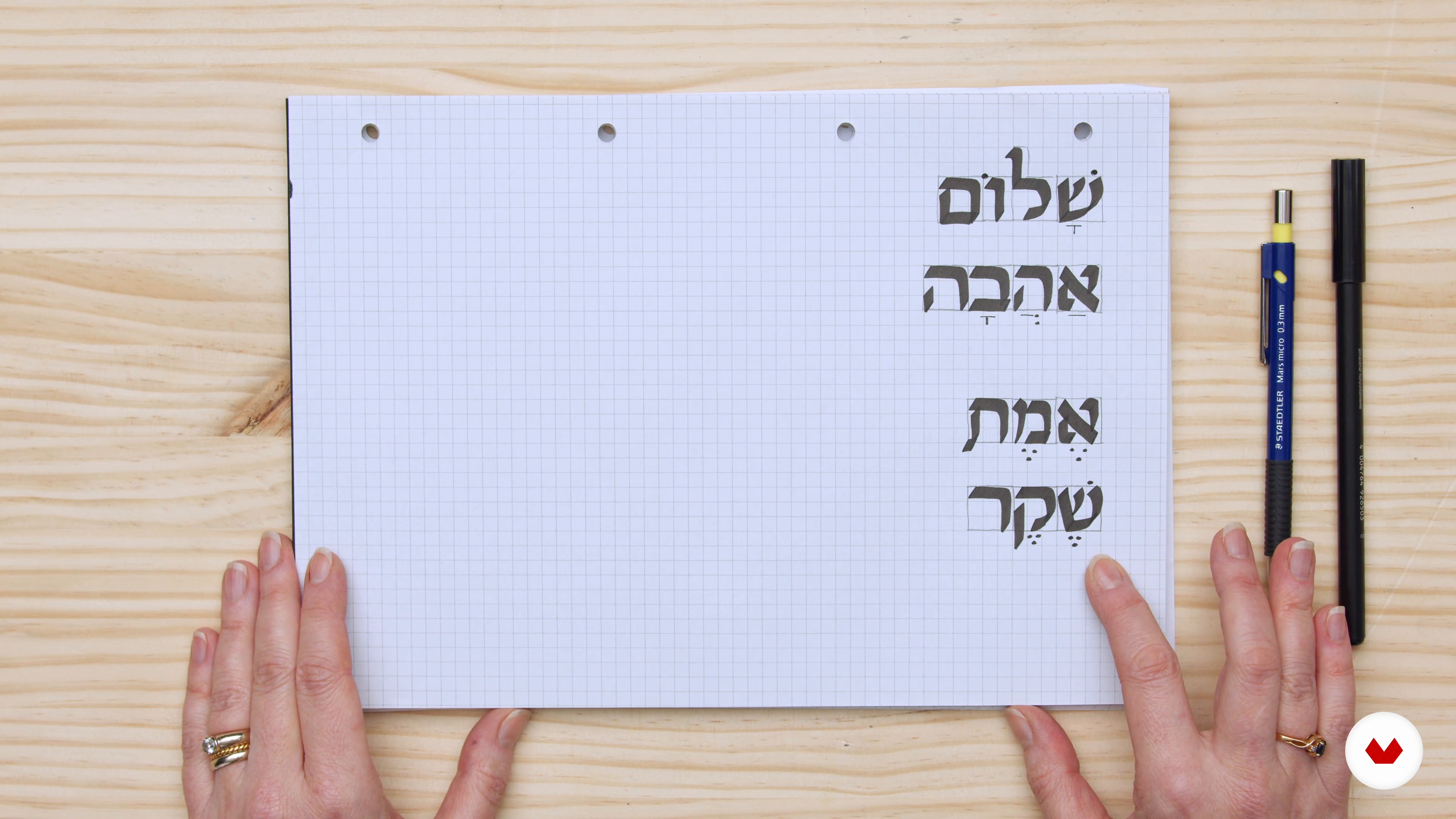
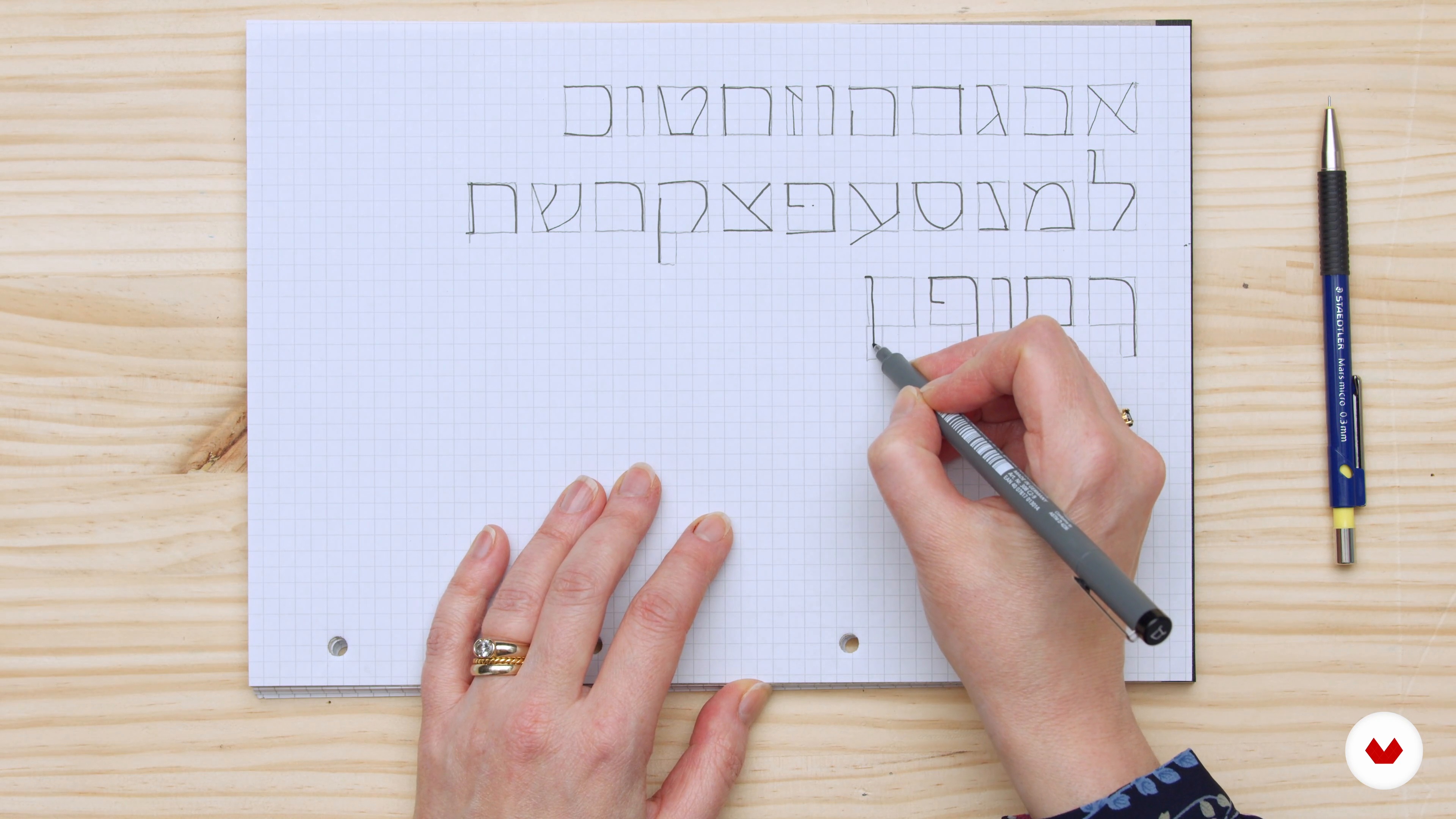
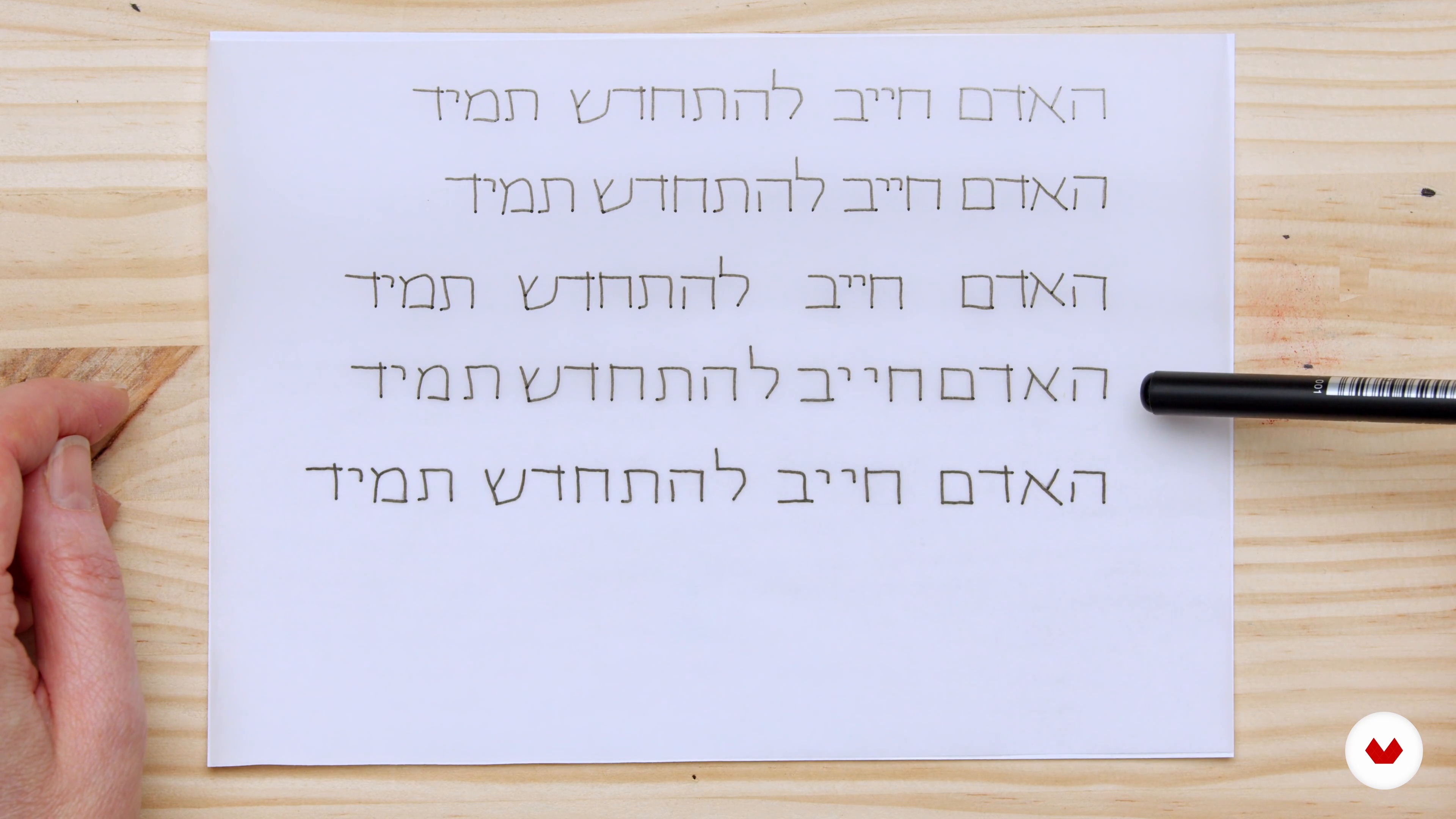
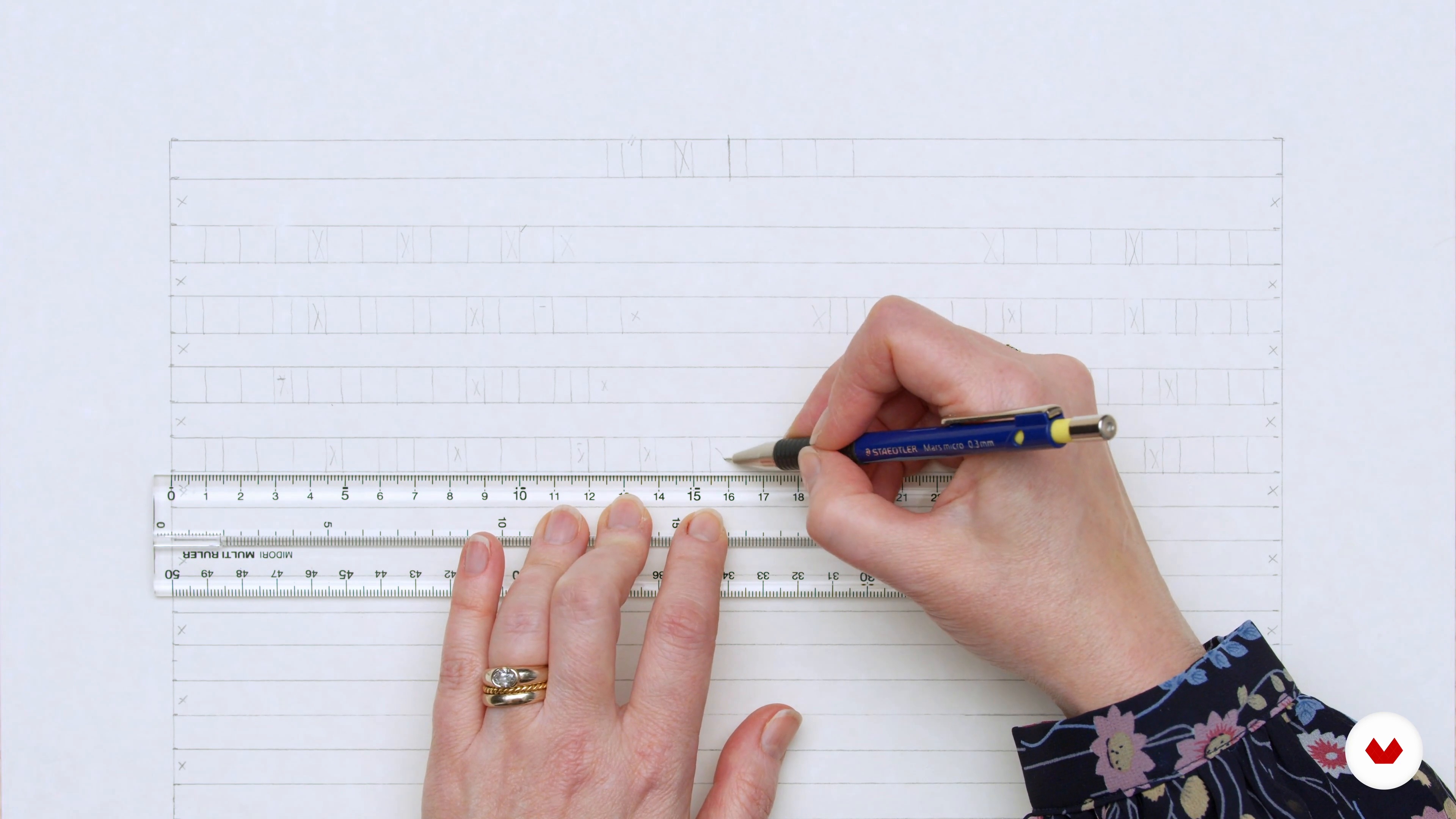
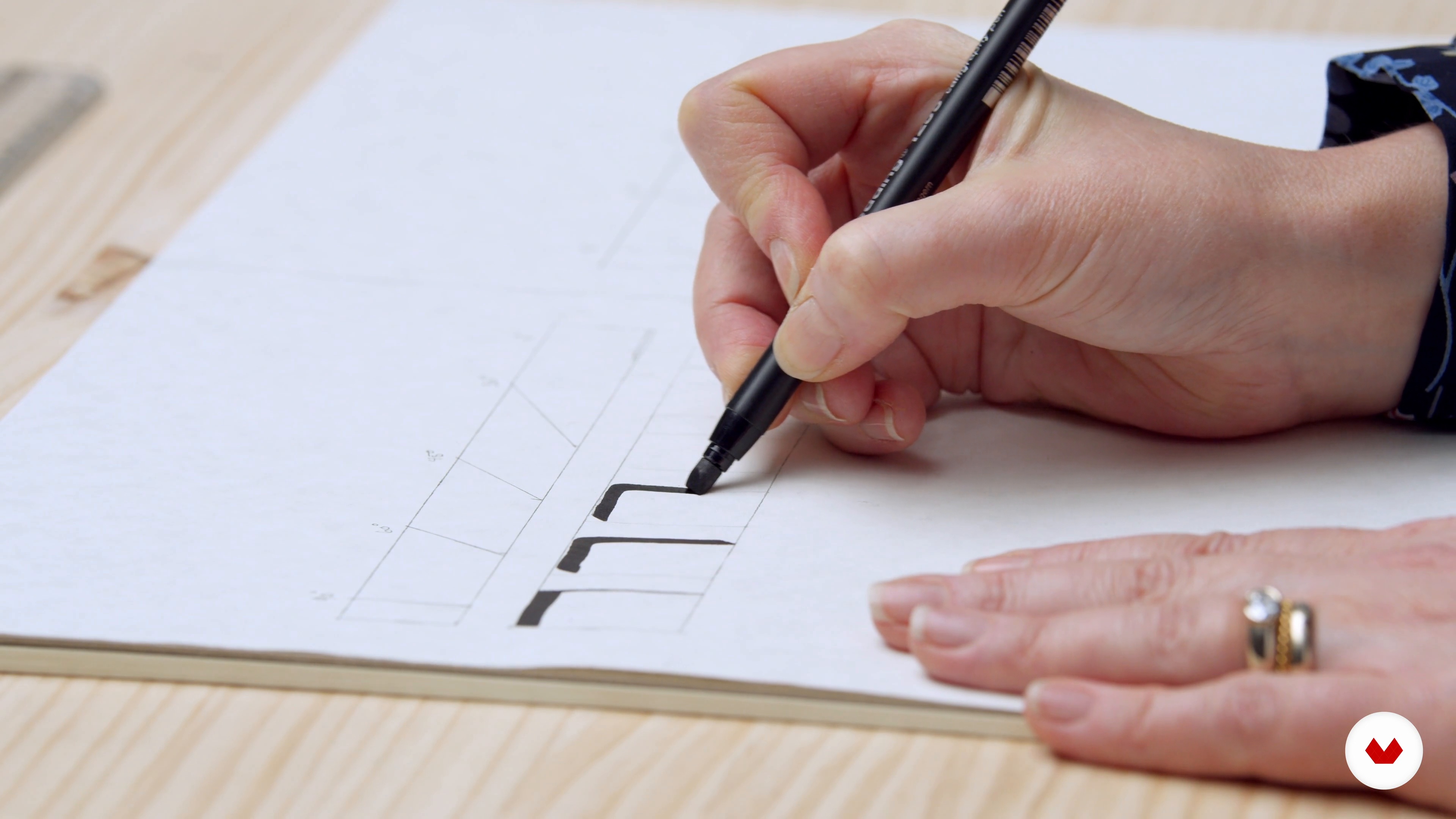
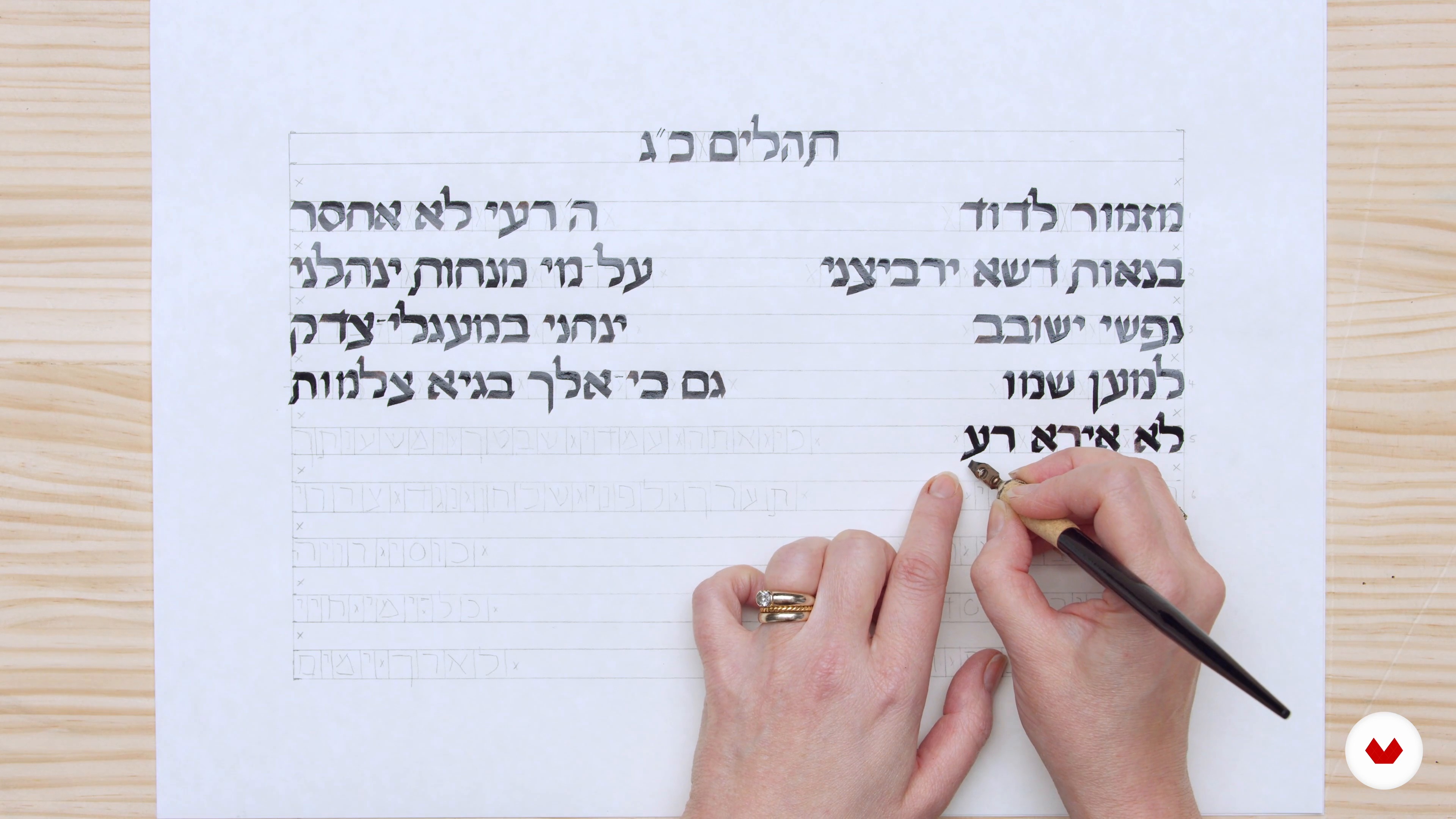
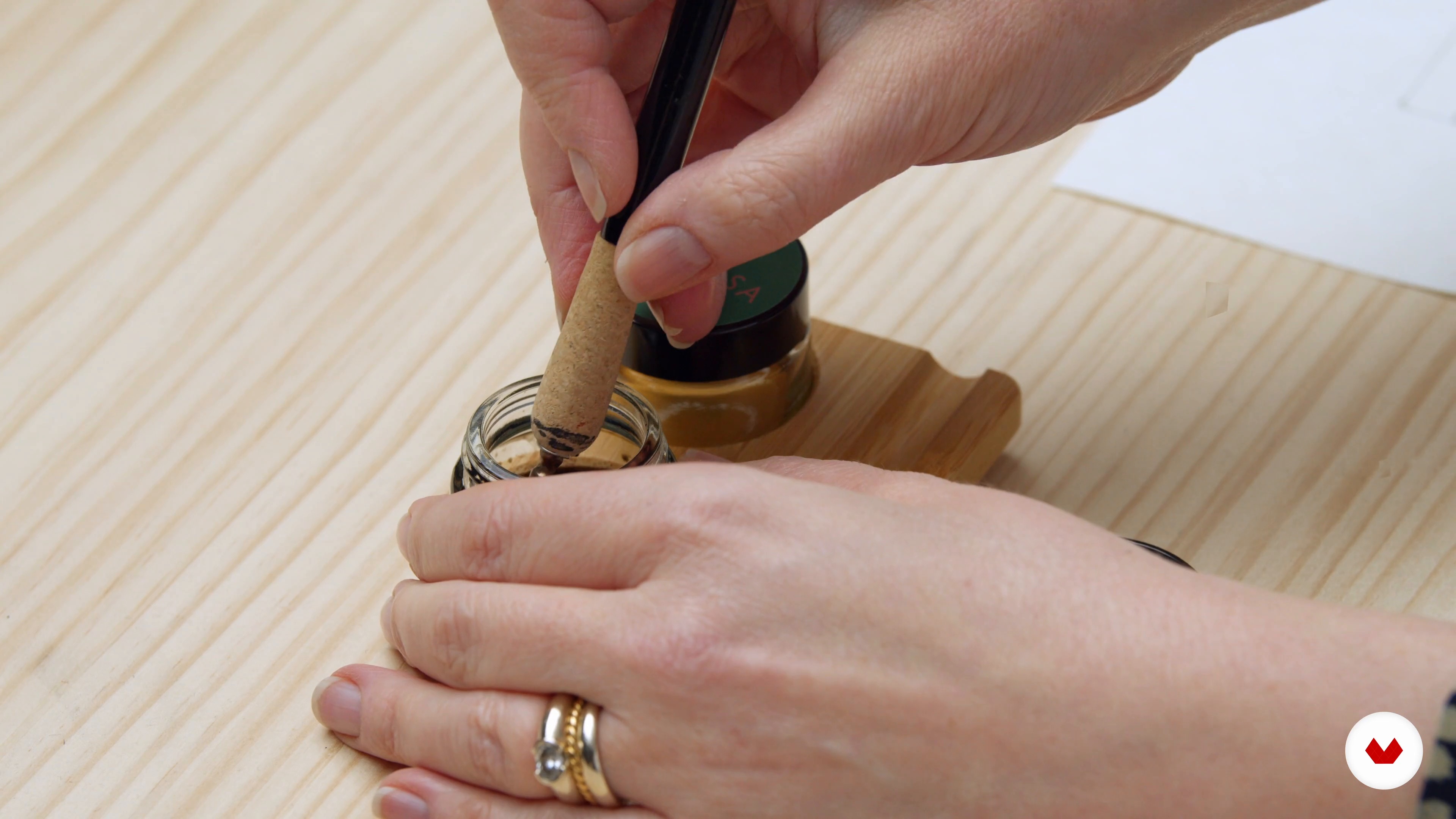
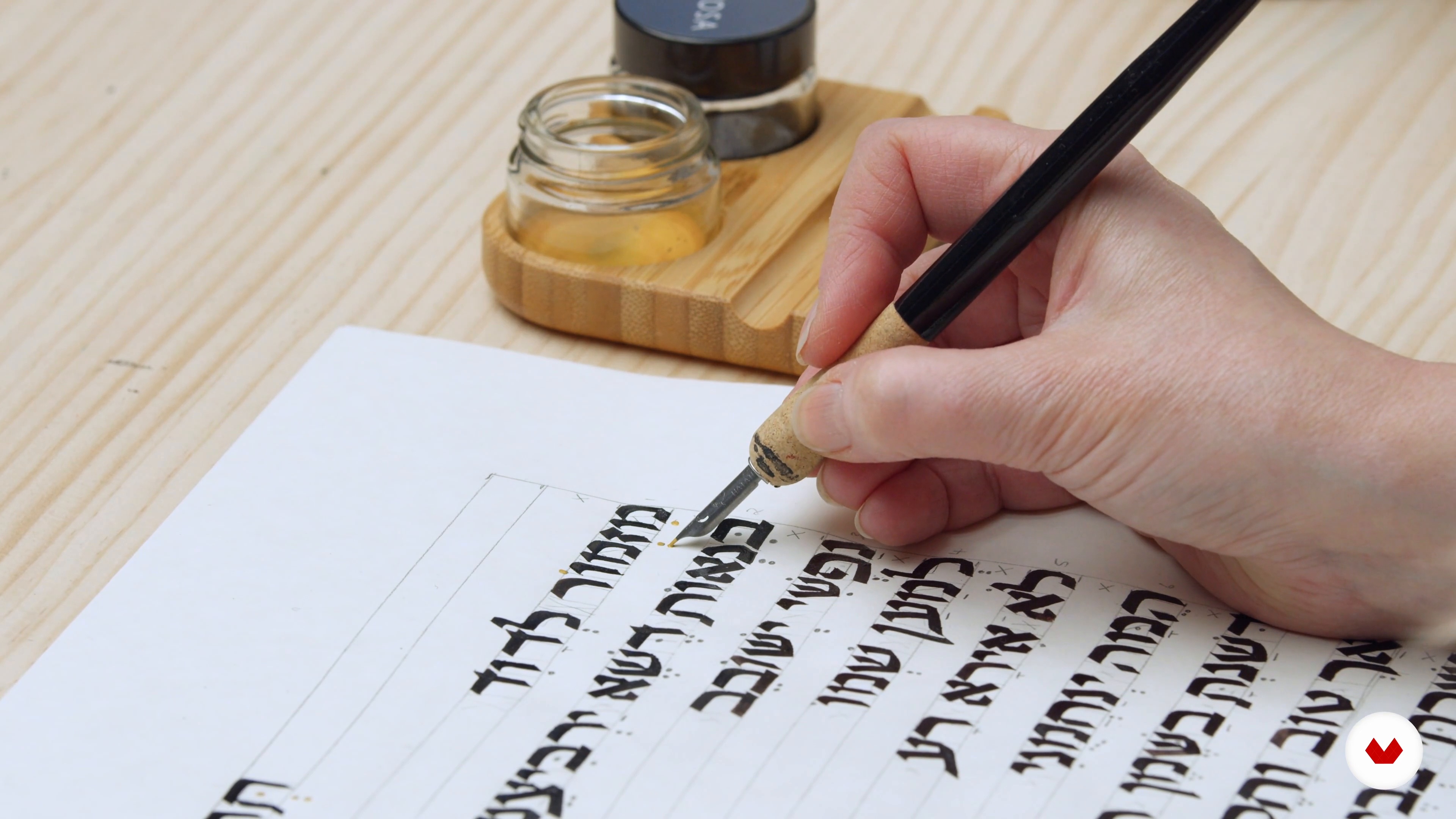
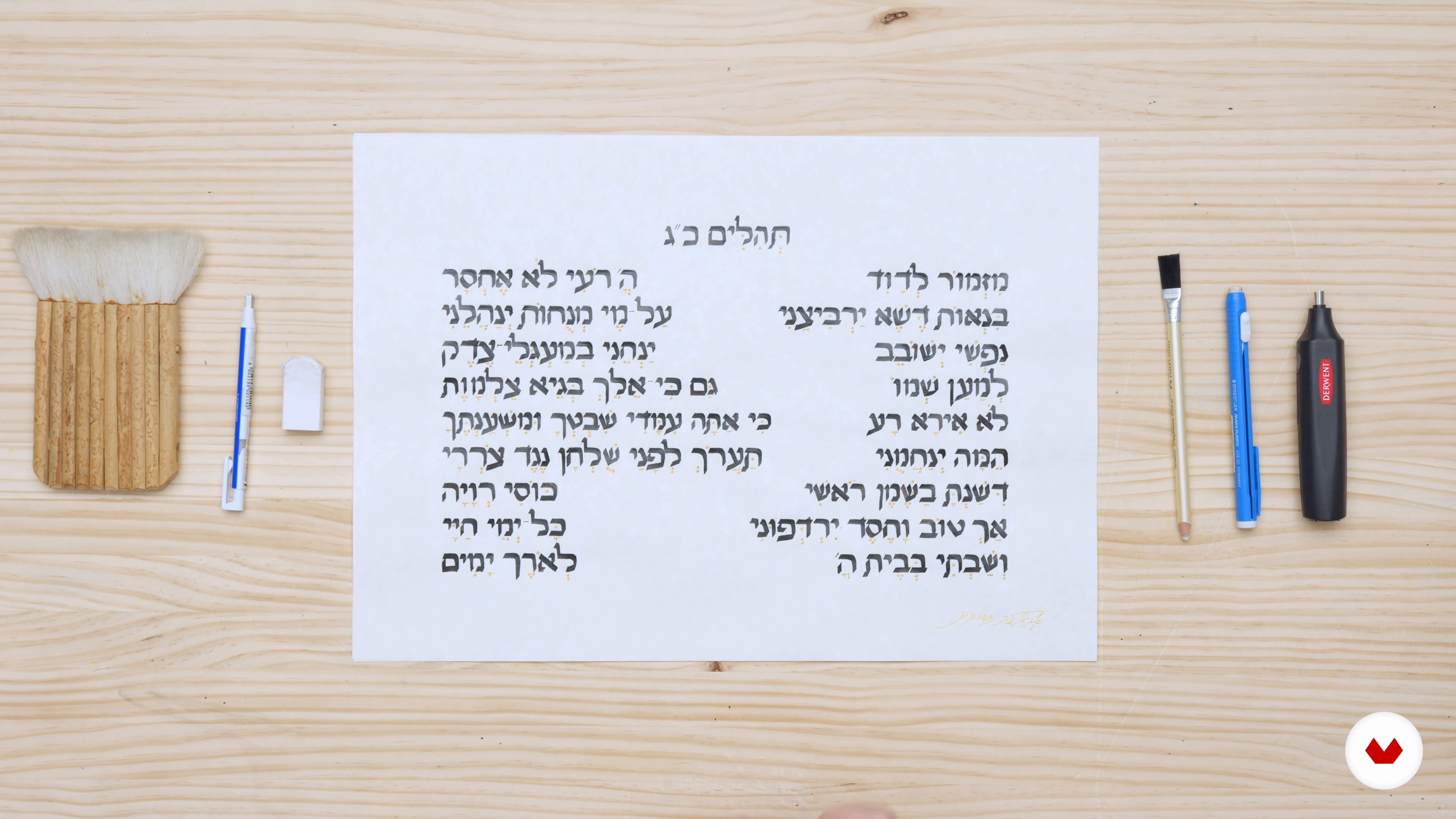
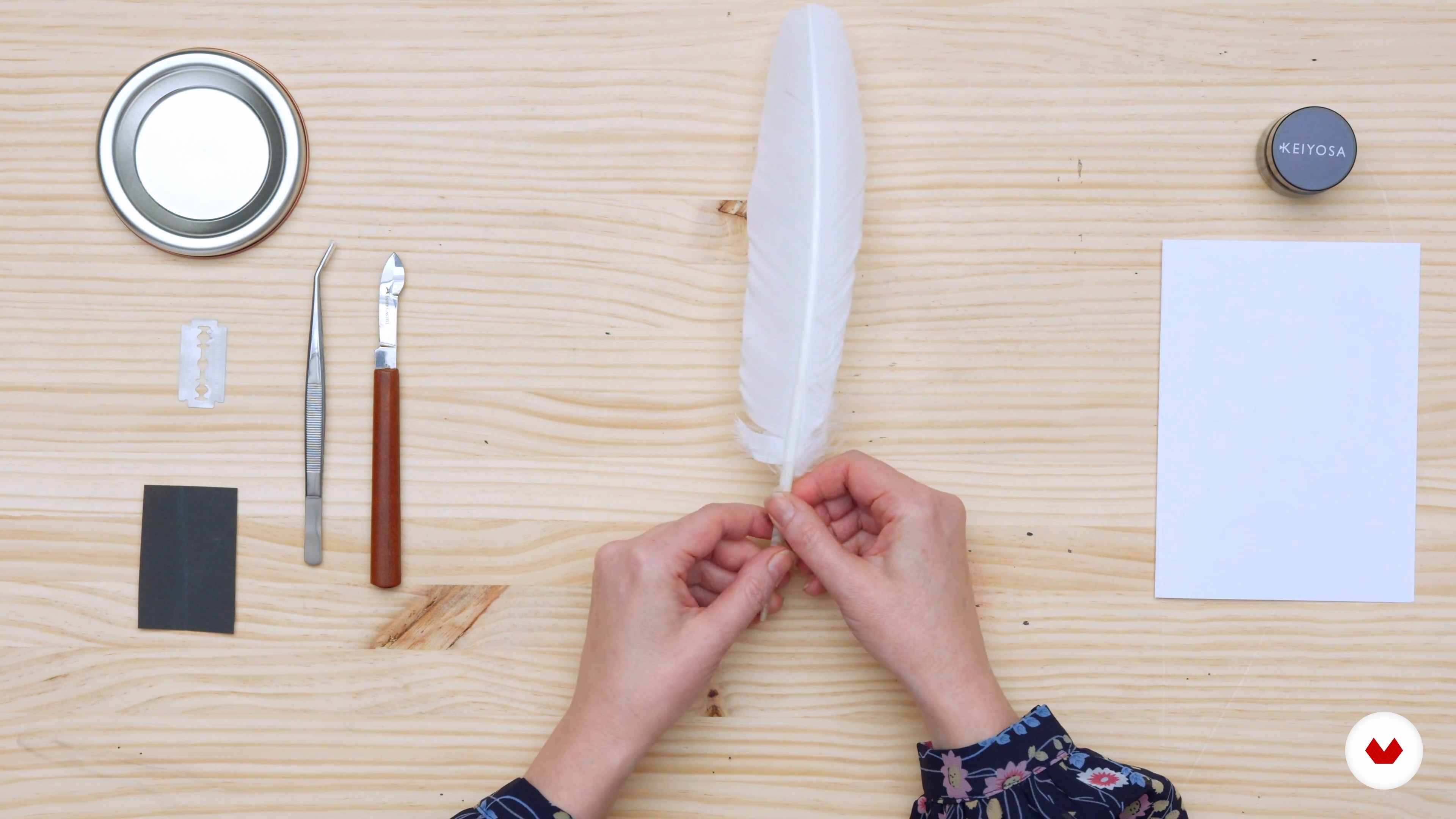
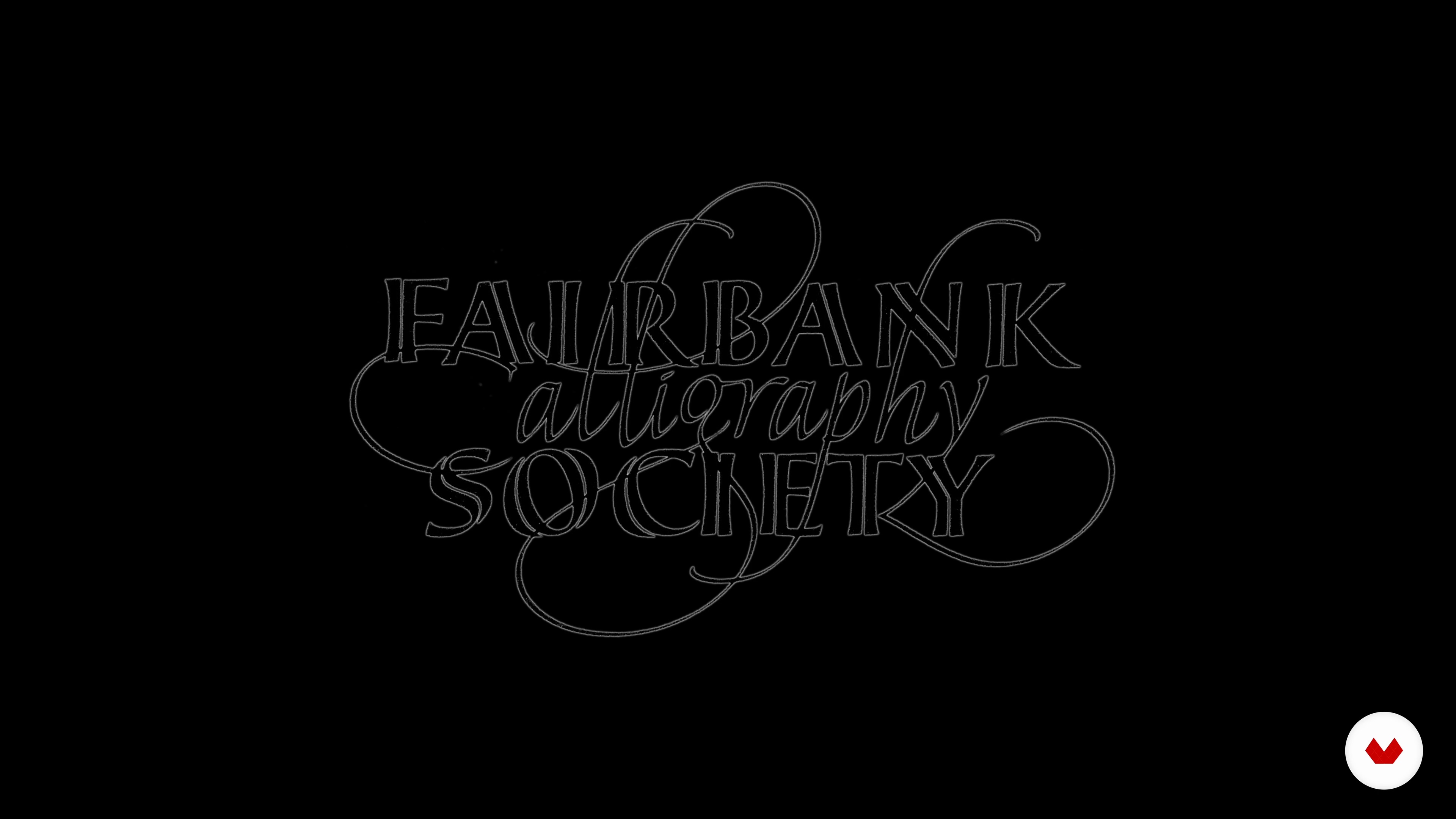
- 100% positive reviews (2)
- 268 students
- 90 lessons (15h 27m)
- 97 additional resources (50 files)
- Online and at your own pace
- Audio: English, Spanish
- English · Spanish · Portuguese · German · French · Italian · Polish · Dutch
- Level: Beginner
- Unlimited access forever
What is this course's project?
Create a visually appealing calligraphy composition by applying modern techniques and expressive strokes, blending poetic text with visual storytelling, mastering traditional brush techniques, and crafting elegant scripts in diverse cultural styles, showcasing your unique calligraphic style.
Who is this specialization for?
Aspiring calligraphers and art enthusiasts seeking to explore diverse styles and cultural scripts, enhance their artistic expression, and learn the creative process of forming beautiful letterforms will find this online course enriching and insightful for both personal and professional growth.
Requirements and materials
No extensive prior knowledge is required. Basic necessities include paper, a variety of pens or brushes, ink, and a ruler. An open mind and curiosity to explore different calligraphic styles and techniques are essential to start the creative journey.







Reviews
What to expect from this specialization course
-
Learn at your own pace
Enjoy learning from home without a set schedule and with an easy-to-follow method. You set your own pace.
-
Learn from the best professionals
Learn valuable methods and techniques explained by top experts in the creative sector.
-
Meet expert teachers
Each expert teaches what they do best, with clear guidelines, true passion, and professional insight in every lesson.
-
Certificates
PlusIf you're a Plus member, get a custom certificate for every specialization course. Share it on your portfolio, social media, or wherever you like.
-
Get front-row seats
Videos of the highest quality, so you don't miss a single detail. With unlimited access, you can watch them as many times as you need to perfect your technique.
-
Share knowledge and ideas
Ask questions, request feedback, or offer solutions. Share your learning experience with other students in the community who are as passionate about creativity as you are.
-
Connect with a global creative community
The community is home to millions of people from around the world who are curious and passionate about exploring and expressing their creativity.
-
Watch professionally produced courses
Domestika curates its teacher roster and produces every course in-house to ensure a high-quality online learning experience.
FAQs
Domestika's specialization courses are online classes that provide you with the tools and skills you need to complete a specific project. Every step of the project combines video lessons with complementary instructional material, so you can learn by doing. Domestika's specializations also allow you to share your own projects with other students, creating a dynamic course community.
All specialization courses are 100% online, so once they're published, specialization courses start and finish whenever you want. You set the pace of the class. You can go back to review what interests you most and skip what you already know, ask questions, answer questions, share your projects, and more.
The specialization courses are divided into different modules. Each one includes lessons, informational text, tasks, and practice exercises to help you carry out your project step by step, with additional complementary resources and downloads. You'll also have access to an exclusive forum where you can interact with other students, as well as share your work and your final project, creating a community around the specialization course.
You can redeem the specialization course you received by accessing the redeeming page and entering your gift code.


mstorniolo
Excelente el curso. Muy completo. Los estilos caligraficos diferentes y hermosos
View translation
Hide translation
illustratrice77
Corso veramente completo e super creativo. Lo consiglio!
View translation
Hide translation